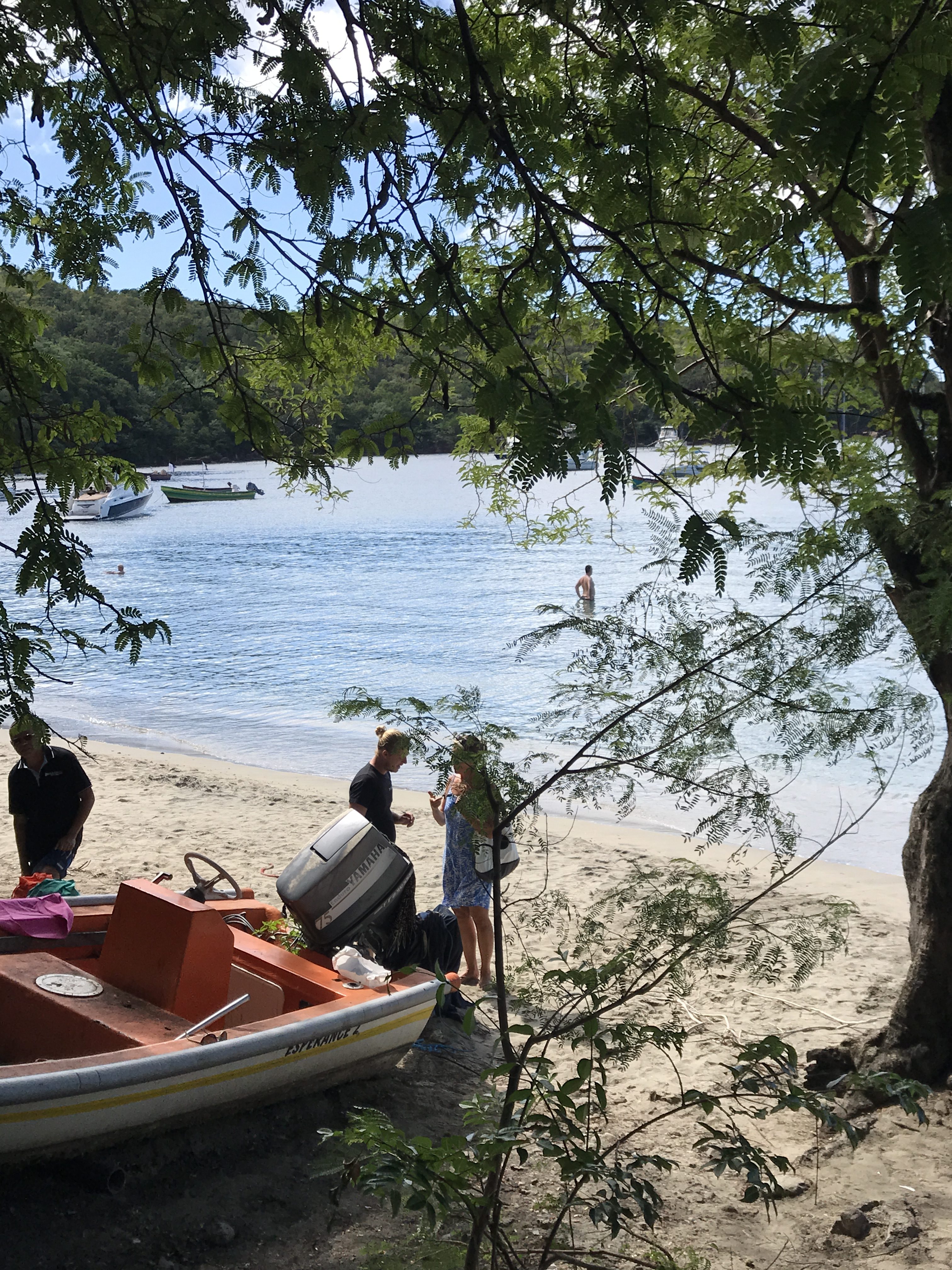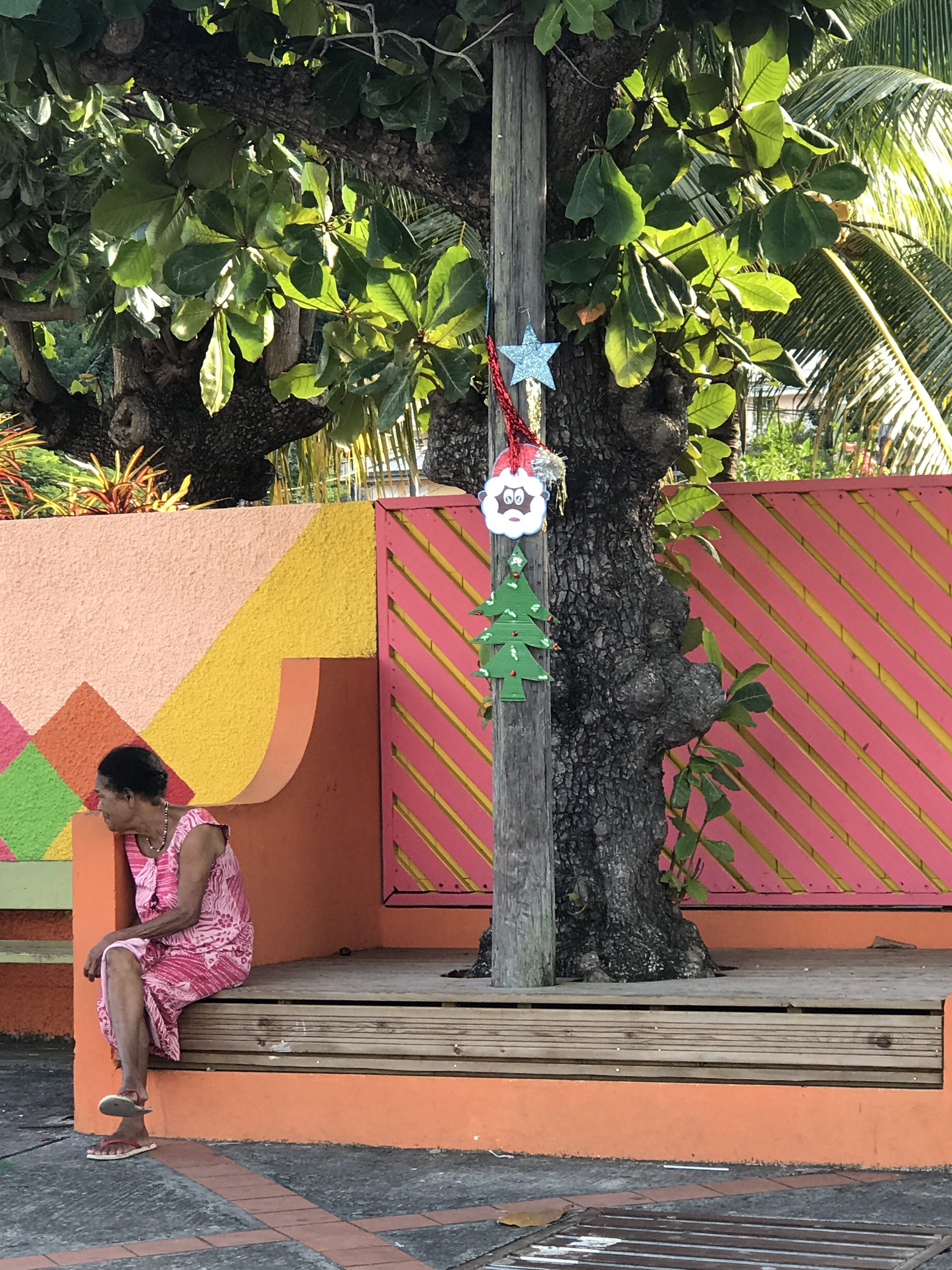Now we are back again, and it all repeats itself. But before we get to that, let me bring you back to the middle of May when we arrived to St. George, Grenada for storing North Star. It was a great advice from our good friend Ian, that we should stay in Port Louis a few days, before we went south around the corner to Clarks Court Marina. Down there it is a bit rough, while in St George, everything is available, including a large Island Water World boat store close to the marina. But you have to book in advance.
Here we emptied the boat for everything which could be eaten by any type of animal. This means that all we have left was tinned cans, and only those which were undamaged. So flour, sugar, spices, freezer content, ready to make dishes – yes everything has to go to keep the Cockroaches, Ants, Rats, wasps or anything else with four legs or more, out of the boat.
Then you clean everywhere, including the bilges and the on deck storage room. And then you wipe everything down in vinegar to prevent mould to start grow.
This was only indoor, now you clear the deck completely for everything which could go air born. In our case that meant the boom had to be taken off together with life raft, fenders antennas etc. Our insurer Pantenius, have some pretty straight forward demands when it comes to leave a boat in a potential hurricane area. Then you check the rigging, anchor gear, life raft, communication gear and electronics for defects or leaks.
At this point the boat is hauled out and transported to its storage place in an iron cradle, which was custom made for North Star.

Then everything is covered and closed off, including every opening into the boat. Yes, seacocks, ventilation openings, drain holes and windows and finally a boat cover is put over our teak deck for protection. Of course engine, generator and water maker needs to be emptied, oil changed and preserved and then you are ready…
This took us about 2 weeks in 30 degrees and in a humidity of close to 95%. And then they say cruising is all about GT’s on the afterdeck and beautiful look outs!
But said that, we actually enjoy that we have to work to keep moving forward towards new horizon. After you have gone through the boat, you also have a great library of knowledge. Knowing what is in great shape and what needs to be looked after, when we return.
North Star are by any standard in a pretty nice shape and is kept at a high level of maintenance as we believe in fixing before things break, as this allows us to pick the place for the repair. But the environment in which we live is harsh and unforgiven. Therefore even so, many items is on the maintenance list for our return and many items have been fixed while we were away.
So now we are back and the proces starts again but in reverse. We start polishing and cleaning outdoor. Then we move all the items, which have been secured below up and back in place – so we slowly start having room to work below deck. Then the checking and controlling of every piece of equipment on board. Six months on the hard in a tropical climate can have a dire impact on hydraulic or electrical systems.

As everything eatable on North Star had to be given away, we have to provision for about three months of food. This is not quite as easy as home, so this is a couple of days of driving, lifting buying and packing as well. As Marie have described earlier, all food items needs to be washed, cleaned, unwrapped before they are taken on board. Again to avoid the four to ten legged…
Then we start to mount the sails, start up engines, enable the water maker again and finally – finally we head out to sea for the first test run. The smell of the fresh salty air, the sun glitter in the ocean and the fast moving boat through the water, makes this a magic moment. Now we are nearly ready and freedom is luring right out there over the horizon and we hurry out to catch it.

This time the first stop on our way to the horizon is the ABC Islands and two weeks of diving on Bonaire, one of the worlds premier diving spots and then Columbia, and then the Panama Canal transit oil the middle of March.
This time the plan had to be adapted as we had made a very fundamental mistakes. We had other people doing projects on the boat while we were away. NEVER DO THAT. Some project had been carried out, but without competent supervision and control. Some projects were not done, others were plain wrong and on top some real damage had been made to our sailing home.
As we settled in here on Grenada, we started to supervise and pick our own people, and things slowly improved and here we are – North Star was launched into the water yesterday ten days late and we test sailed today and more than 80% of all systems are green, and we are ready to reach for that next sunset.
We are spending Christmas and New Year here in the Windward Islands together with our youngest daughter before we head west. These parts are the most tropical and we will enjoy, I am sure. The sky and the ocean compete about, which is most beautiful blue. The yellew fin tun is fresh and we have diving gear on board – so whats not to like.
So the crew of North Star want to wish all of you a wonderful and blessed Christmas and a prosperous New Year, where your wishes are going to be fulfilled.
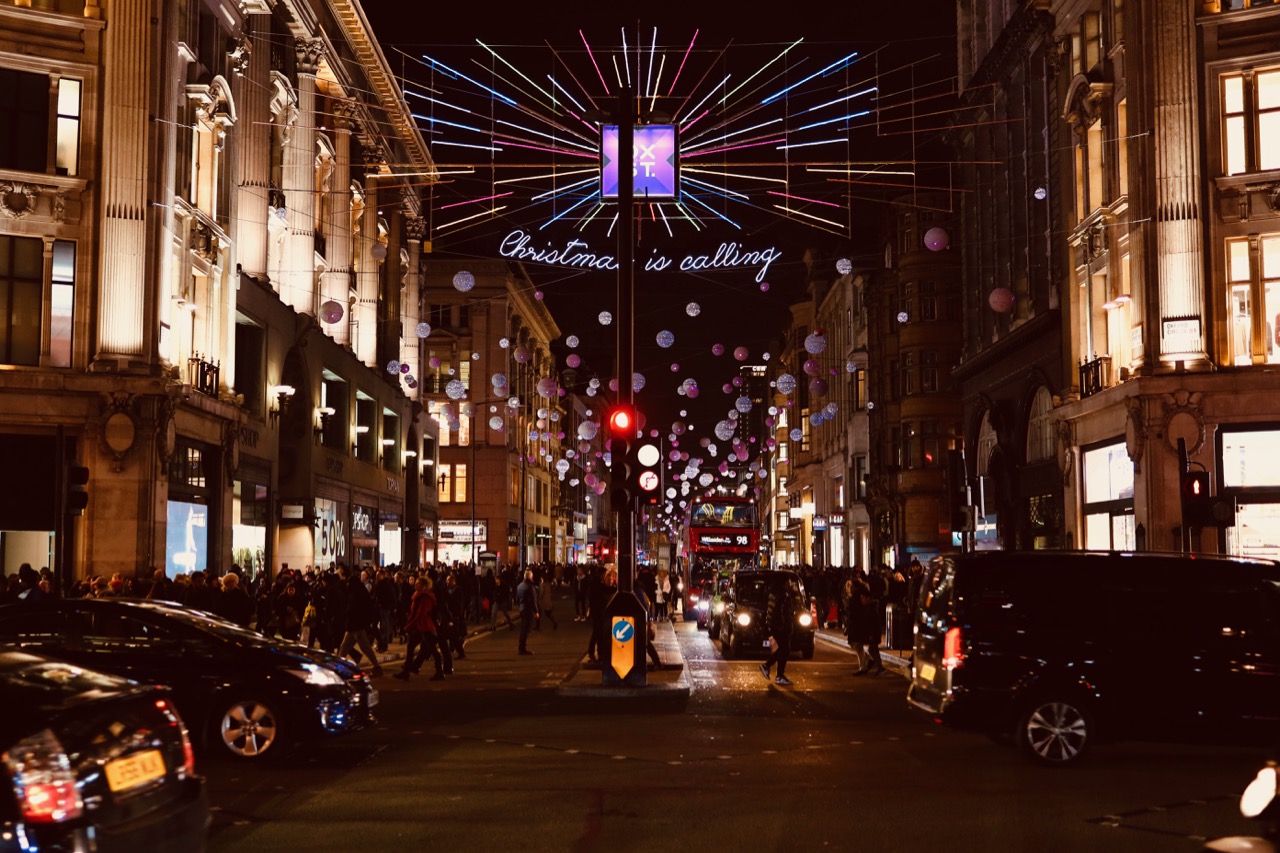
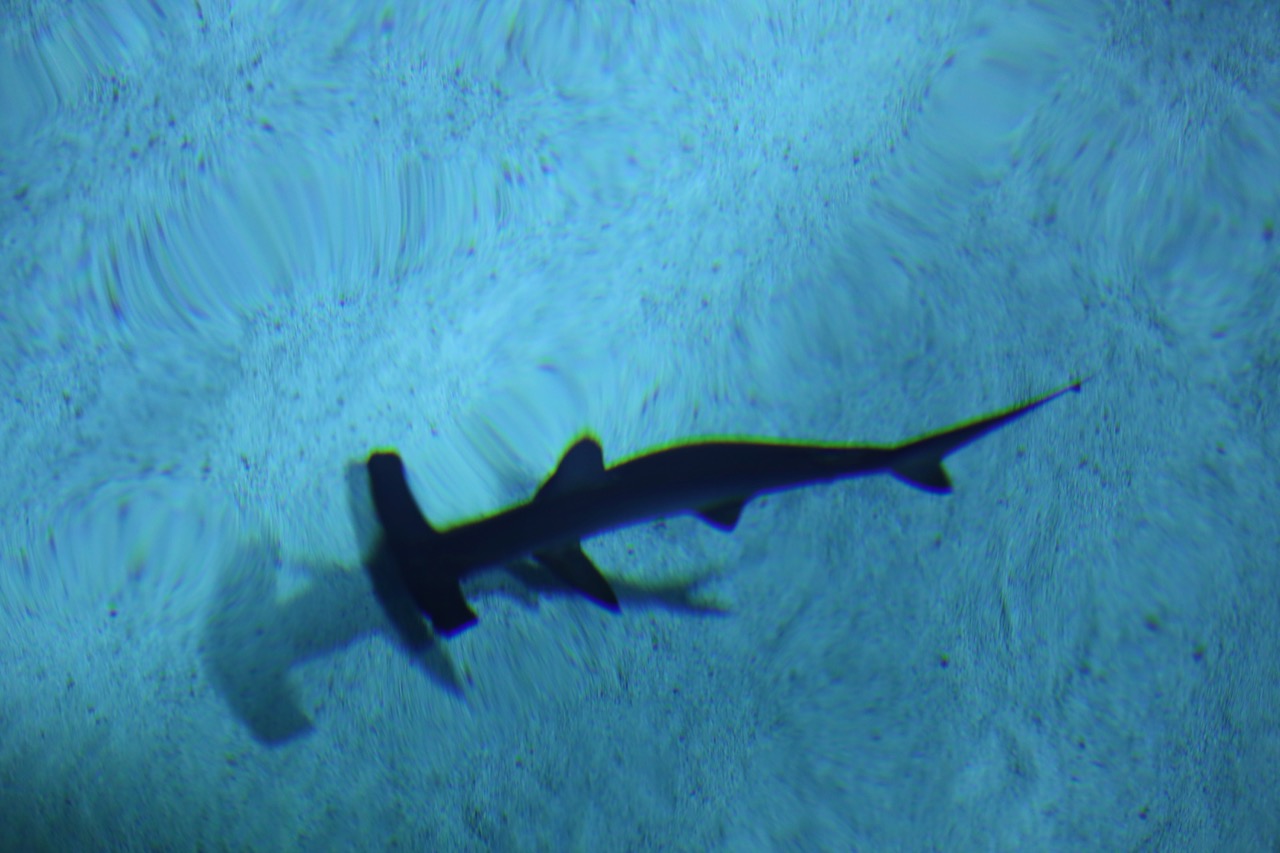
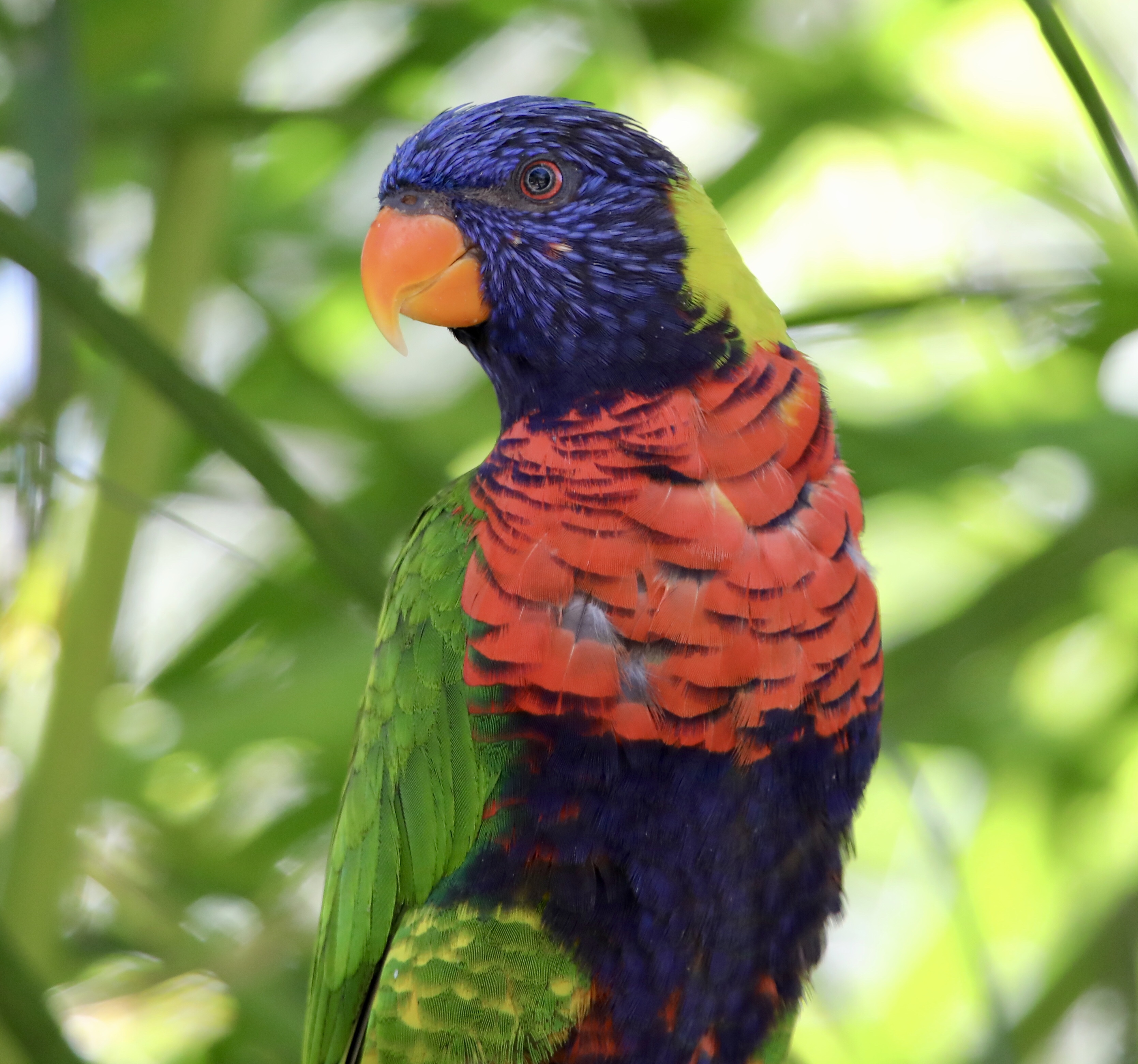
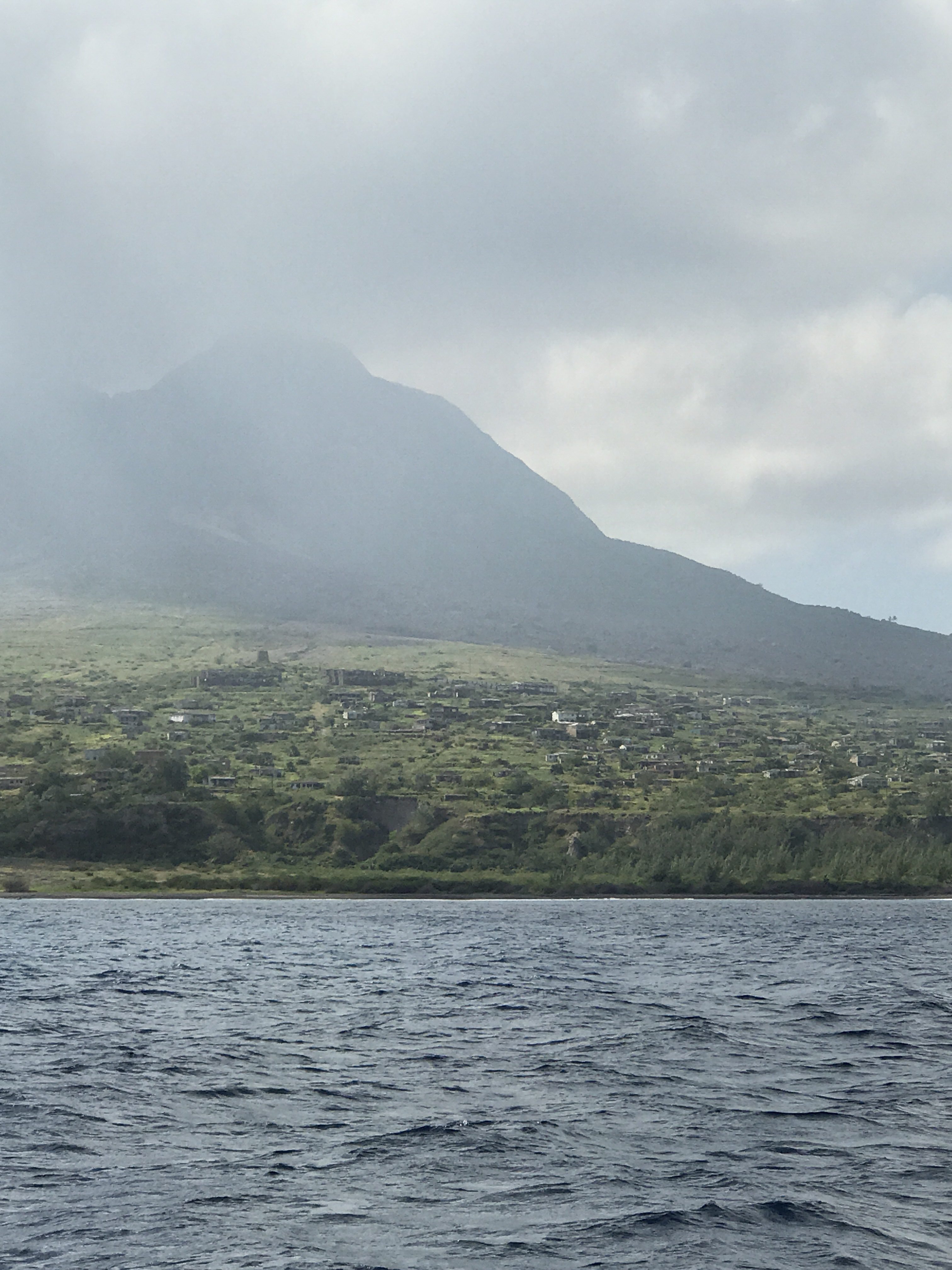
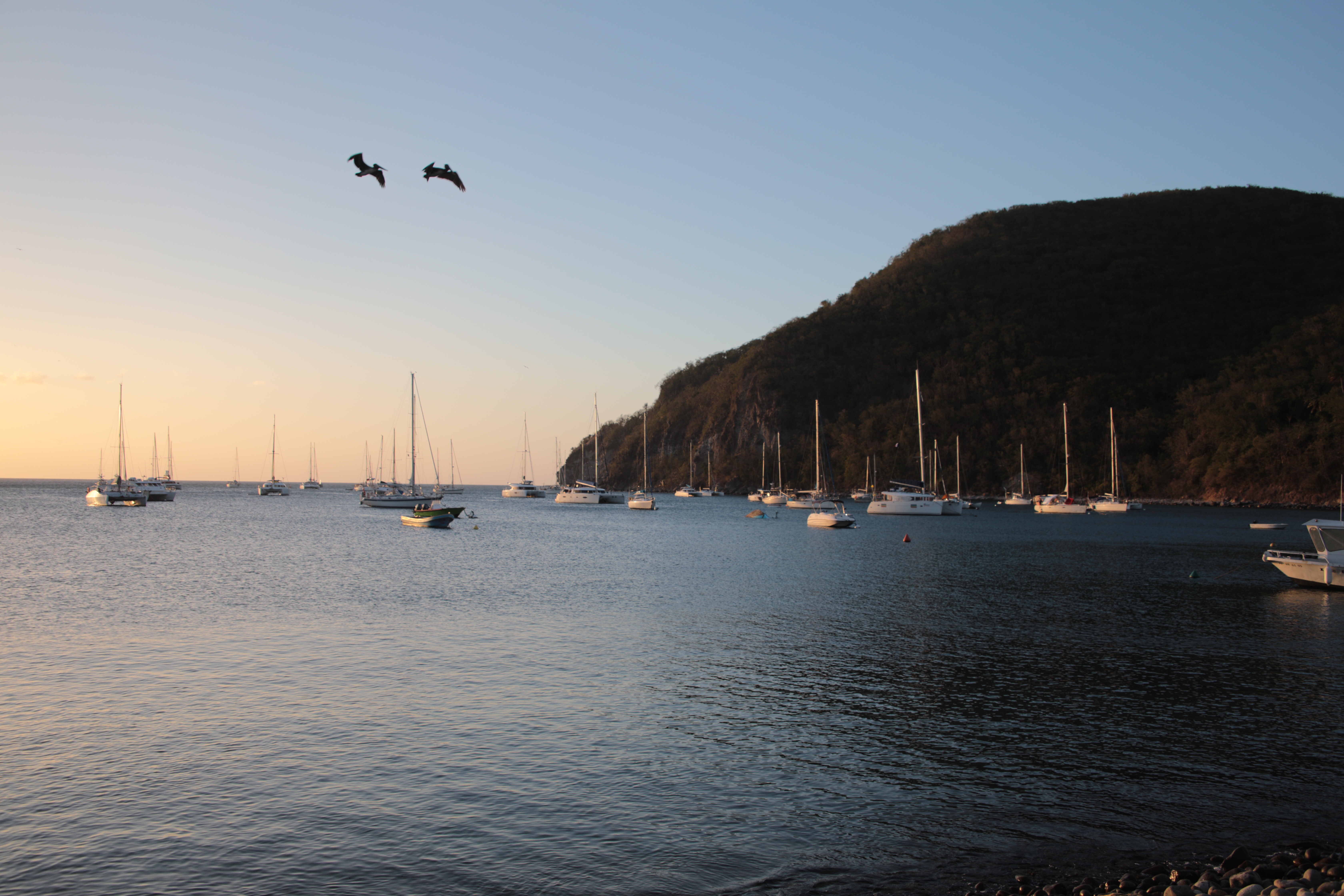
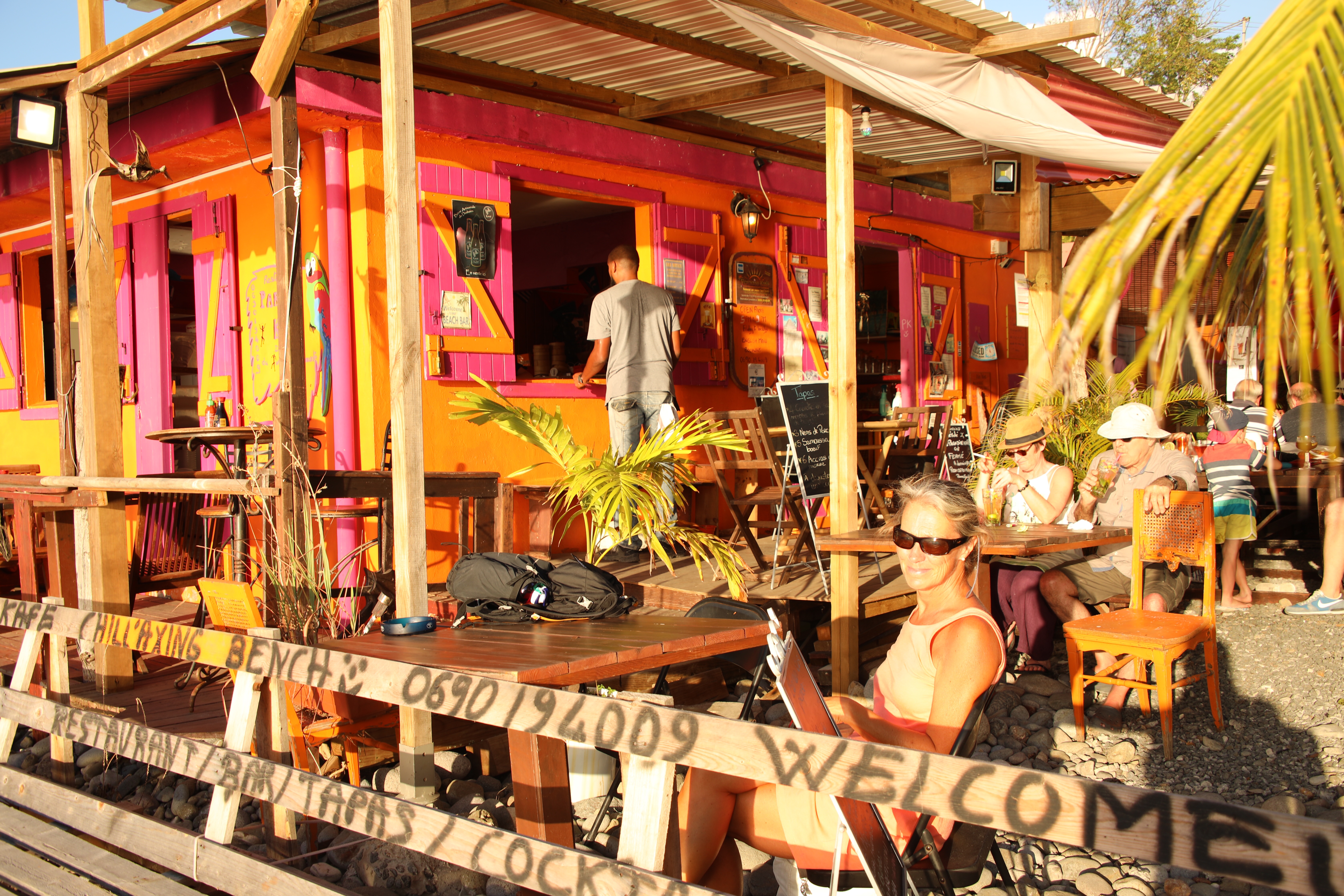
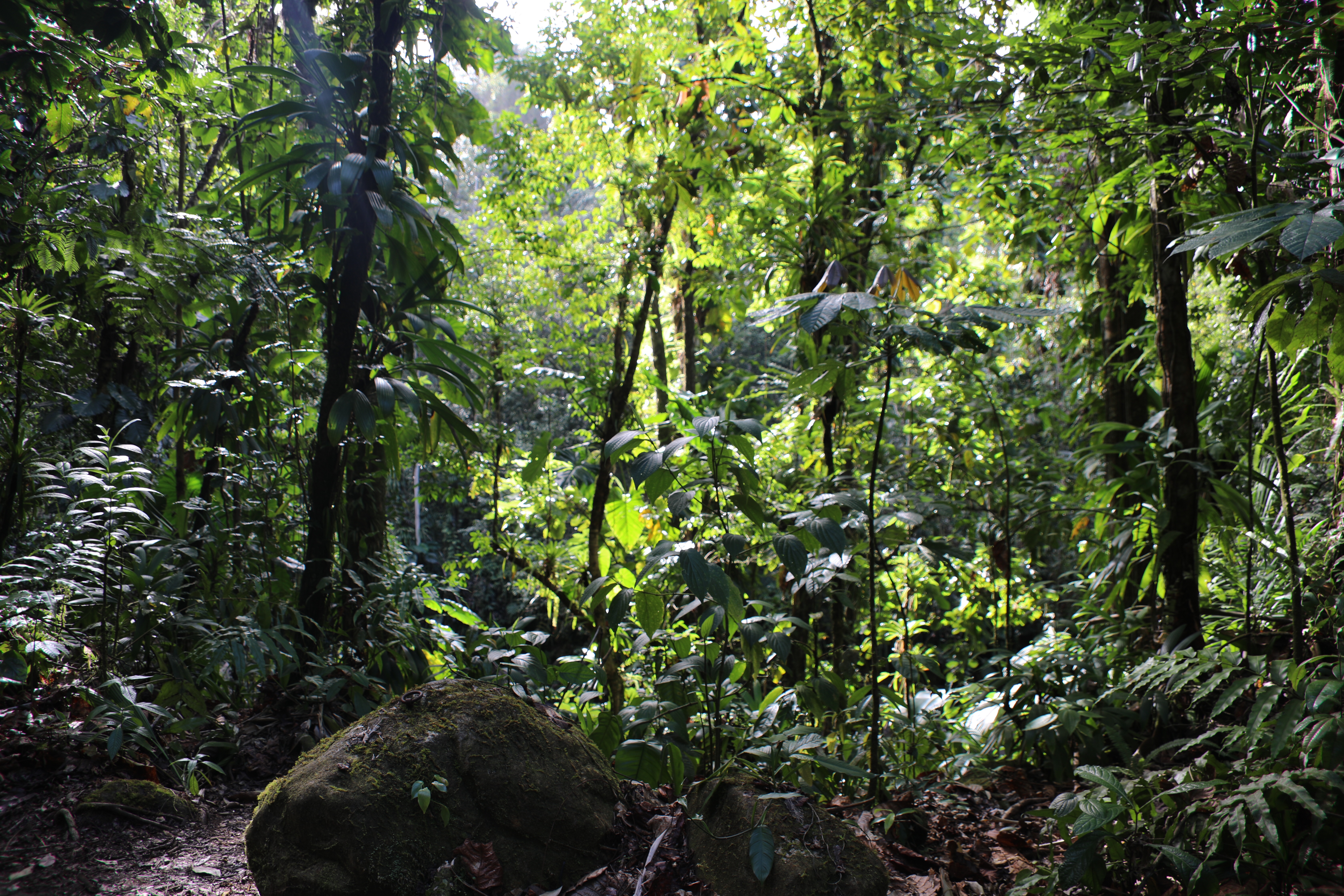
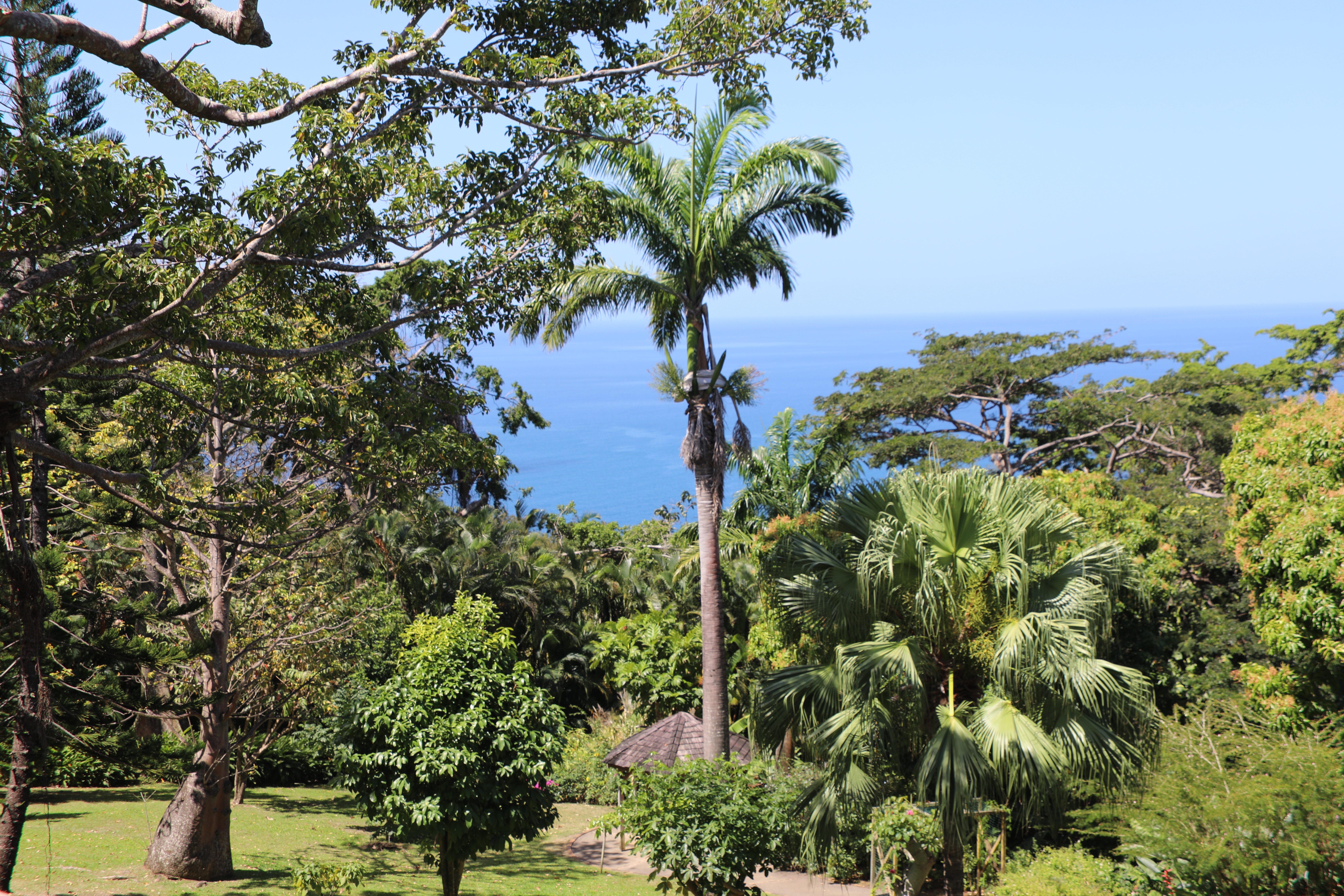
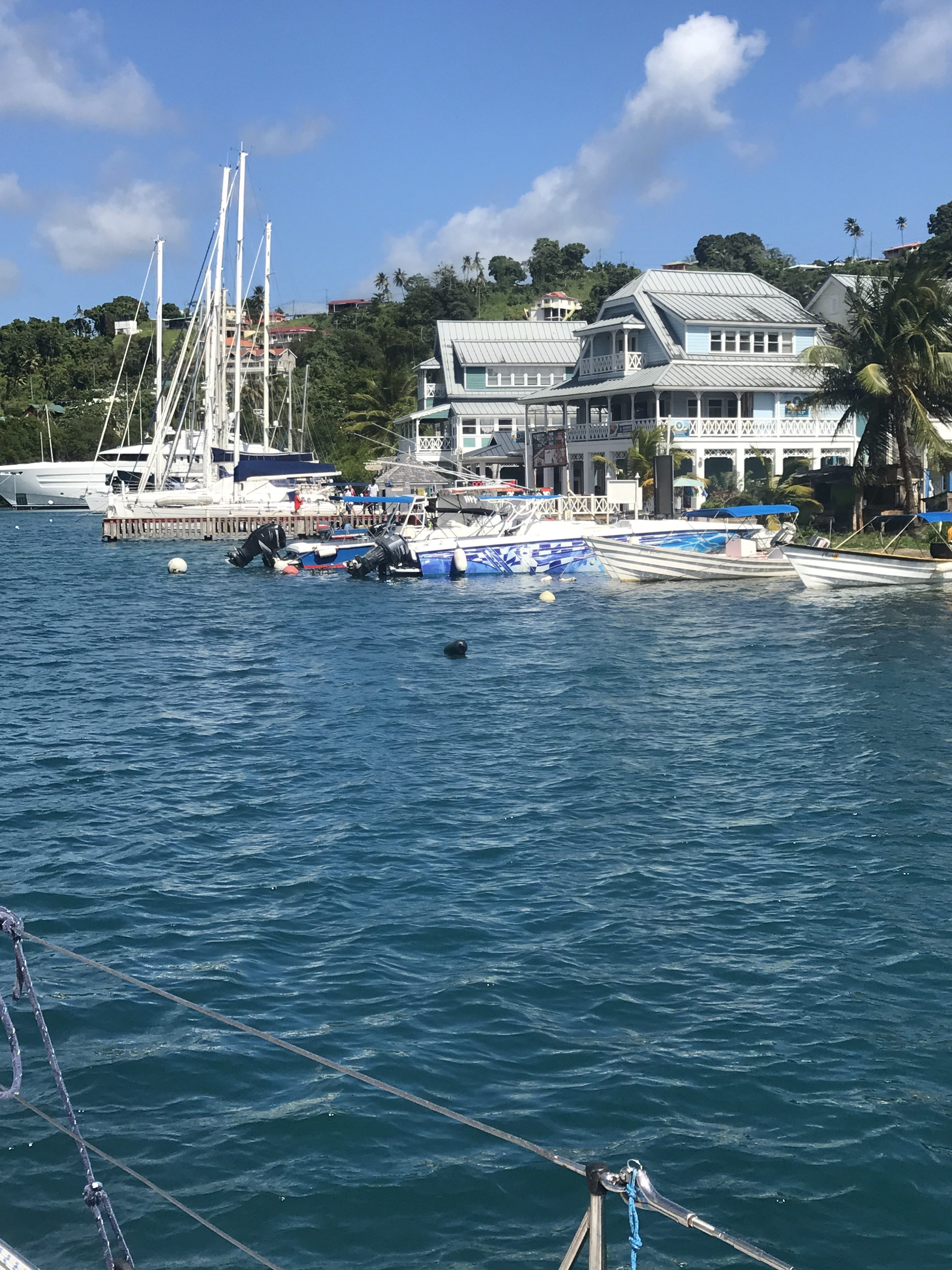
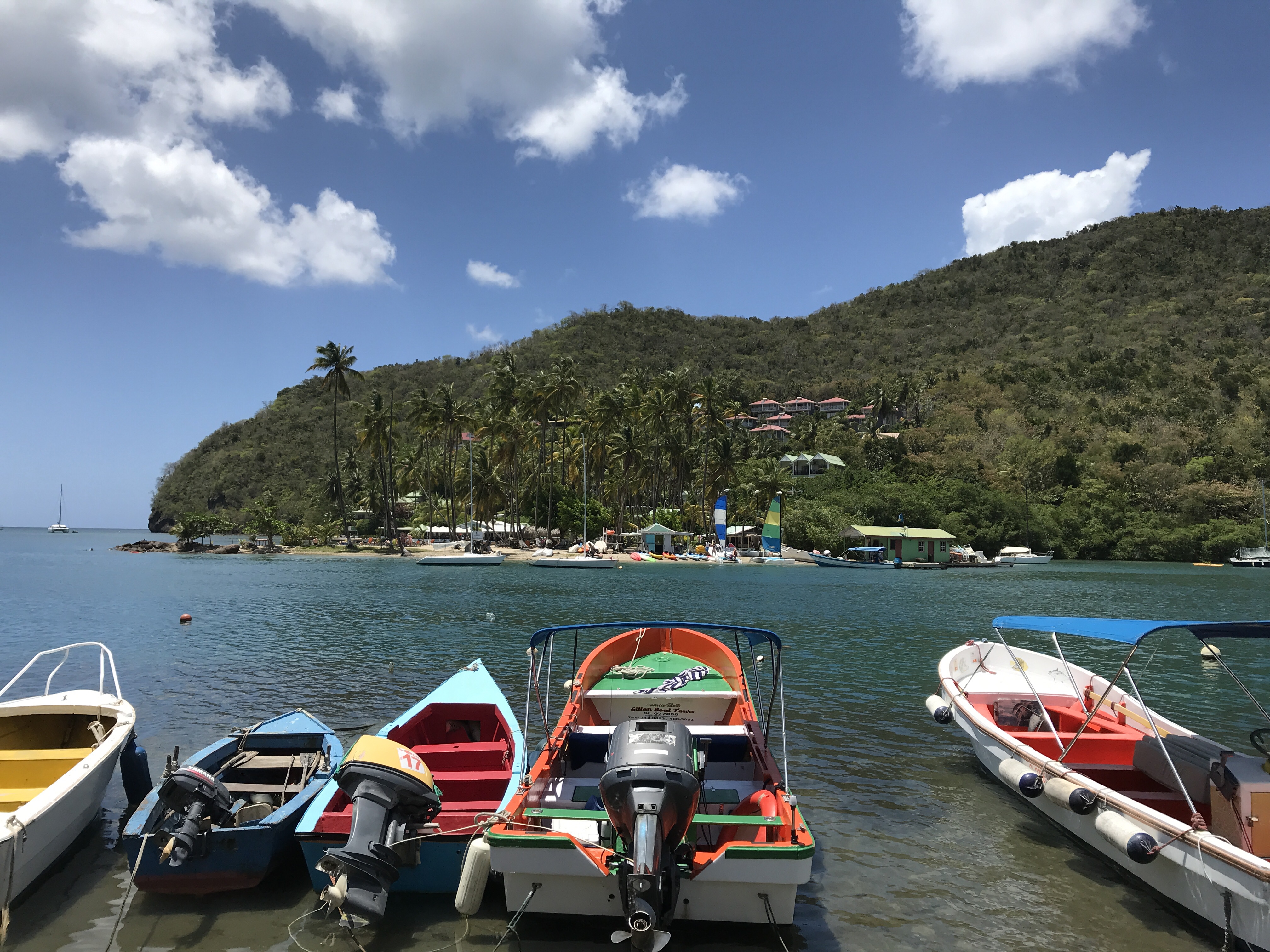
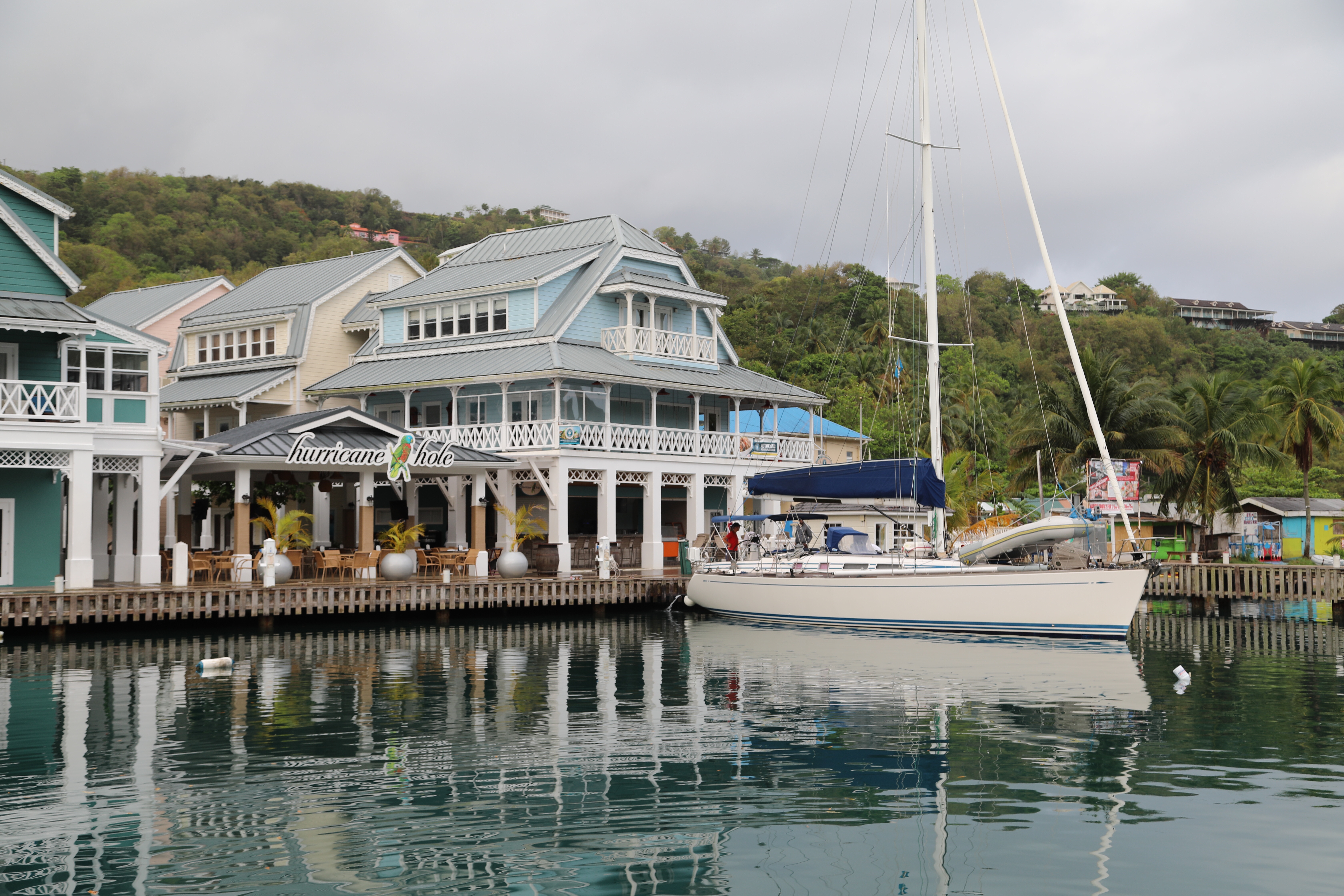
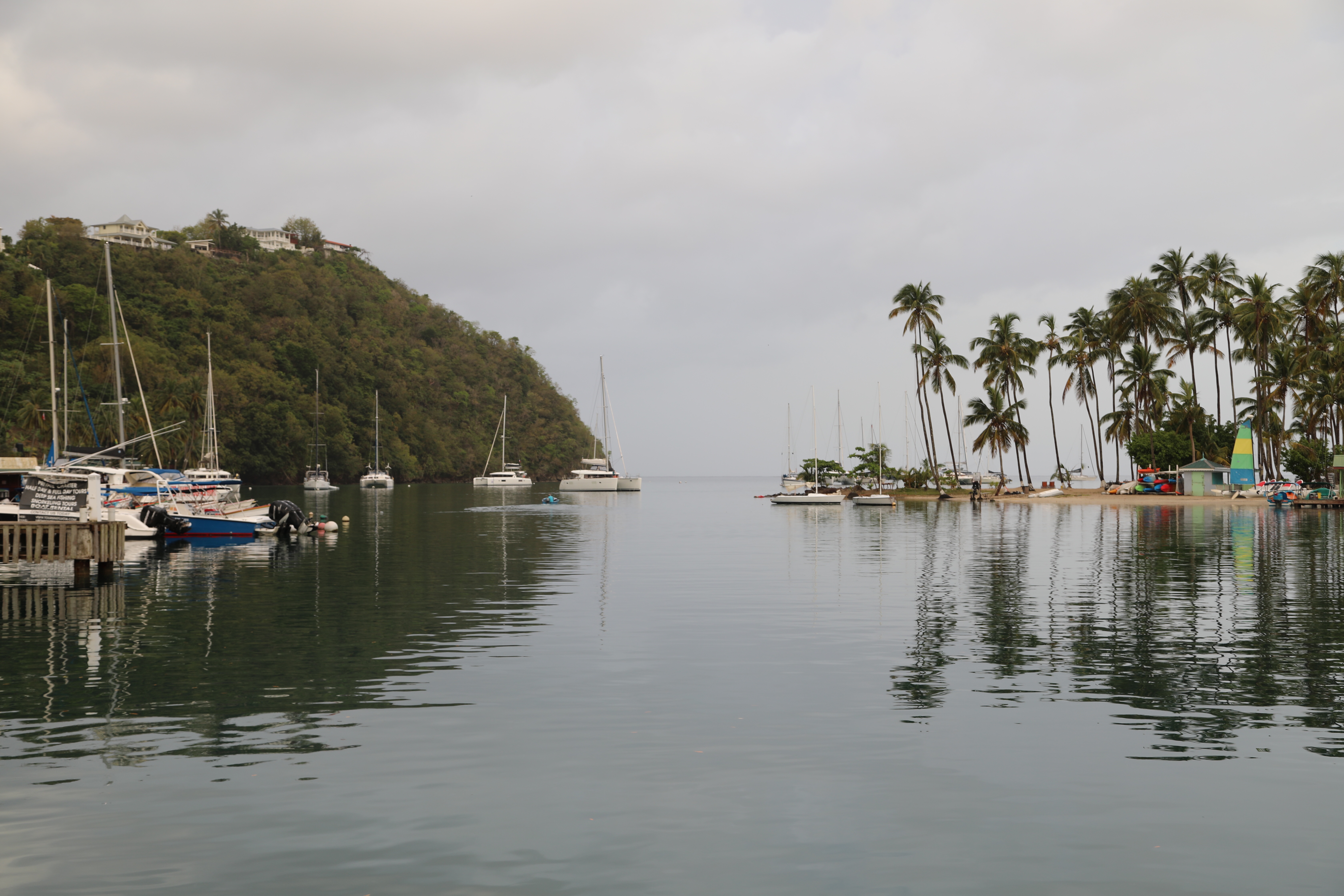
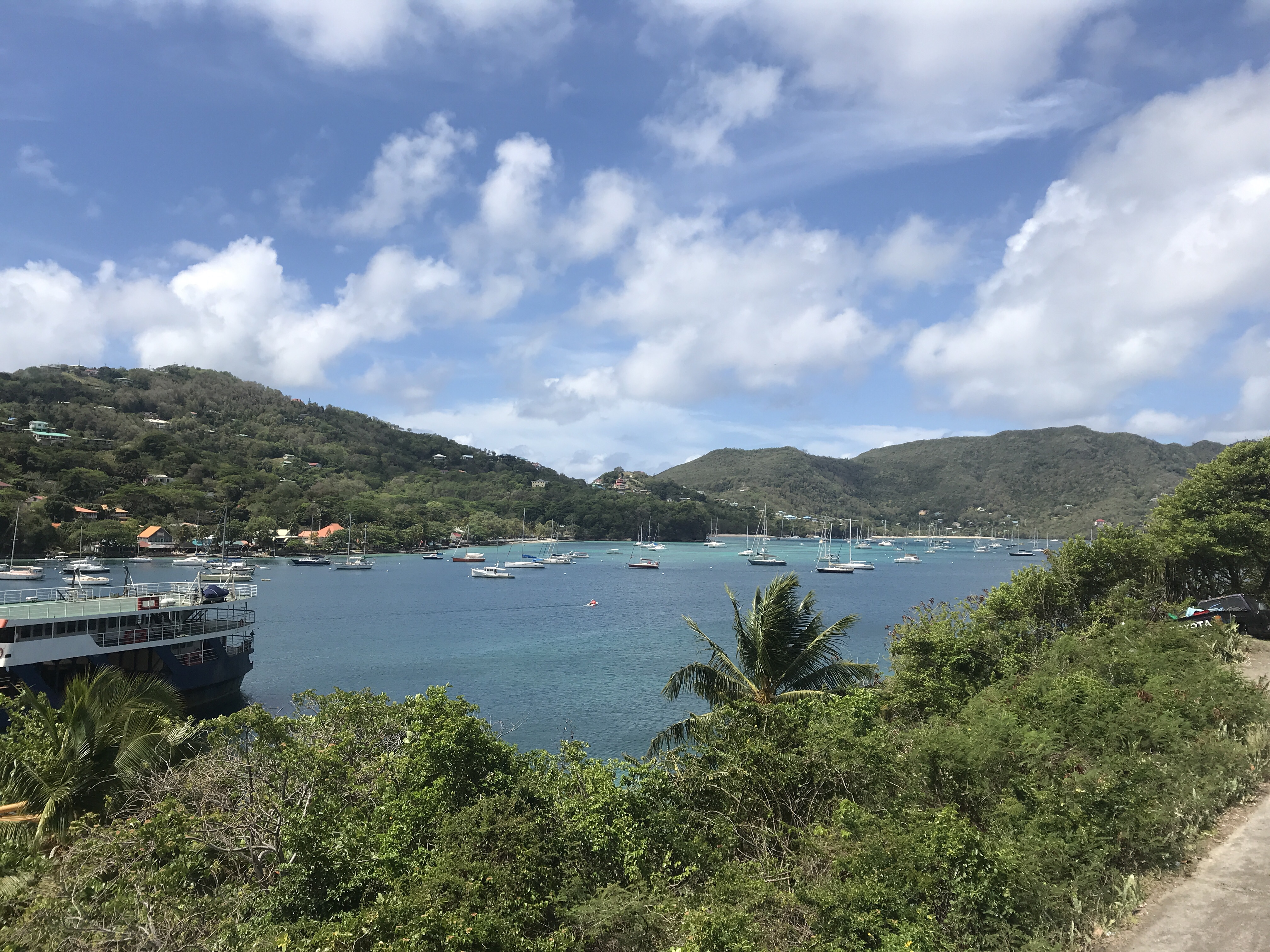
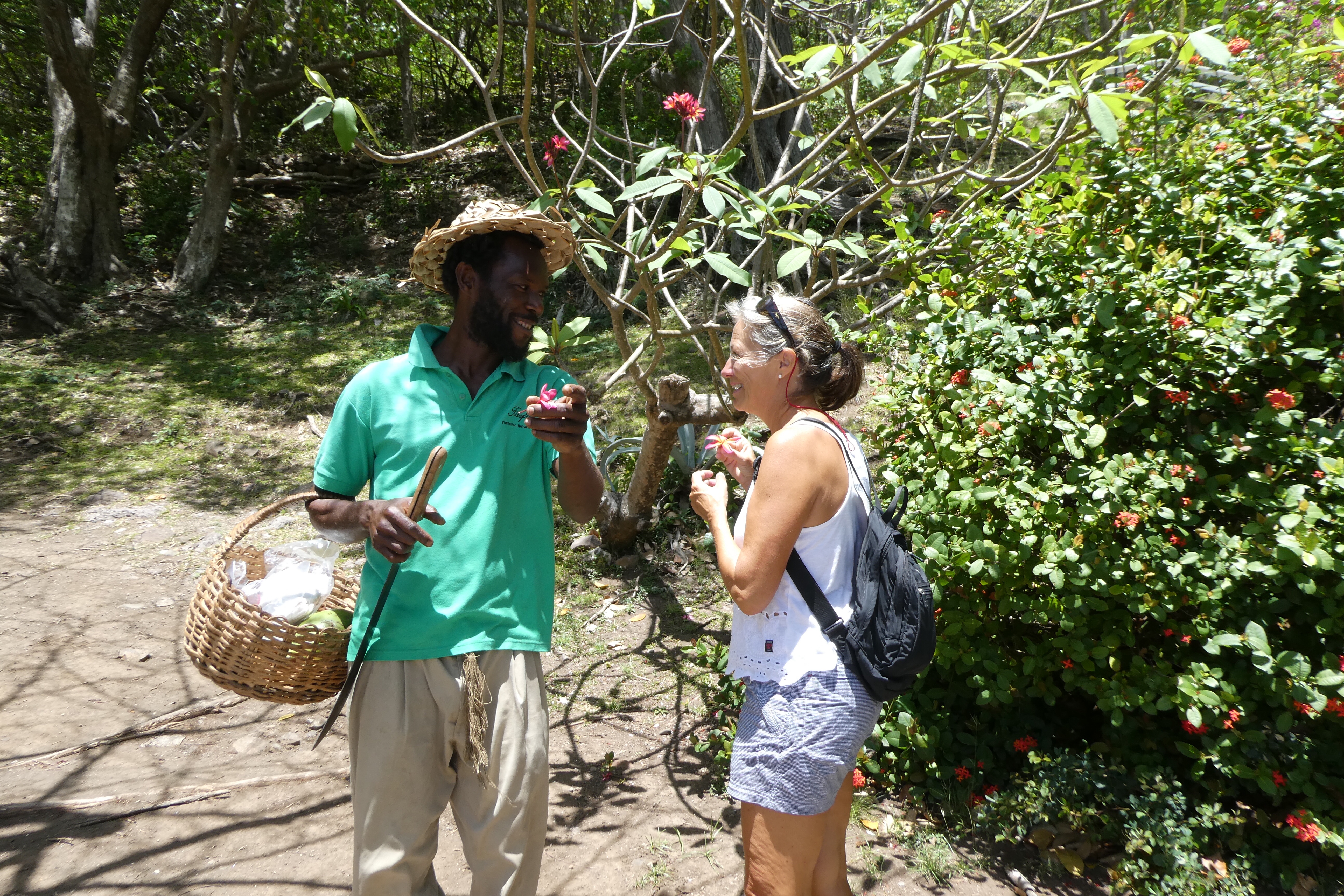
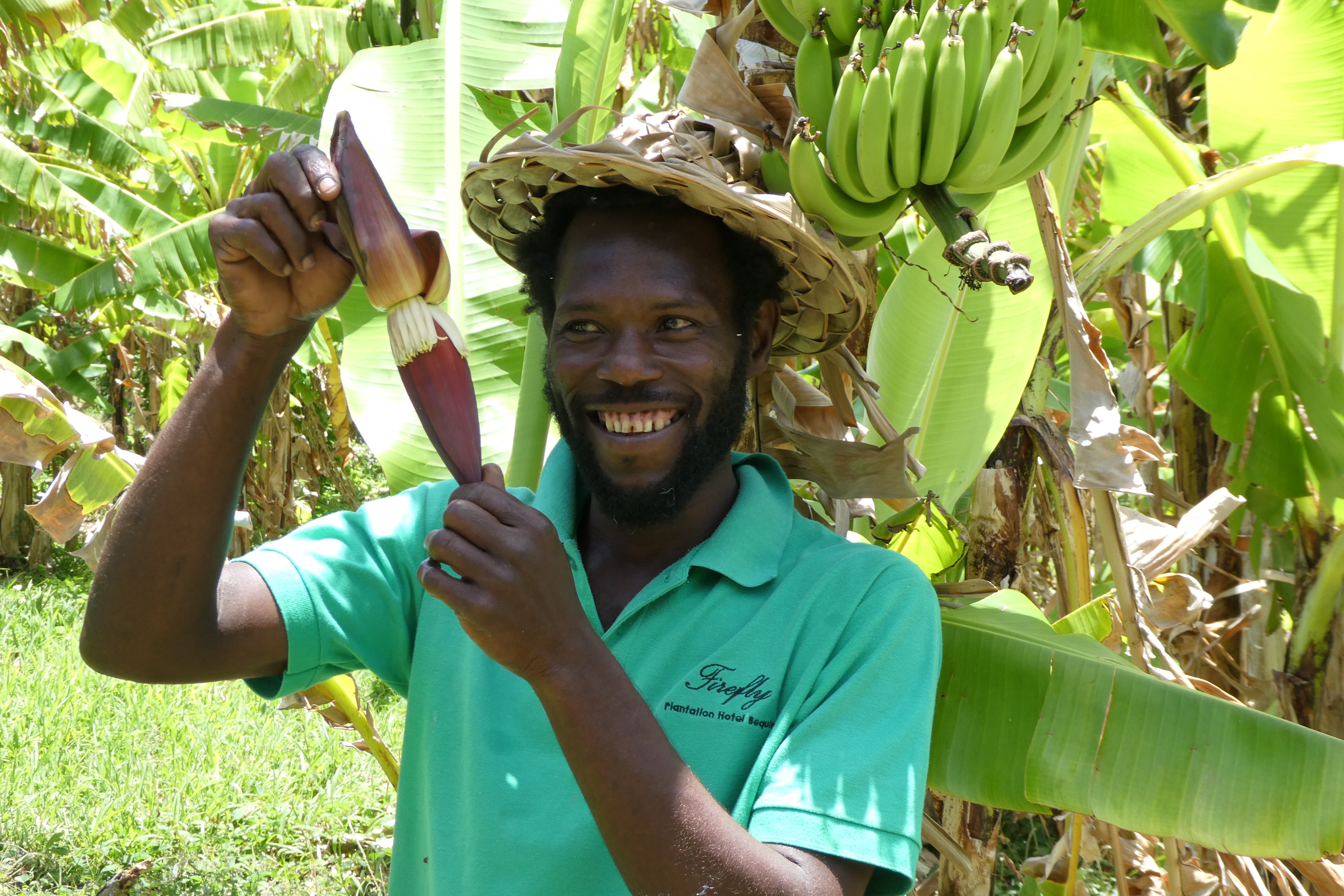
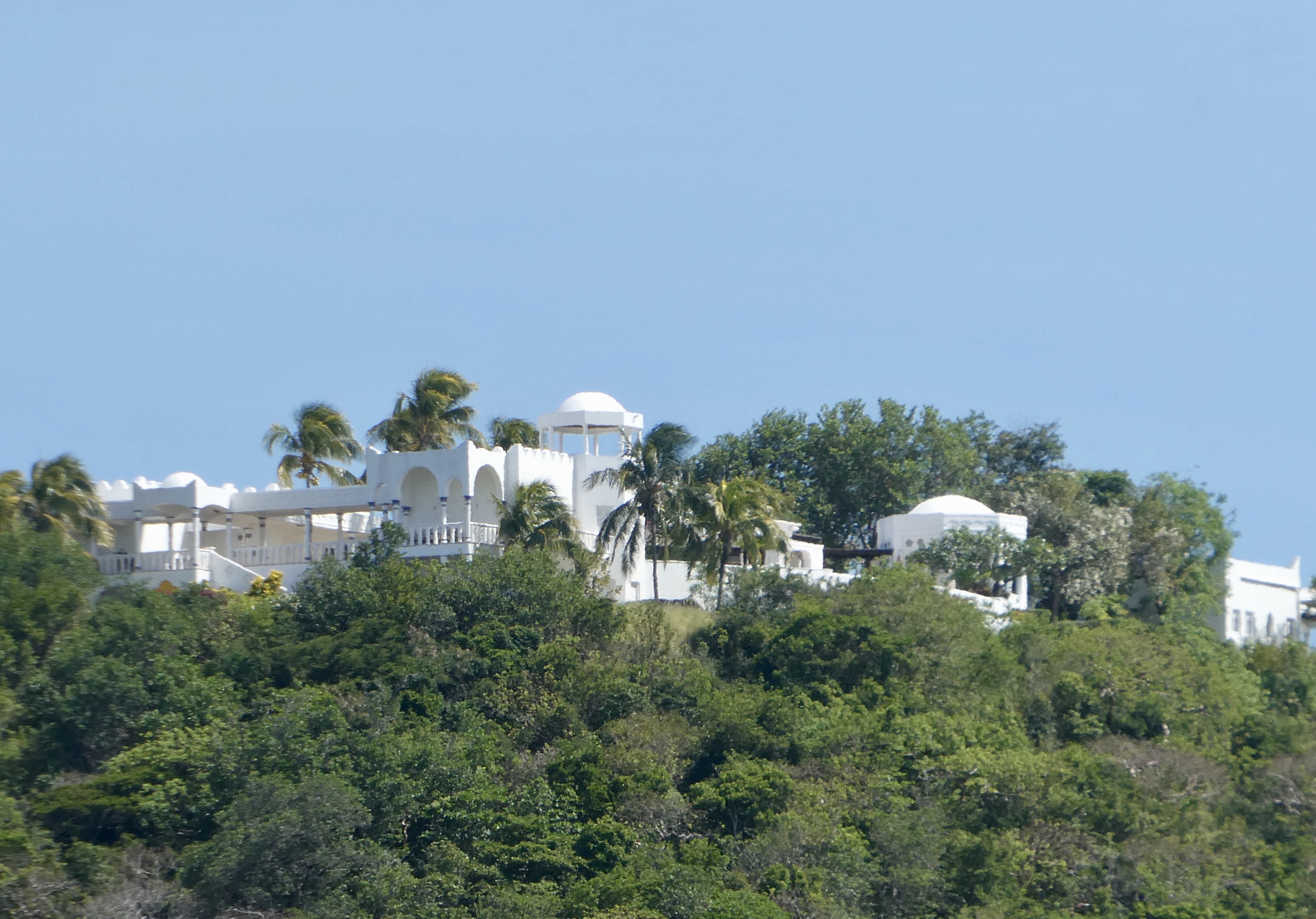
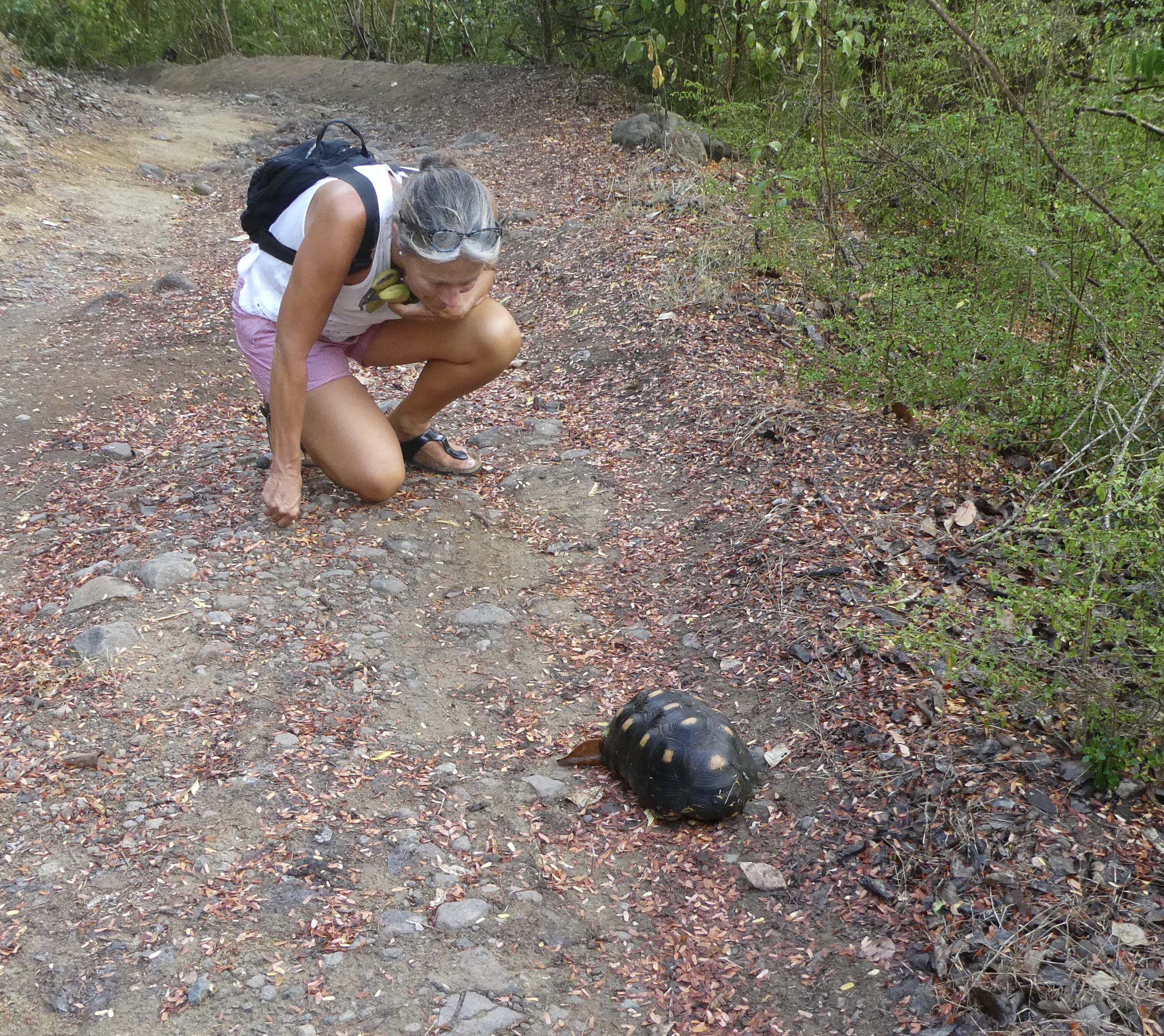
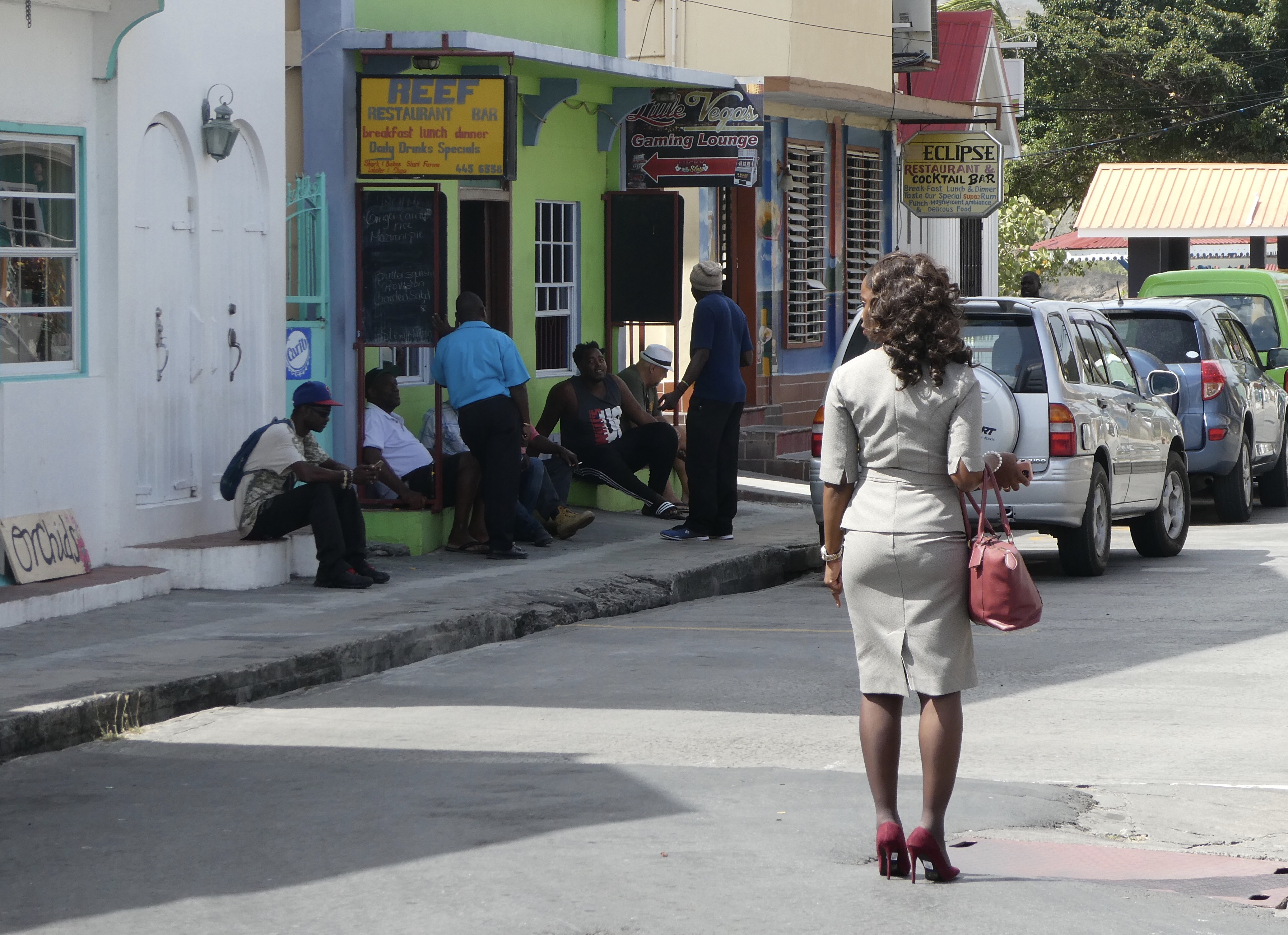
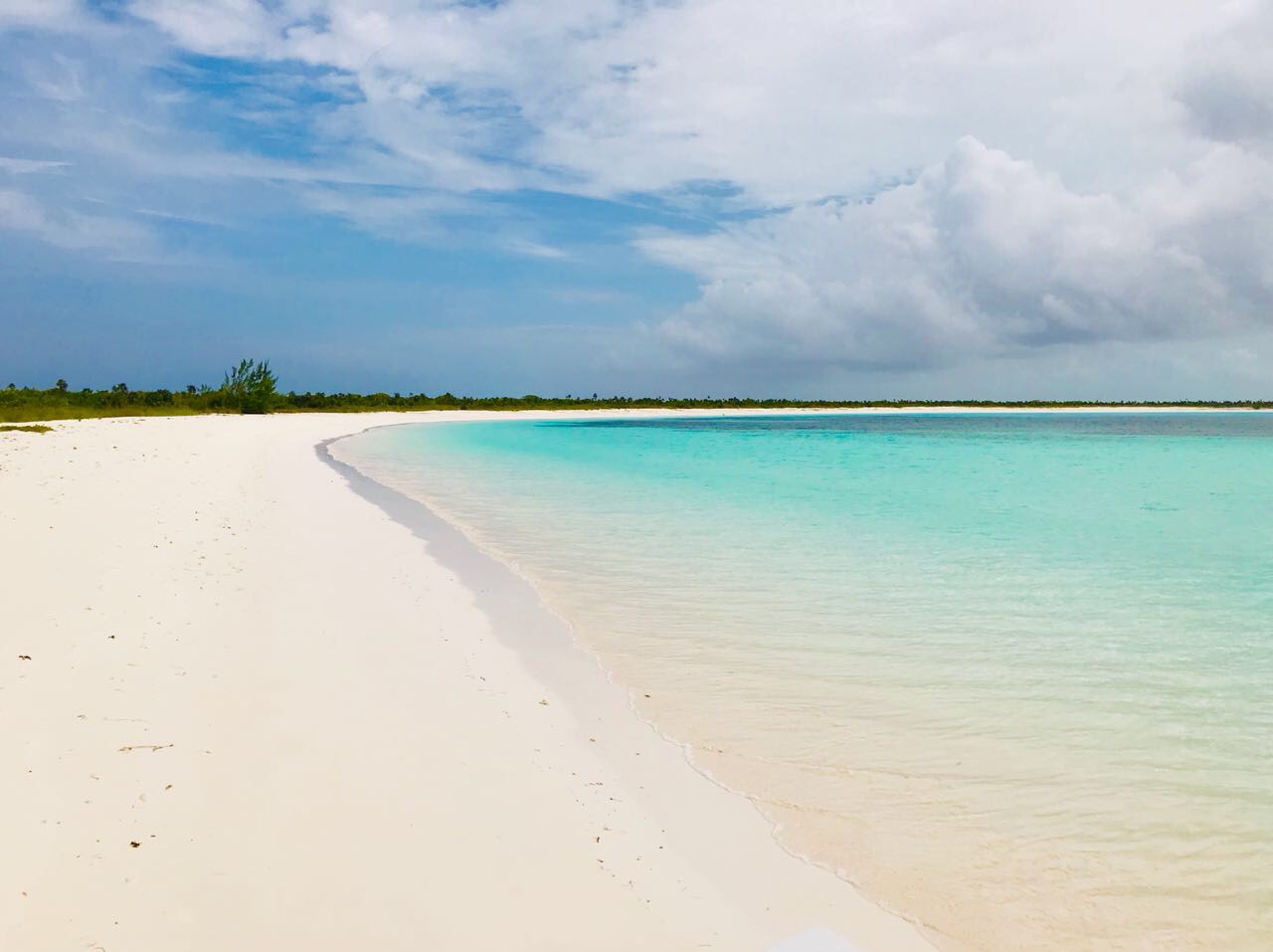
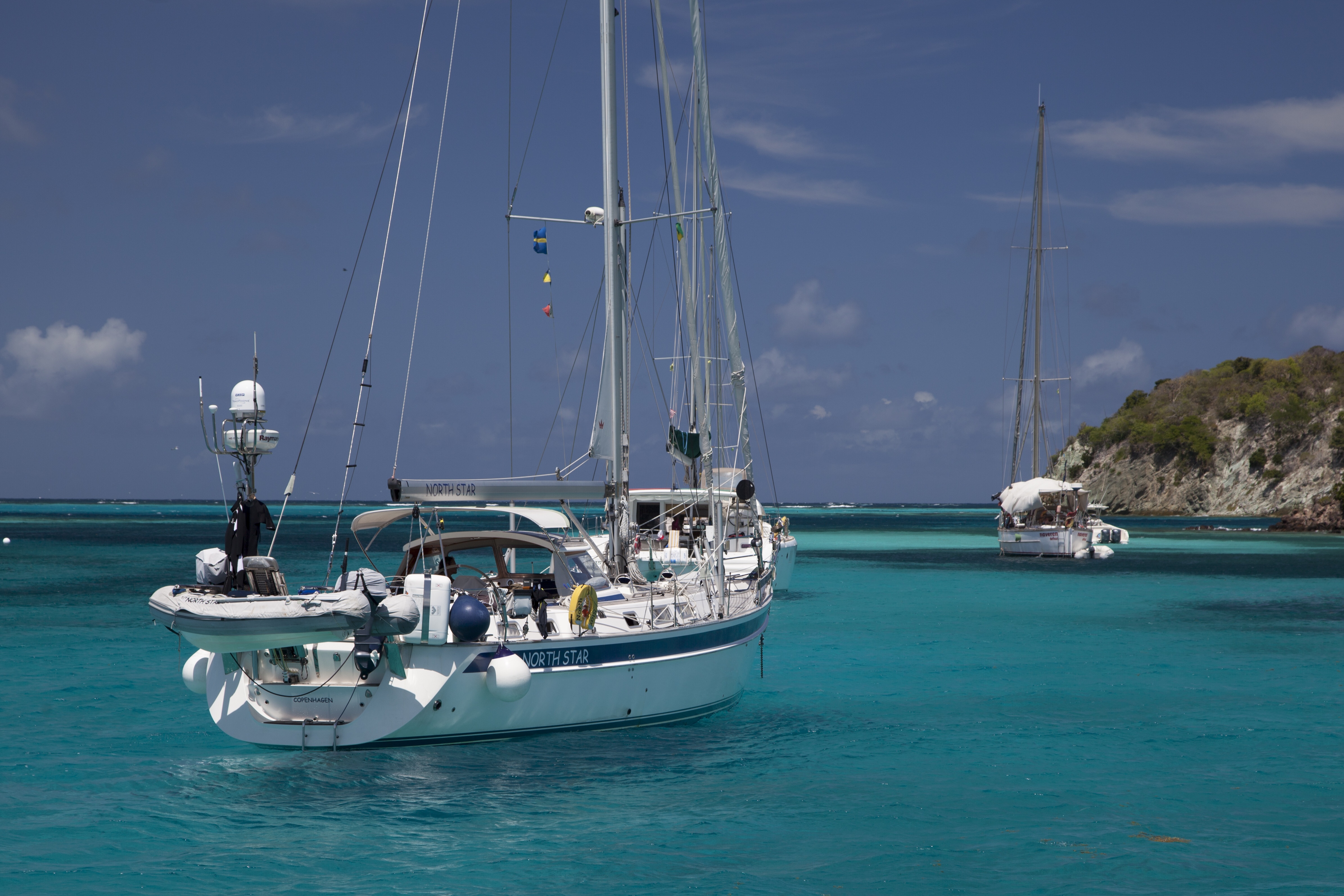
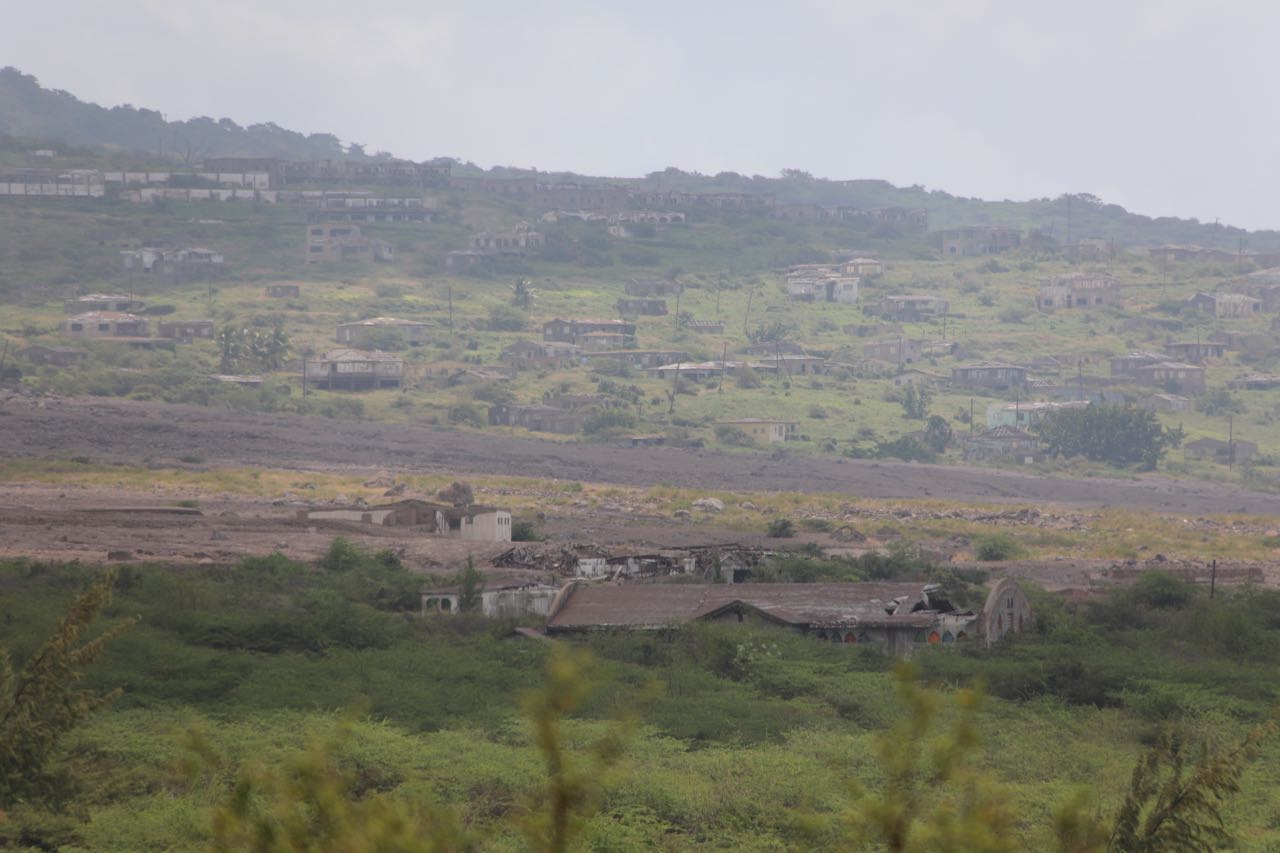

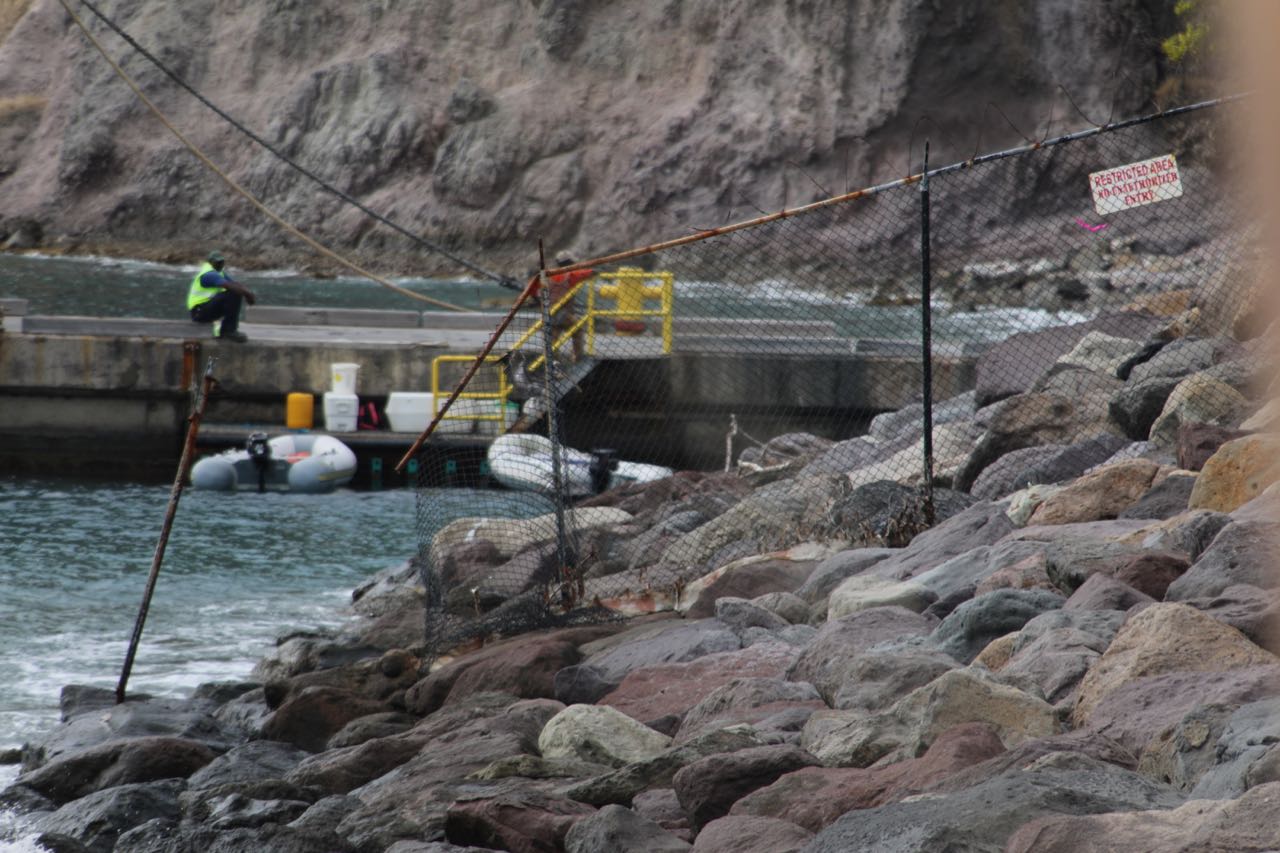

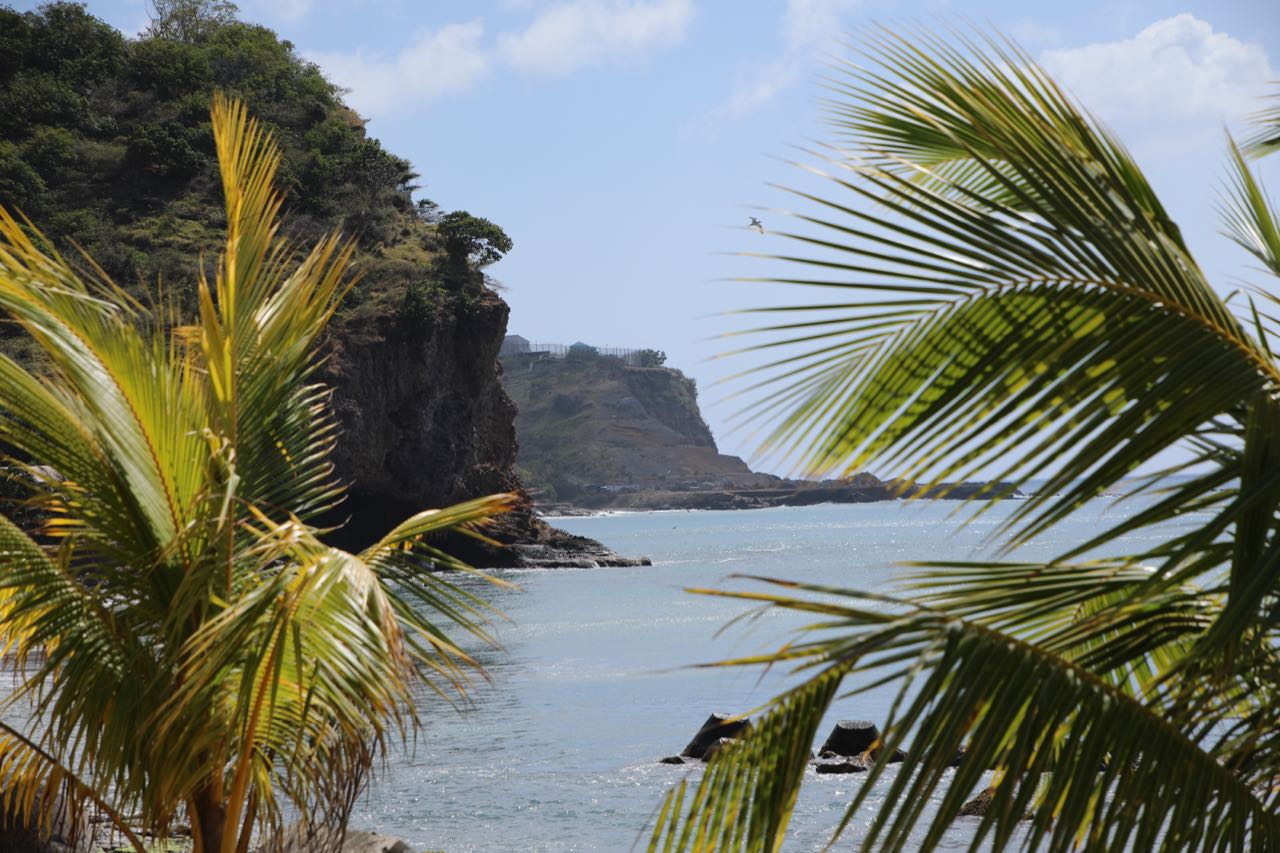 This is an island divided into a northern and southern part. The northern part has since 1995 been dedicated to show the human will to survival, in spite of any hardship. The southern part testifying that nature is stronger than man and it can retake anything at anytime, whatever man has created.
This is an island divided into a northern and southern part. The northern part has since 1995 been dedicated to show the human will to survival, in spite of any hardship. The southern part testifying that nature is stronger than man and it can retake anything at anytime, whatever man has created.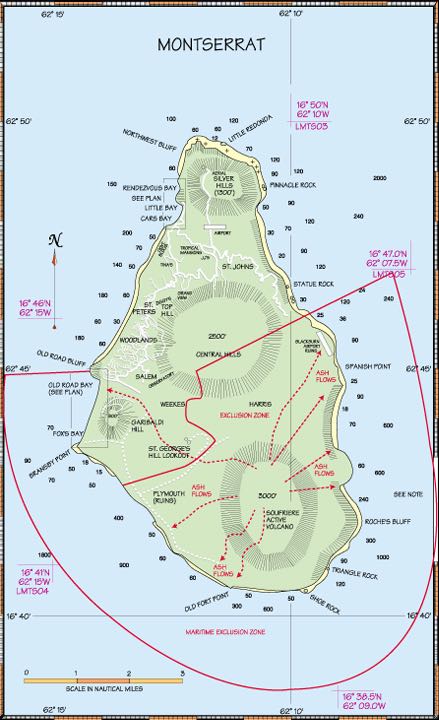
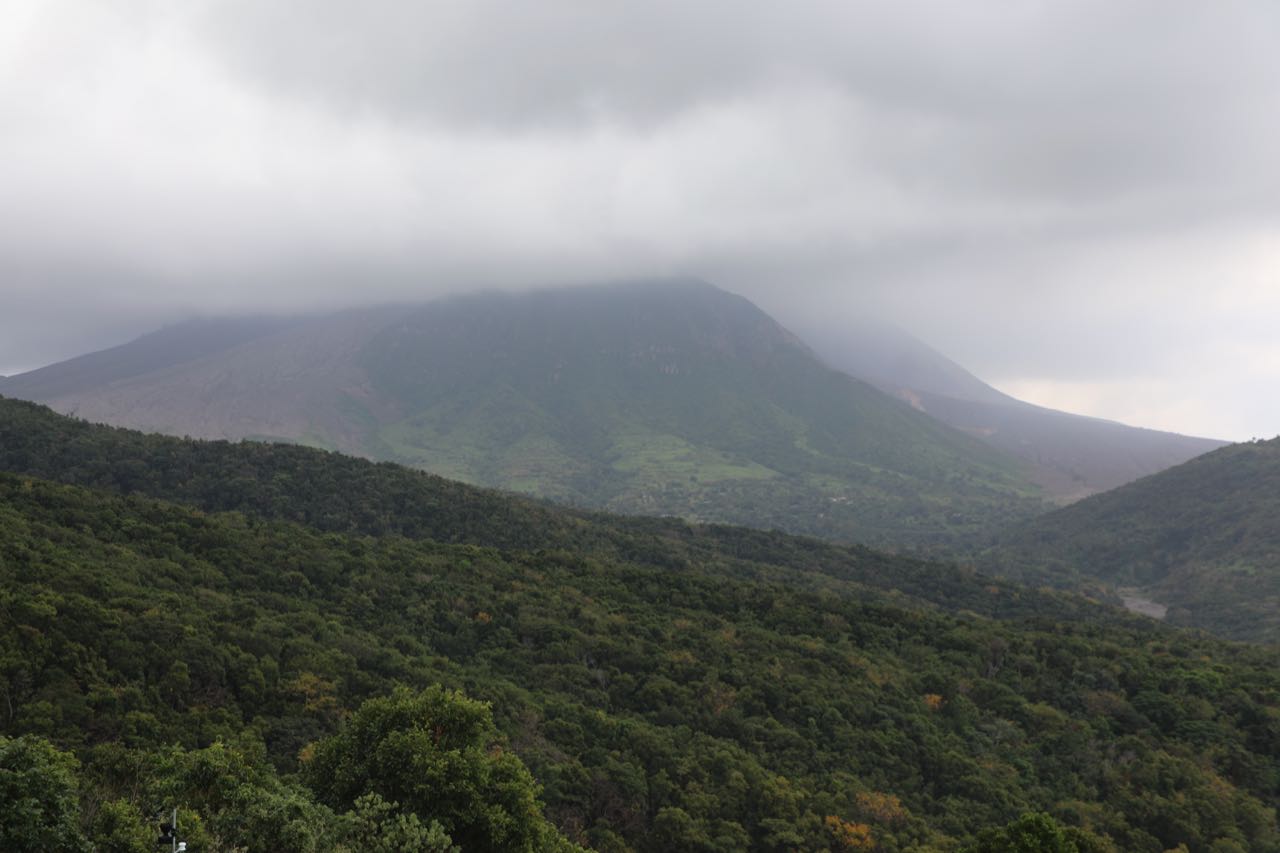
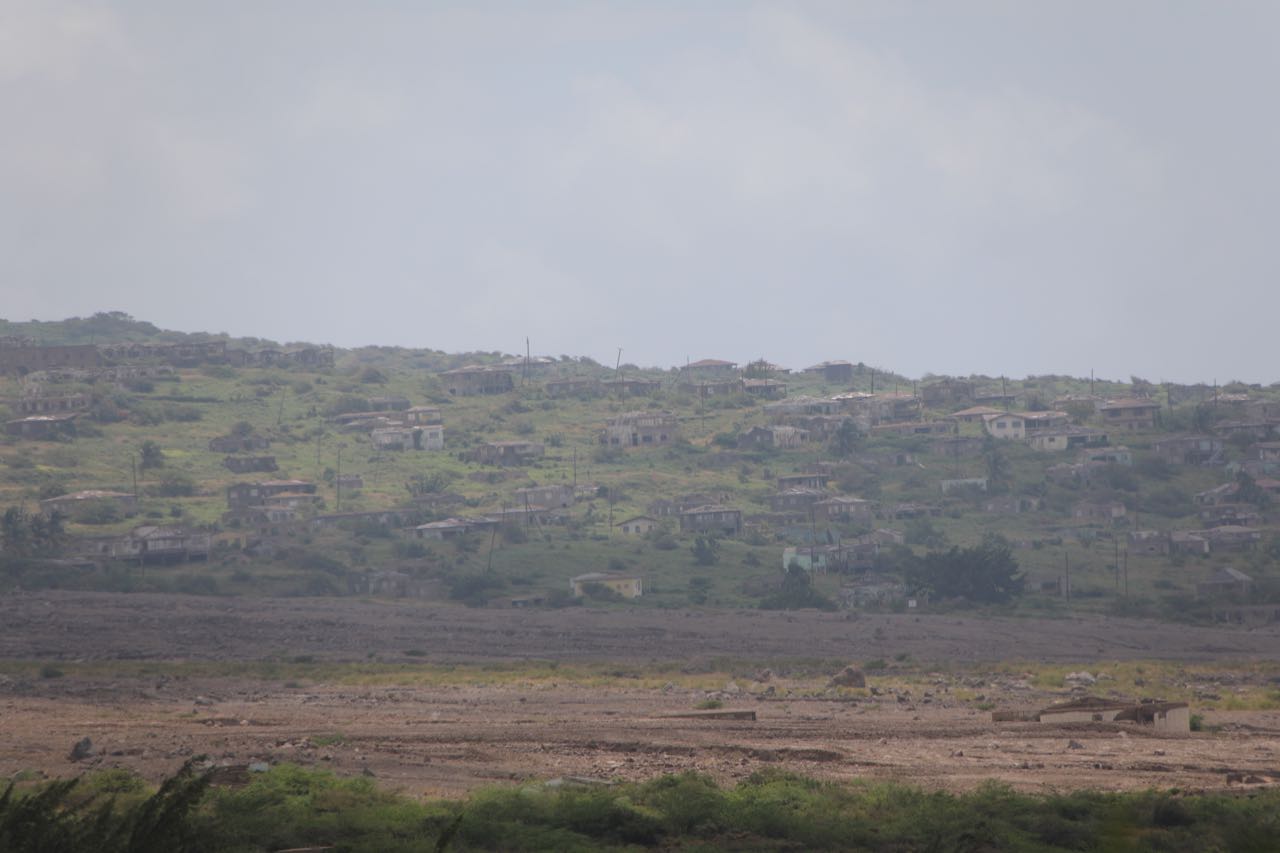
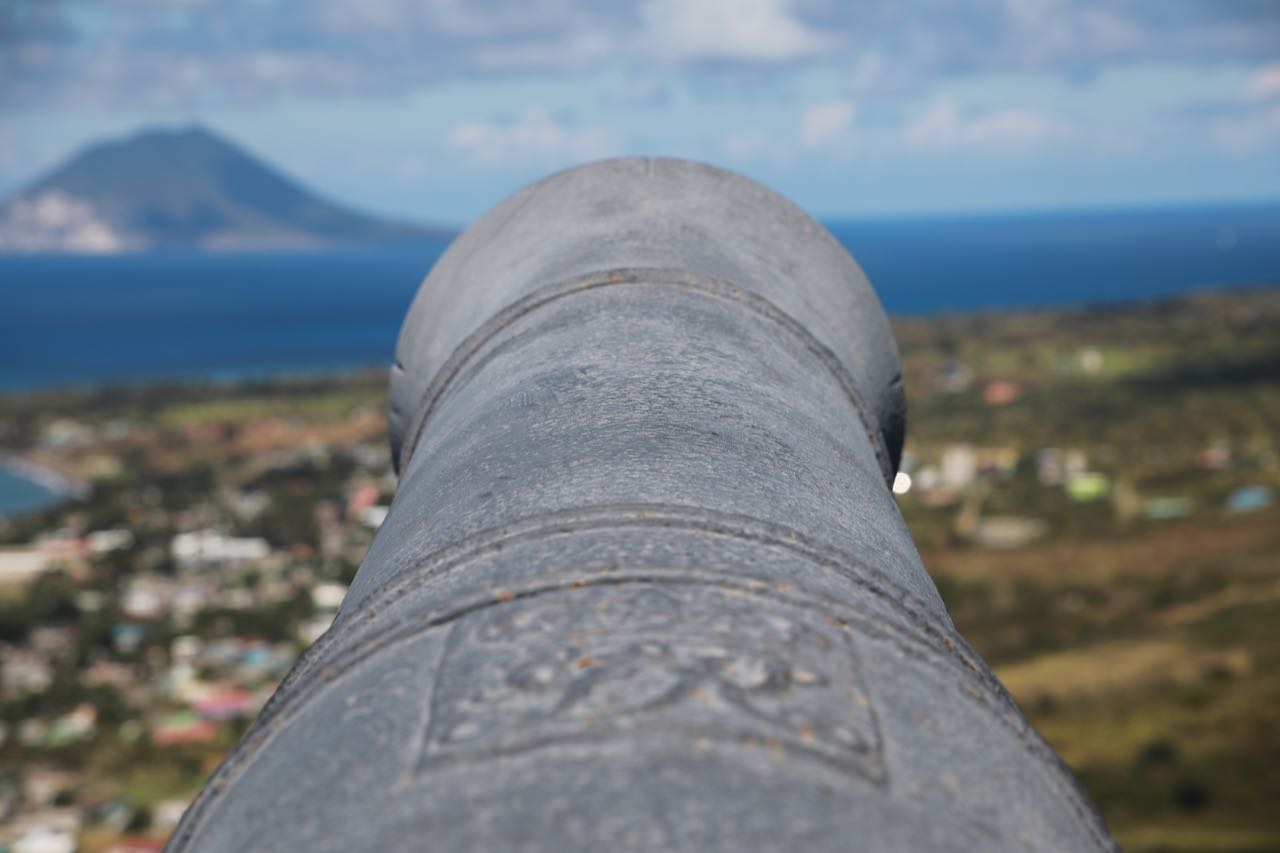
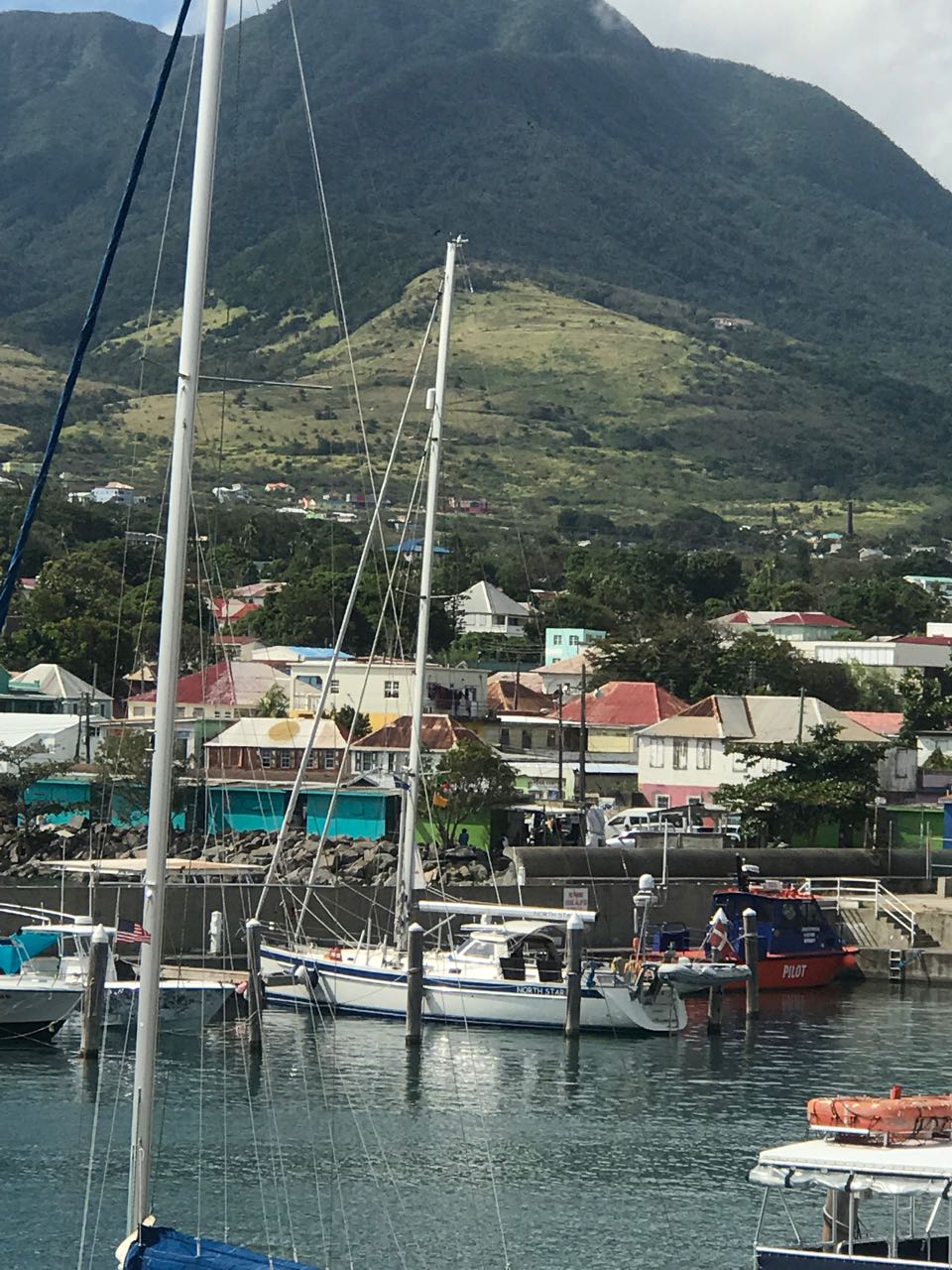
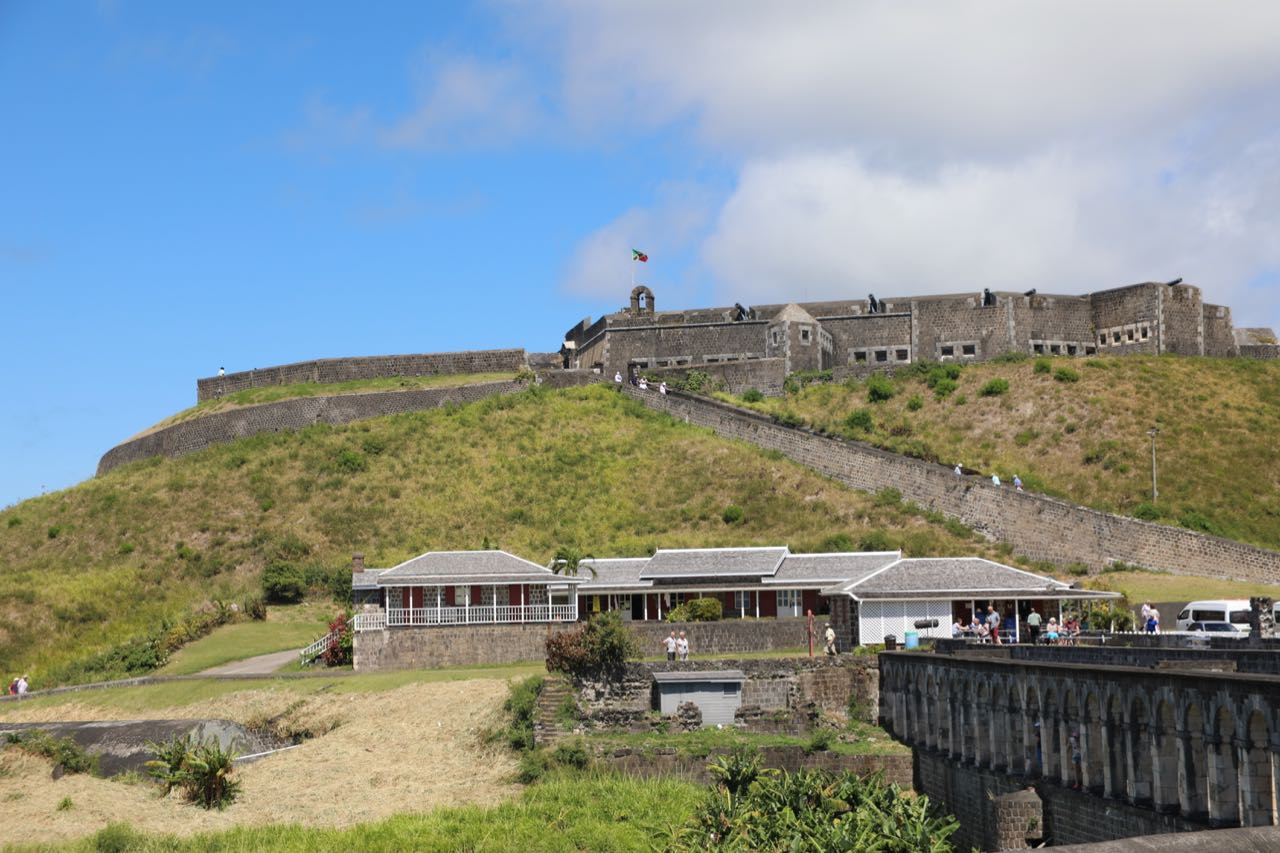
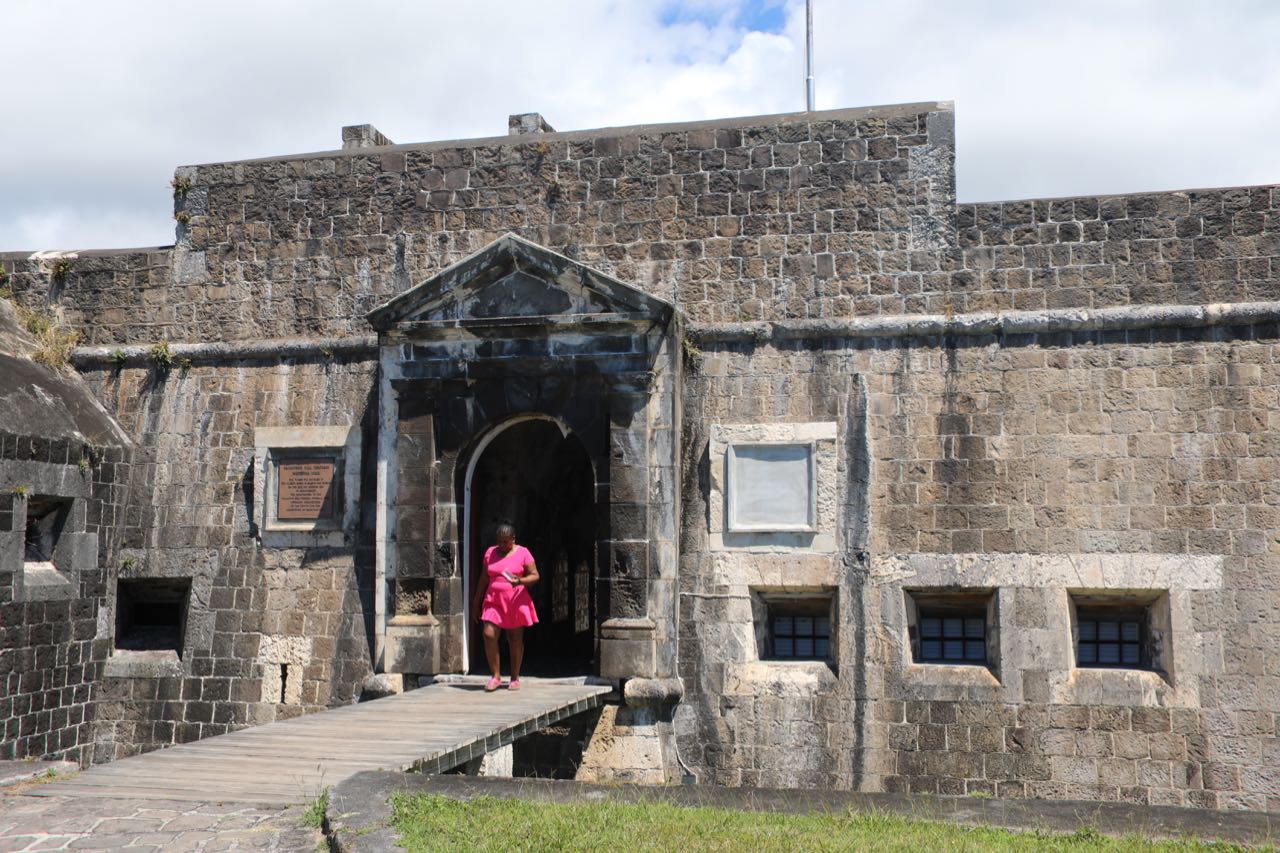
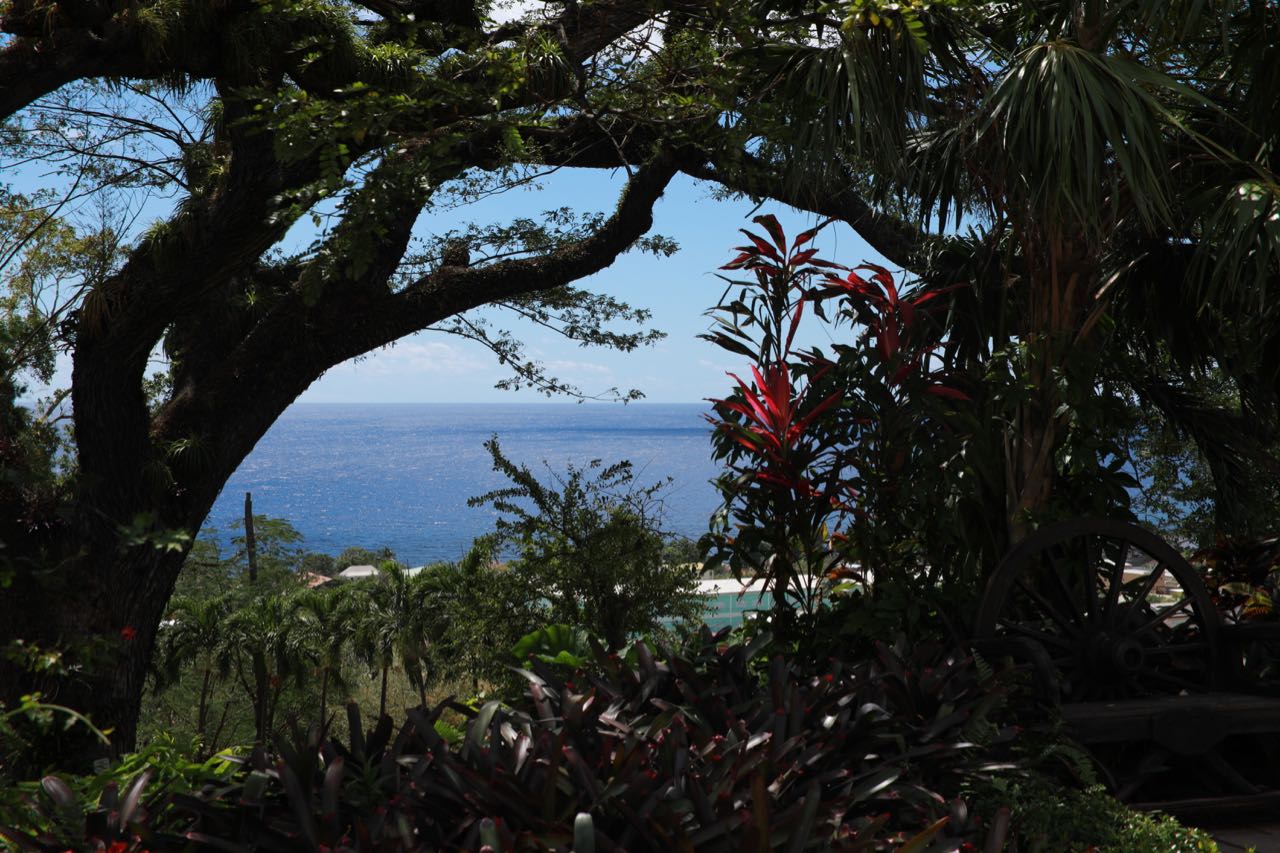


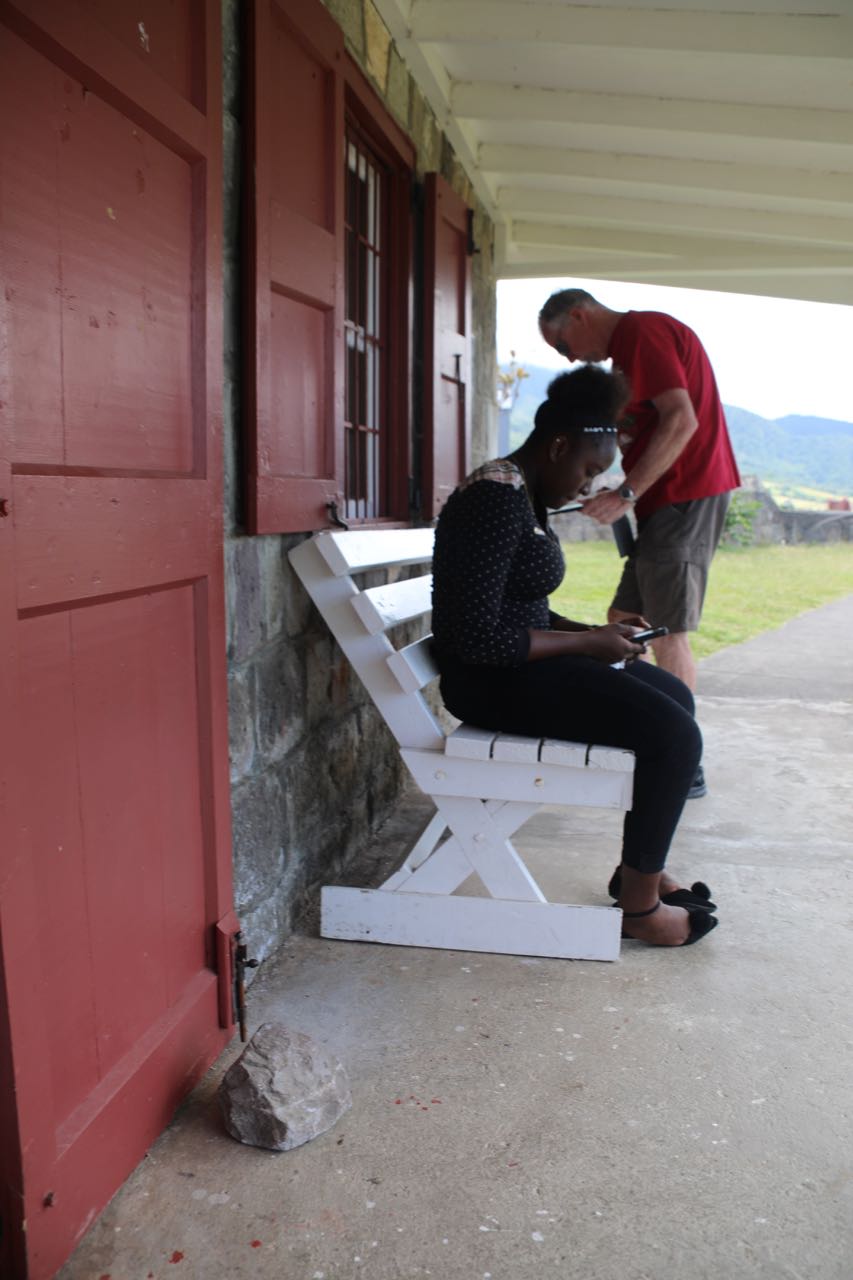
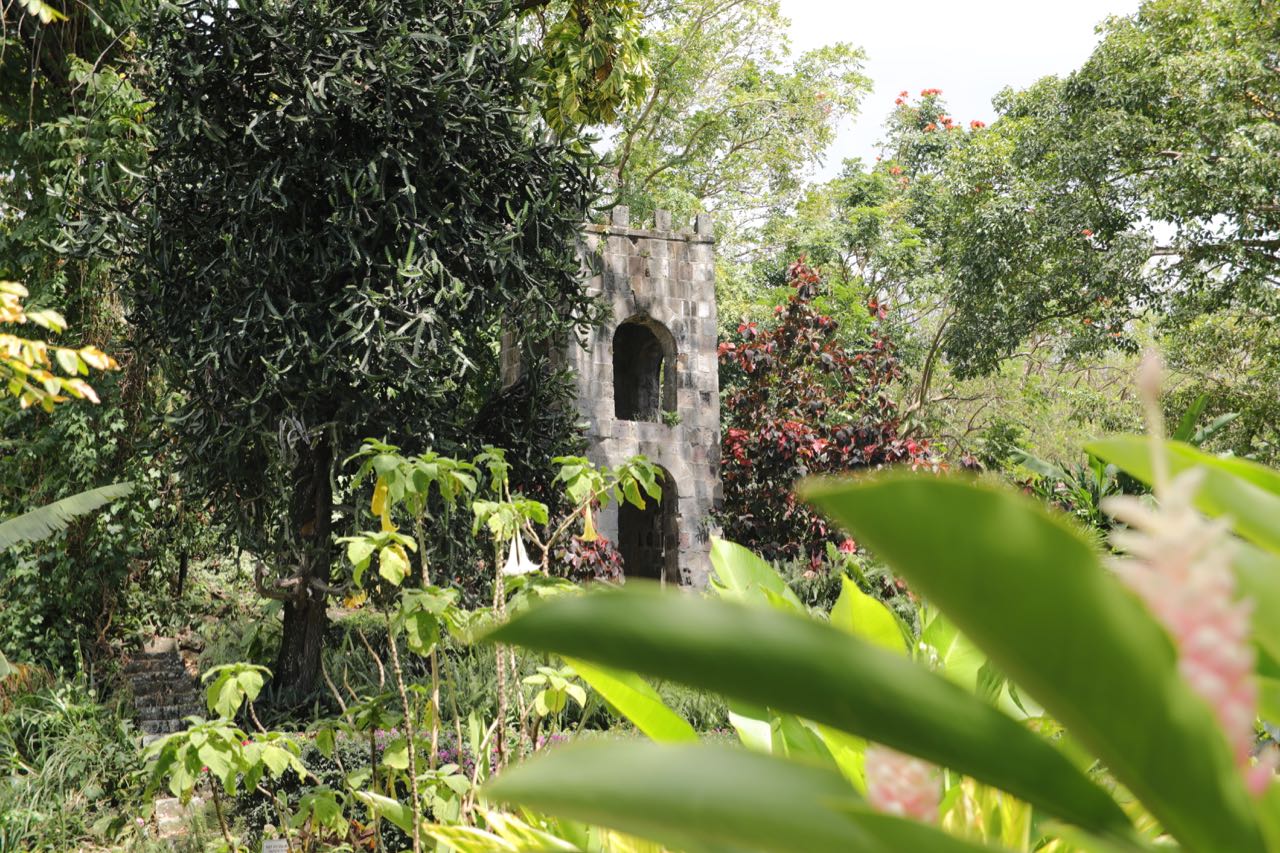
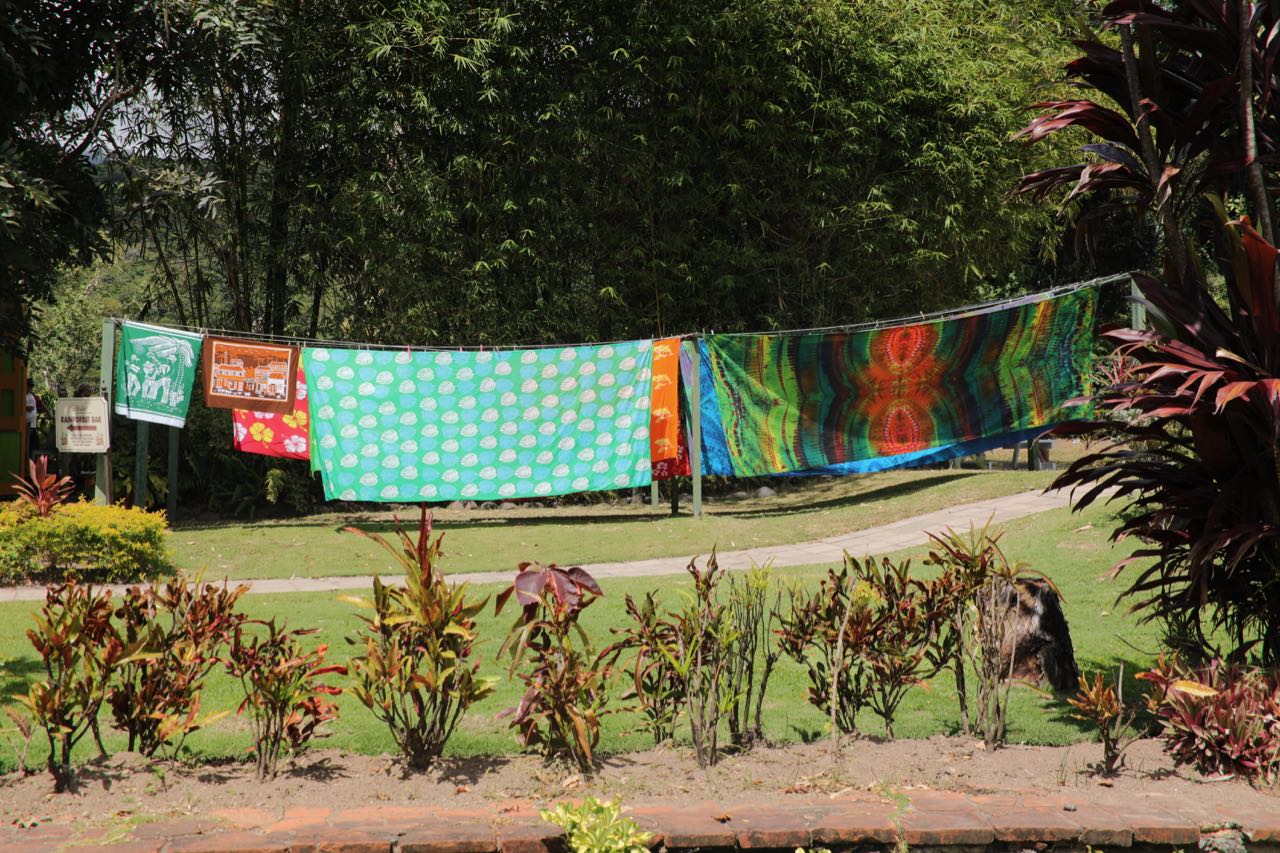
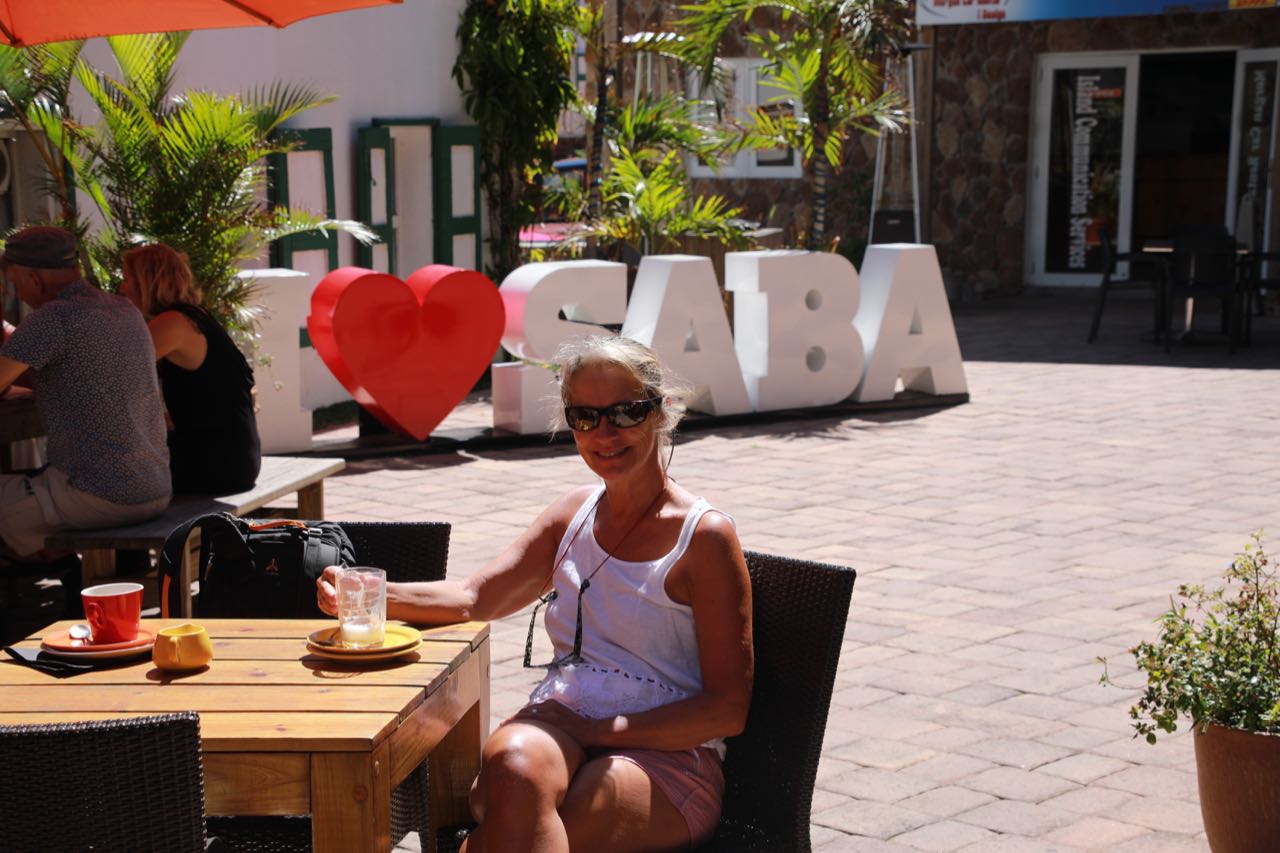
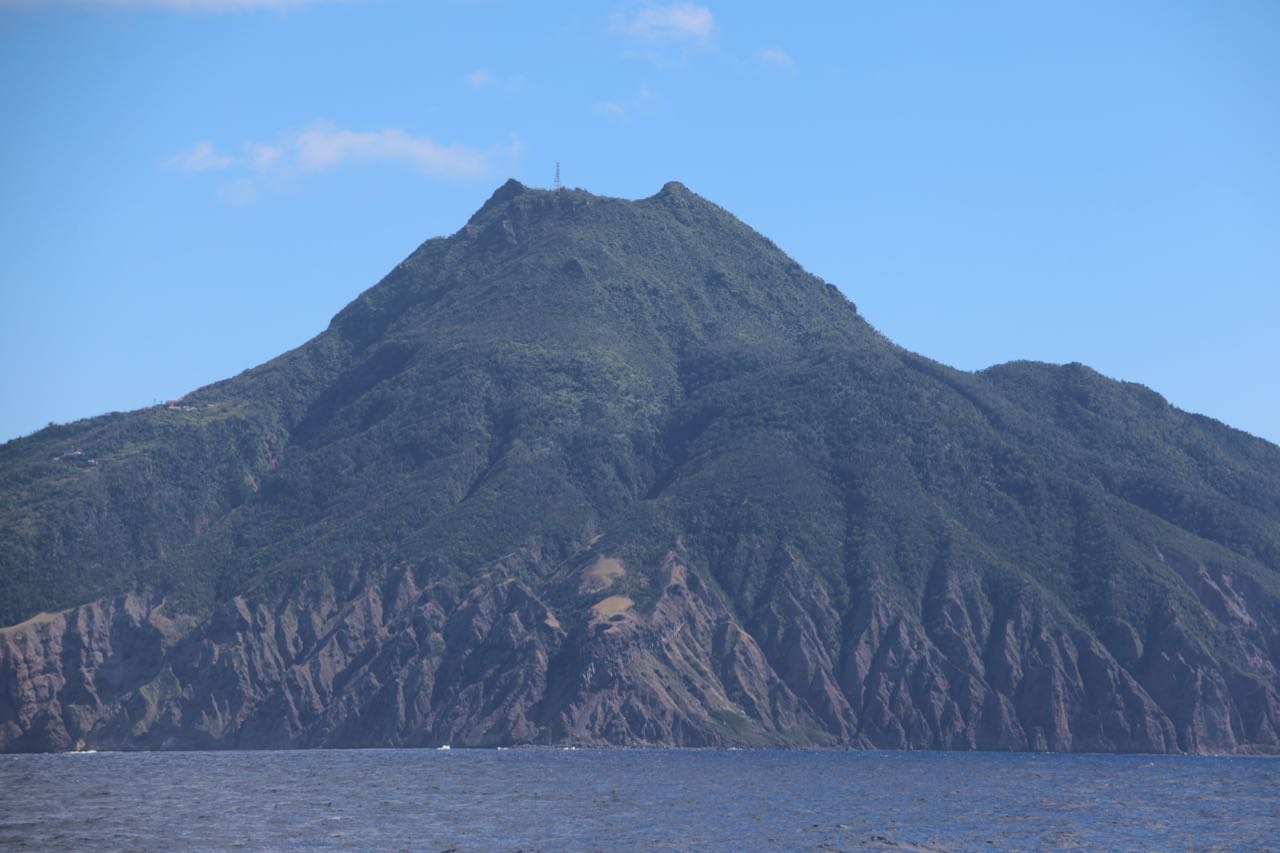
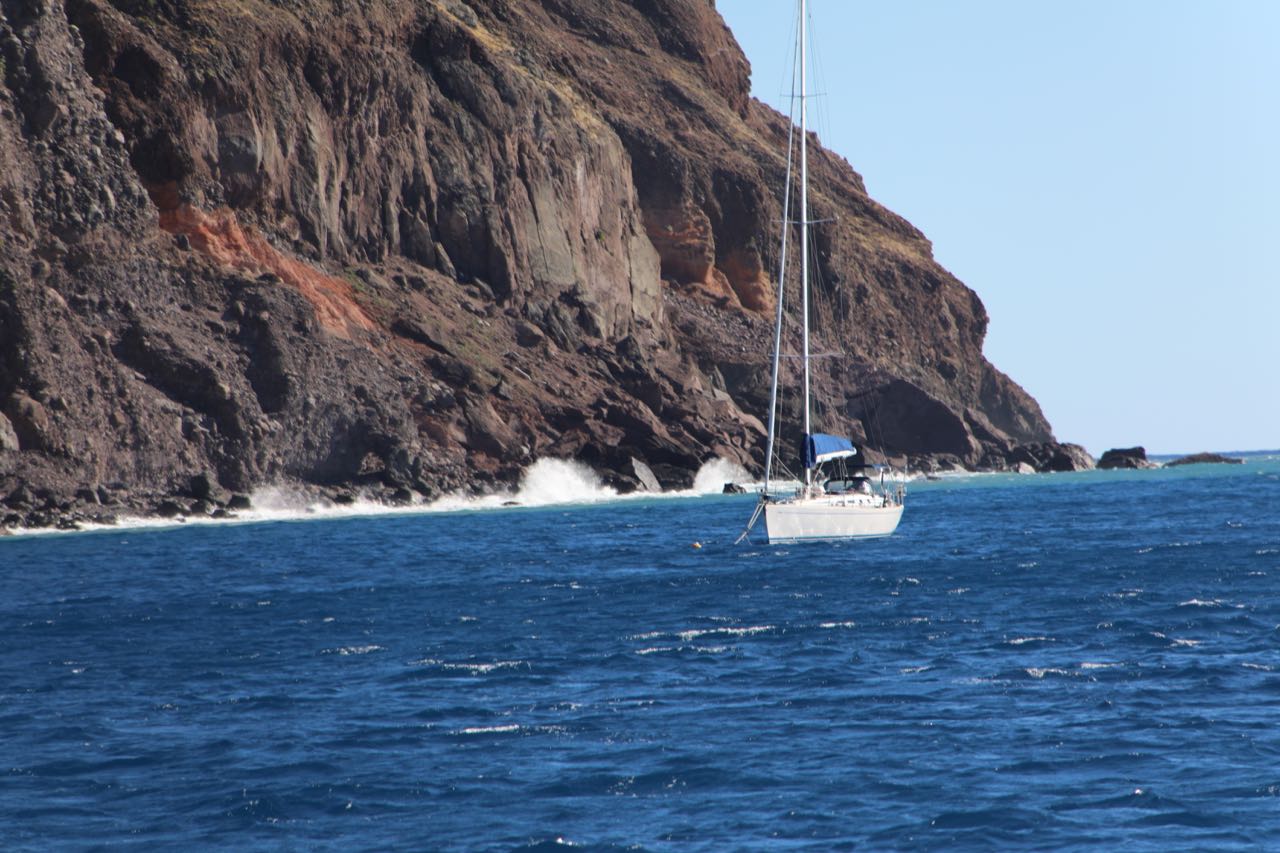
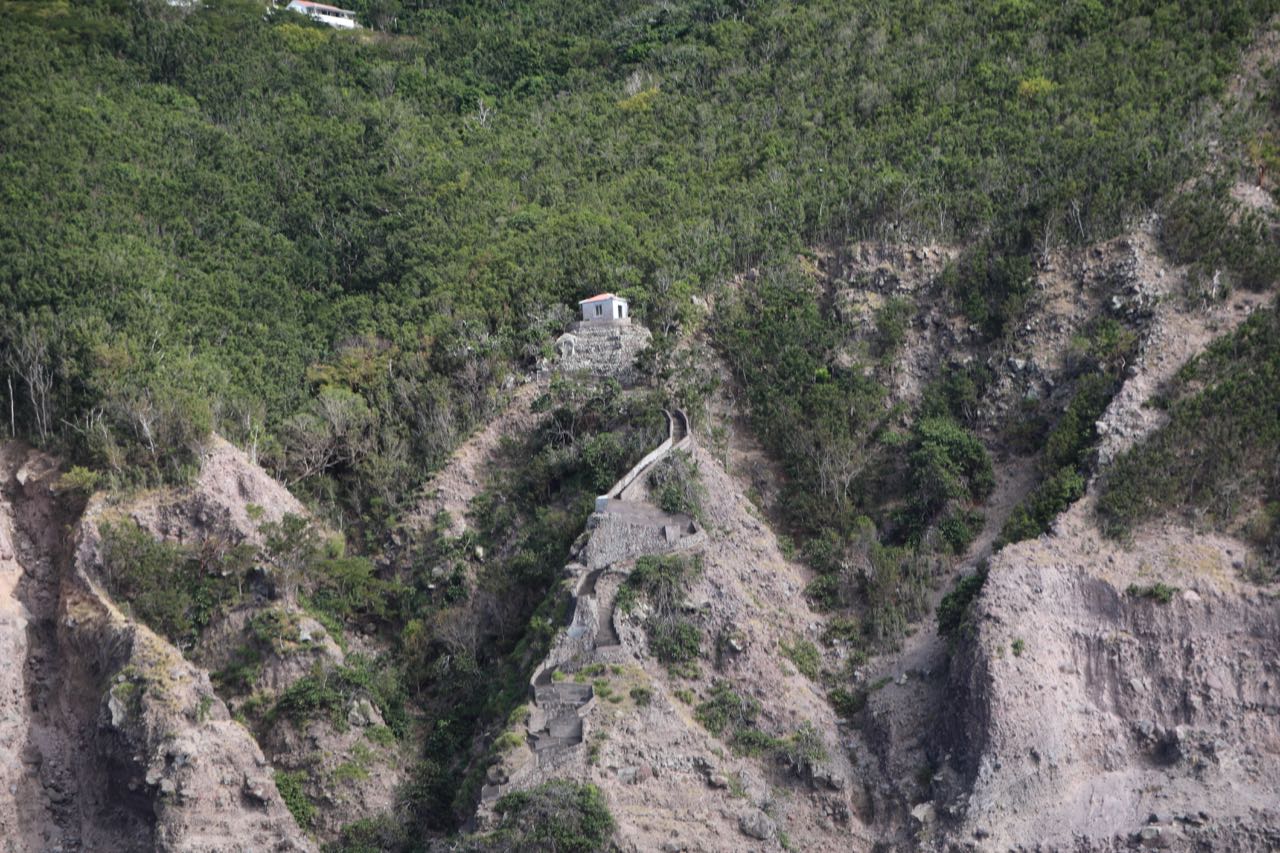
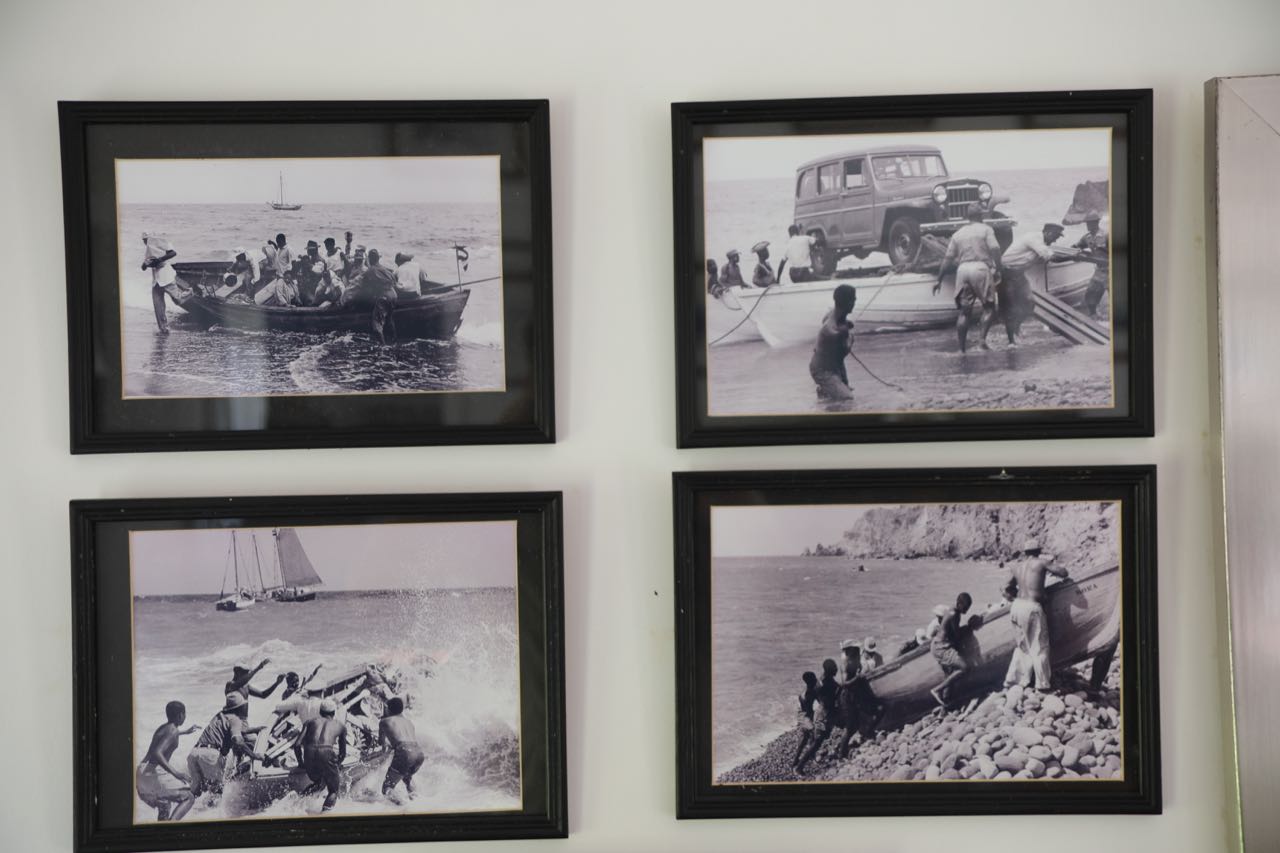
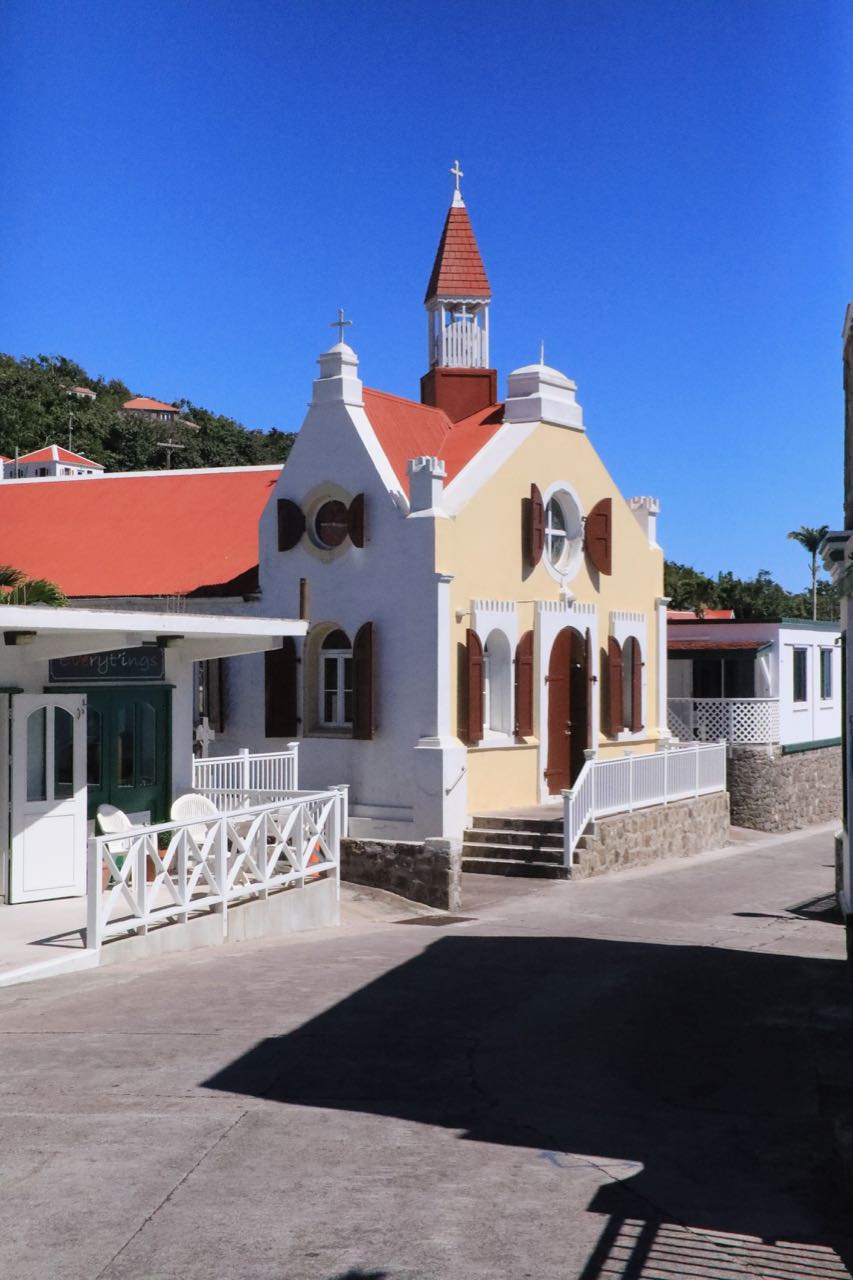

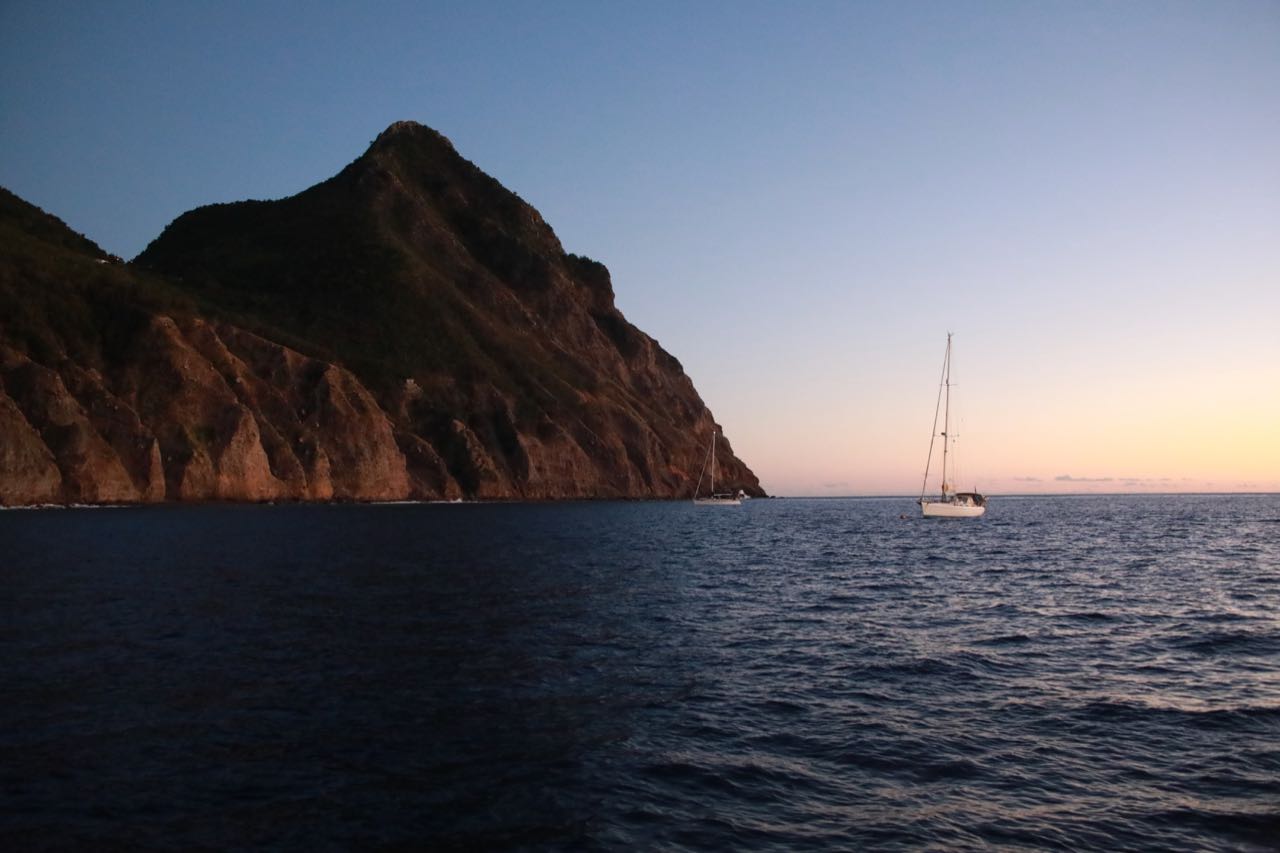

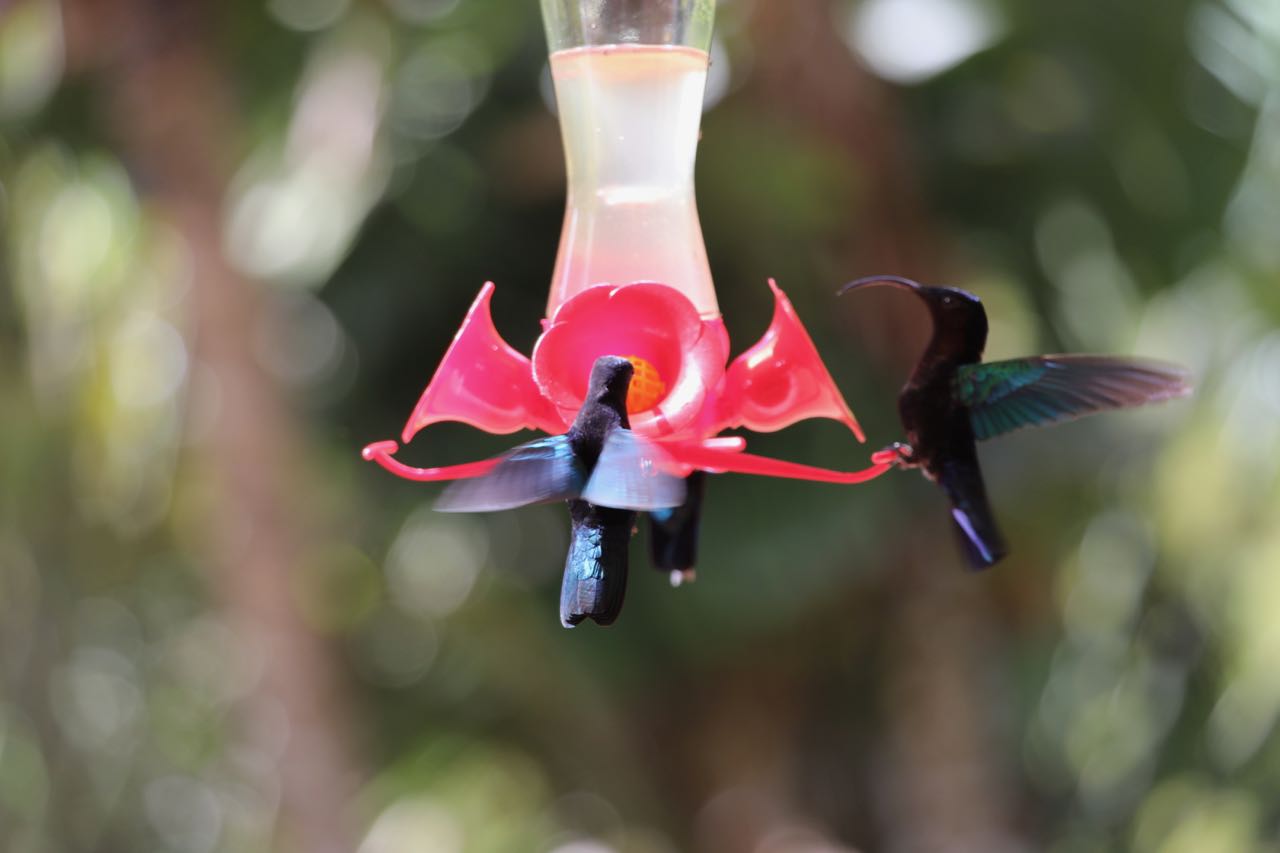
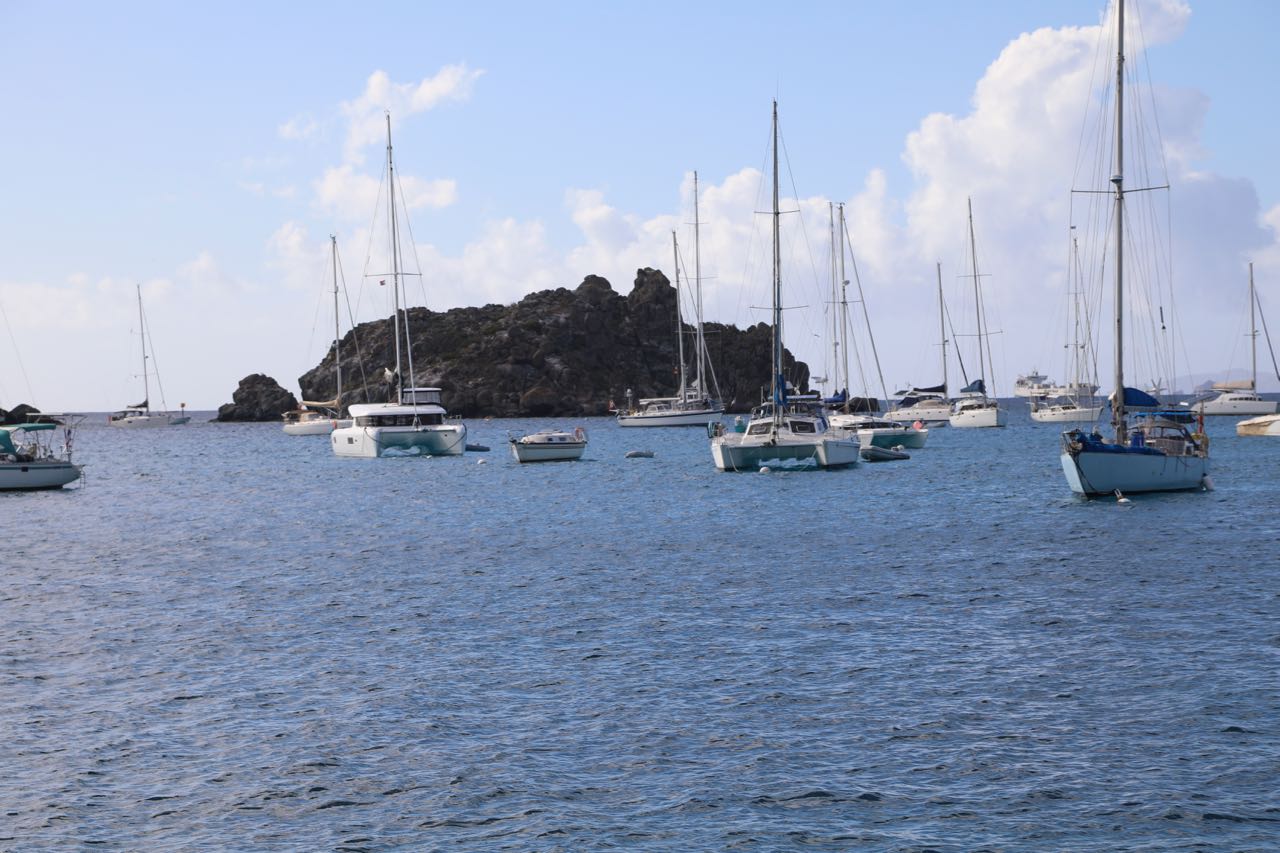

 Today it reminds you about a small swedish town on the west coast of Sweden, with houses and street names to match. But fortunately the bakeries and restaurants has long been occupied by the french, not to insult Marie, who flags out of Stockholm. But, fresh bread and croissants was in the waiting!
Today it reminds you about a small swedish town on the west coast of Sweden, with houses and street names to match. But fortunately the bakeries and restaurants has long been occupied by the french, not to insult Marie, who flags out of Stockholm. But, fresh bread and croissants was in the waiting!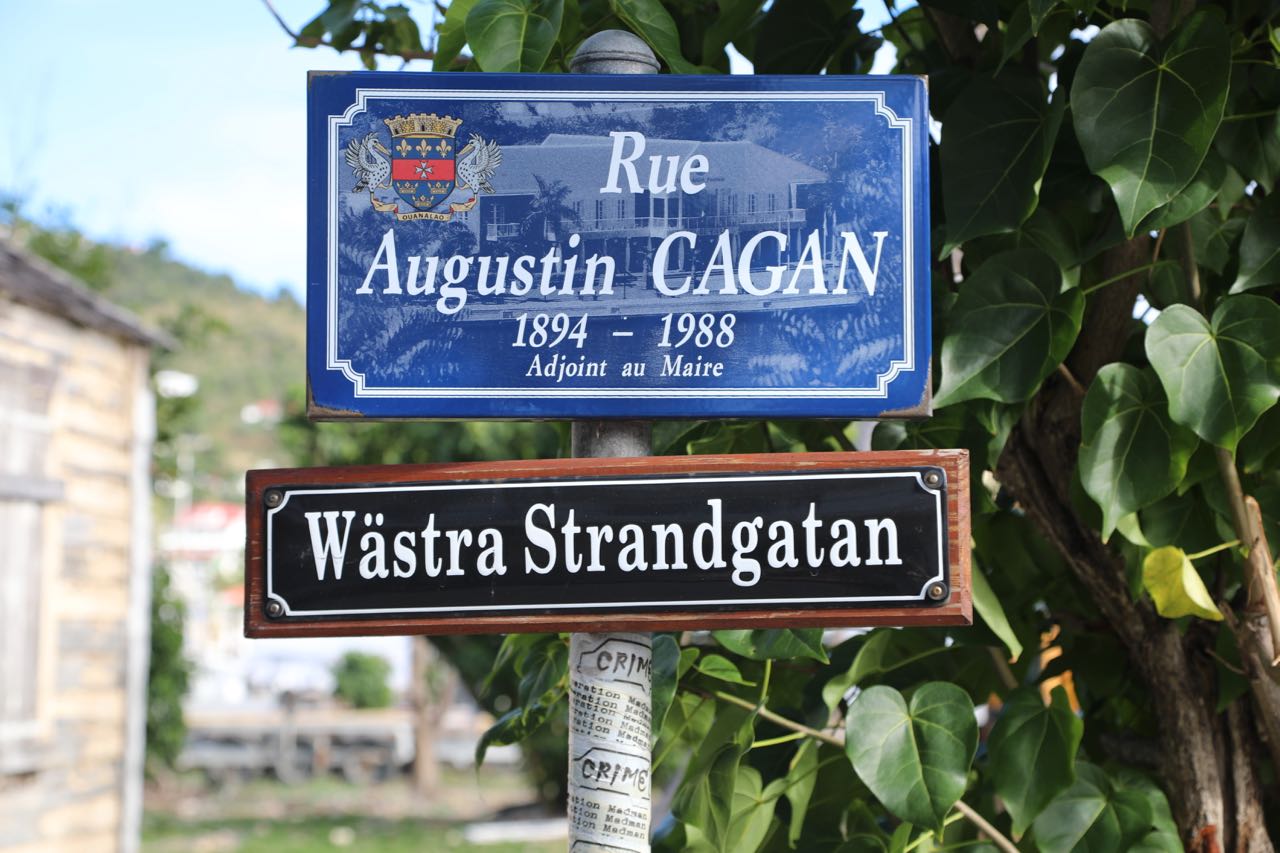
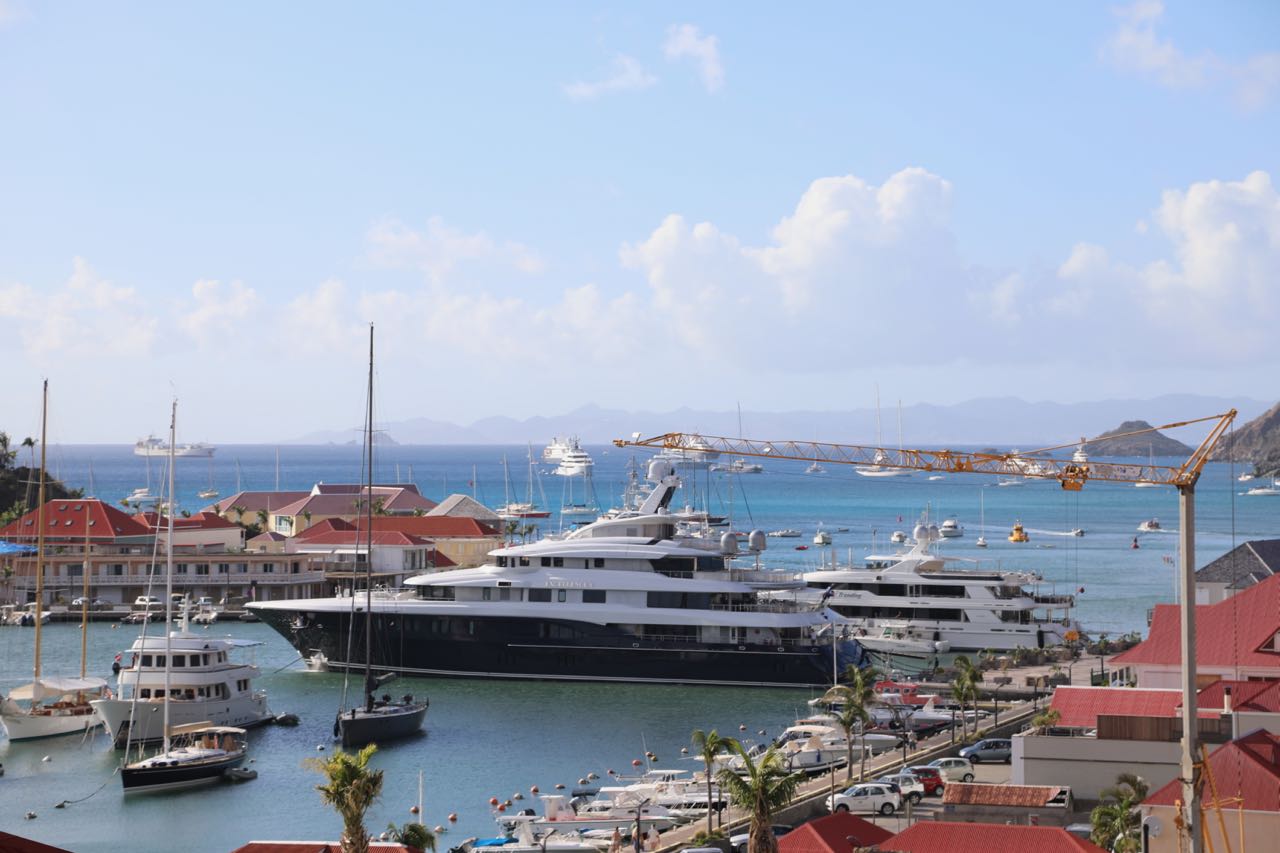
 I dived on it as usual, and it looked really great, but we did reinforced with a rope directly into the concrete on the bottom. We then enjoyed the turtles and stingrays, the hike to town and the refreshing swim in the sea. It is a very beautiful bay to visit.
I dived on it as usual, and it looked really great, but we did reinforced with a rope directly into the concrete on the bottom. We then enjoyed the turtles and stingrays, the hike to town and the refreshing swim in the sea. It is a very beautiful bay to visit.

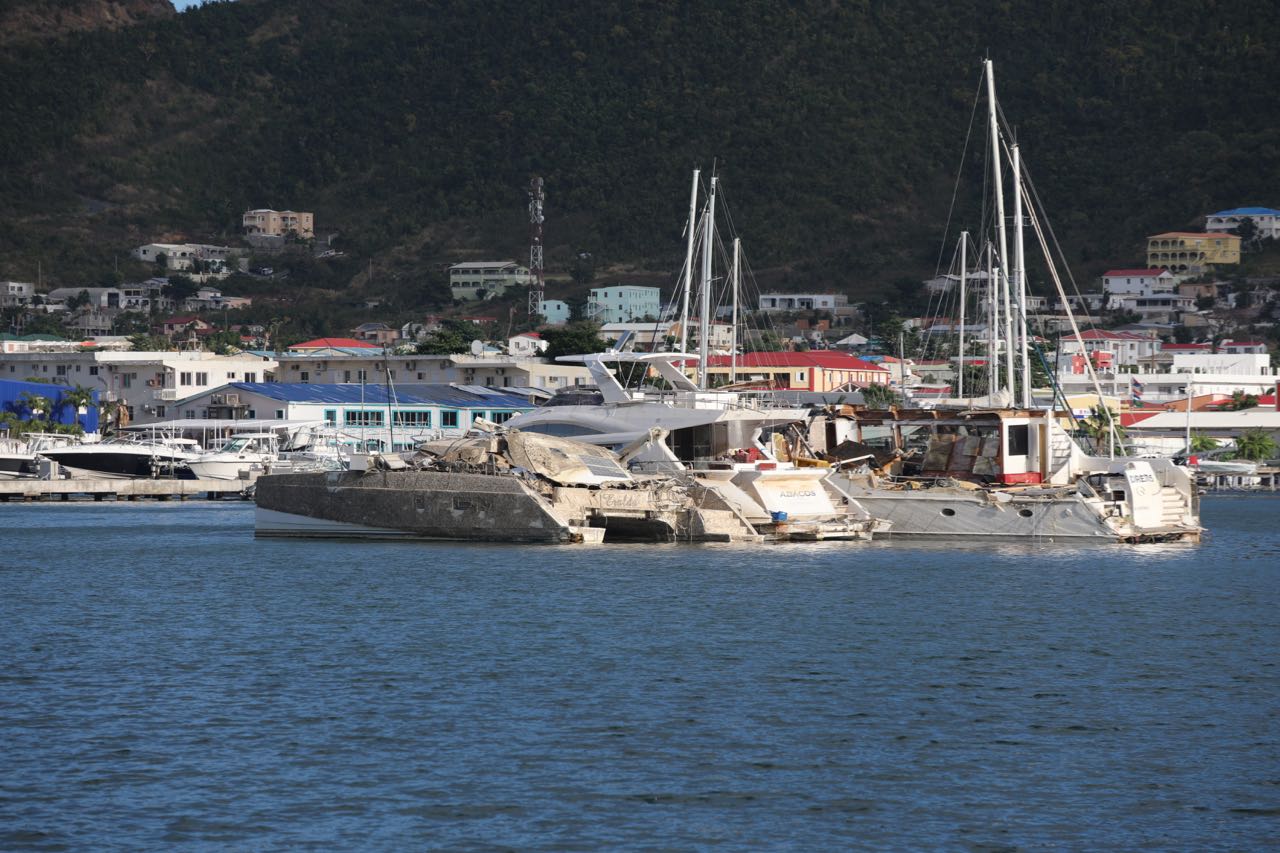

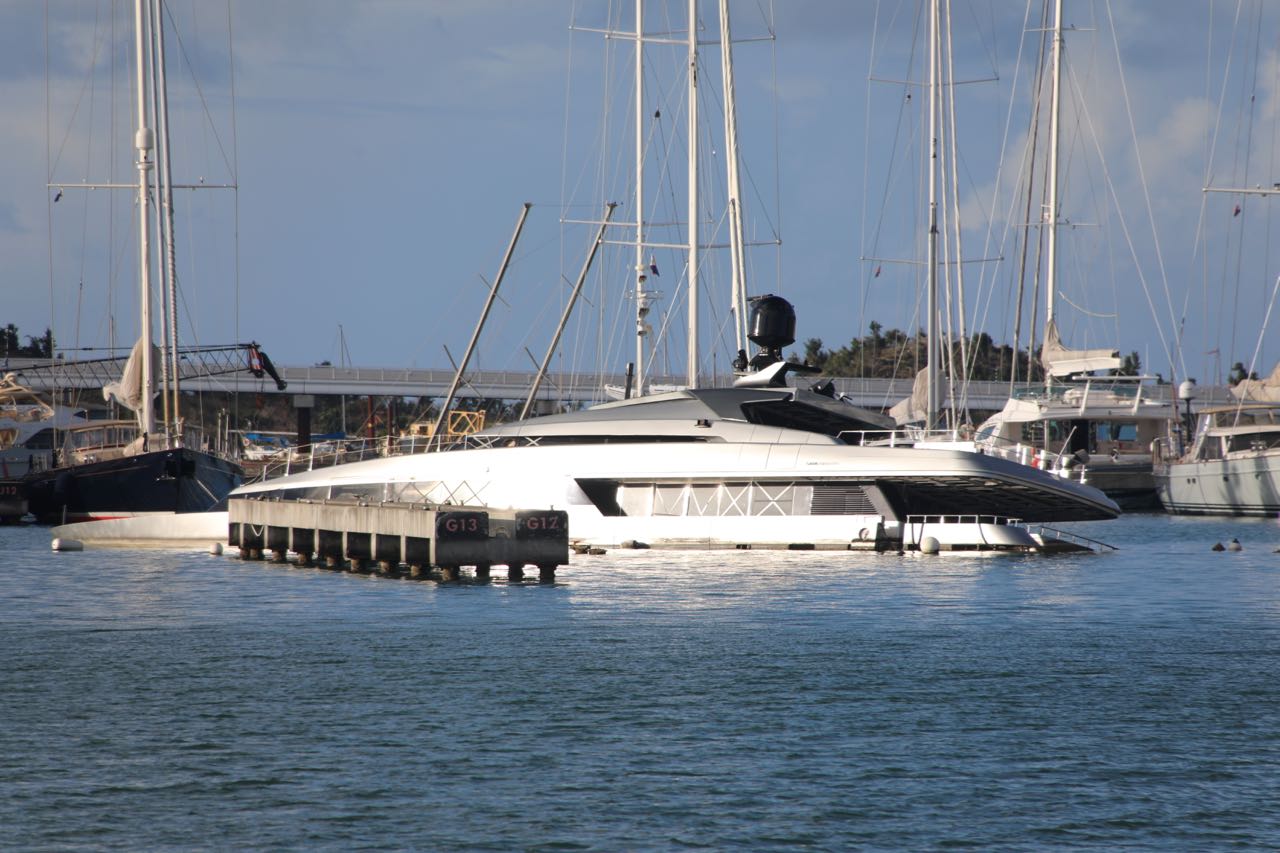
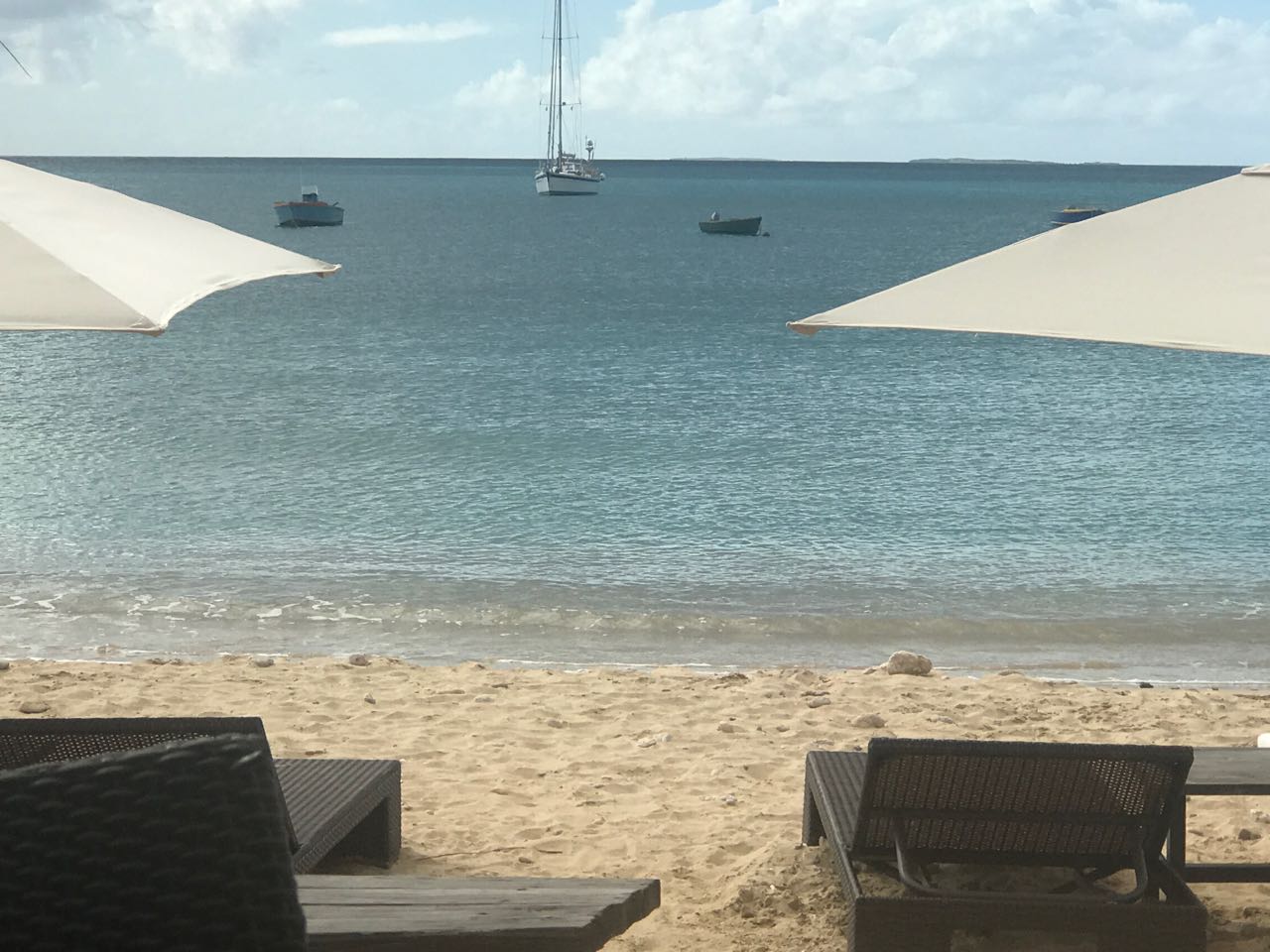
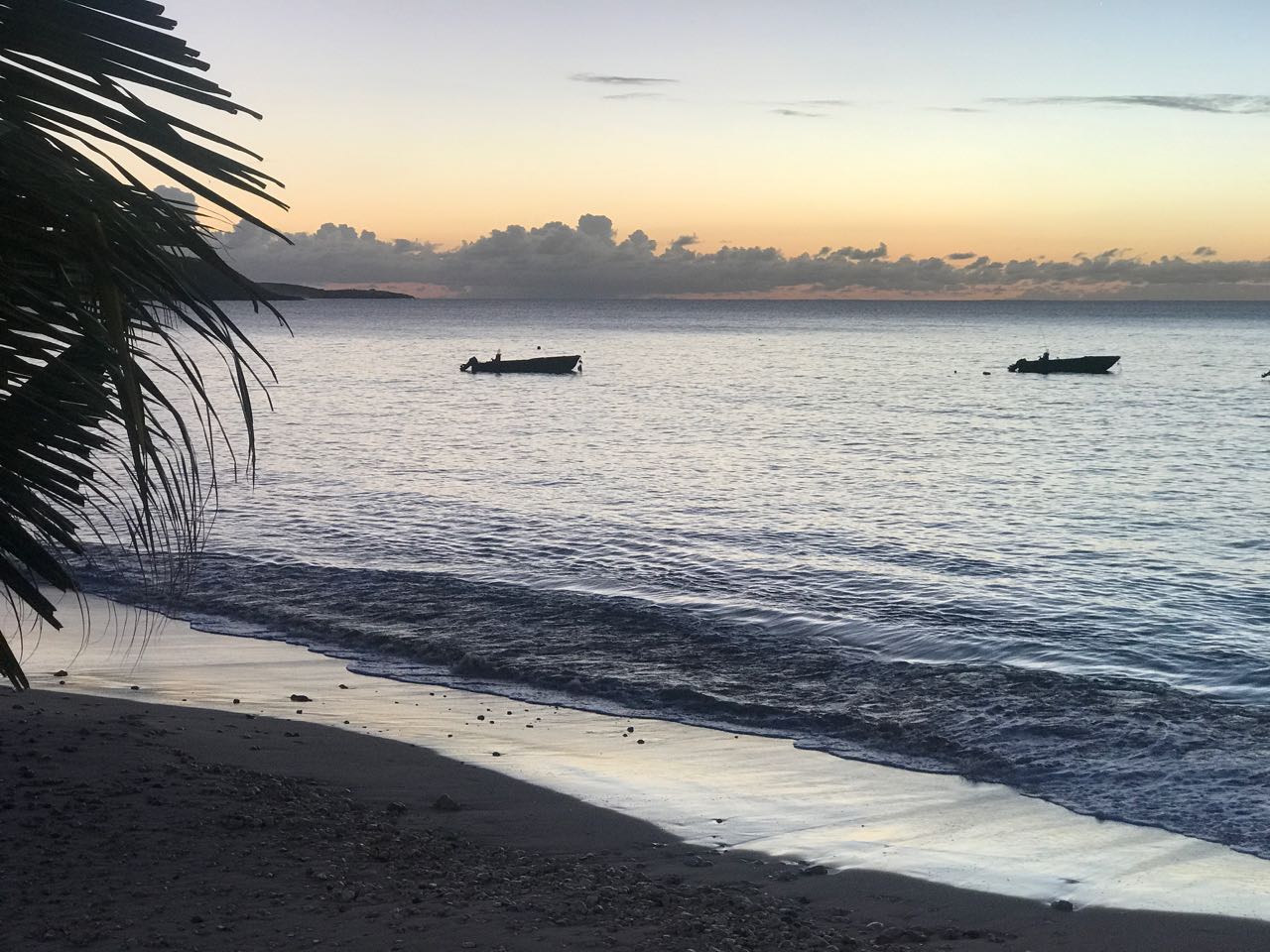

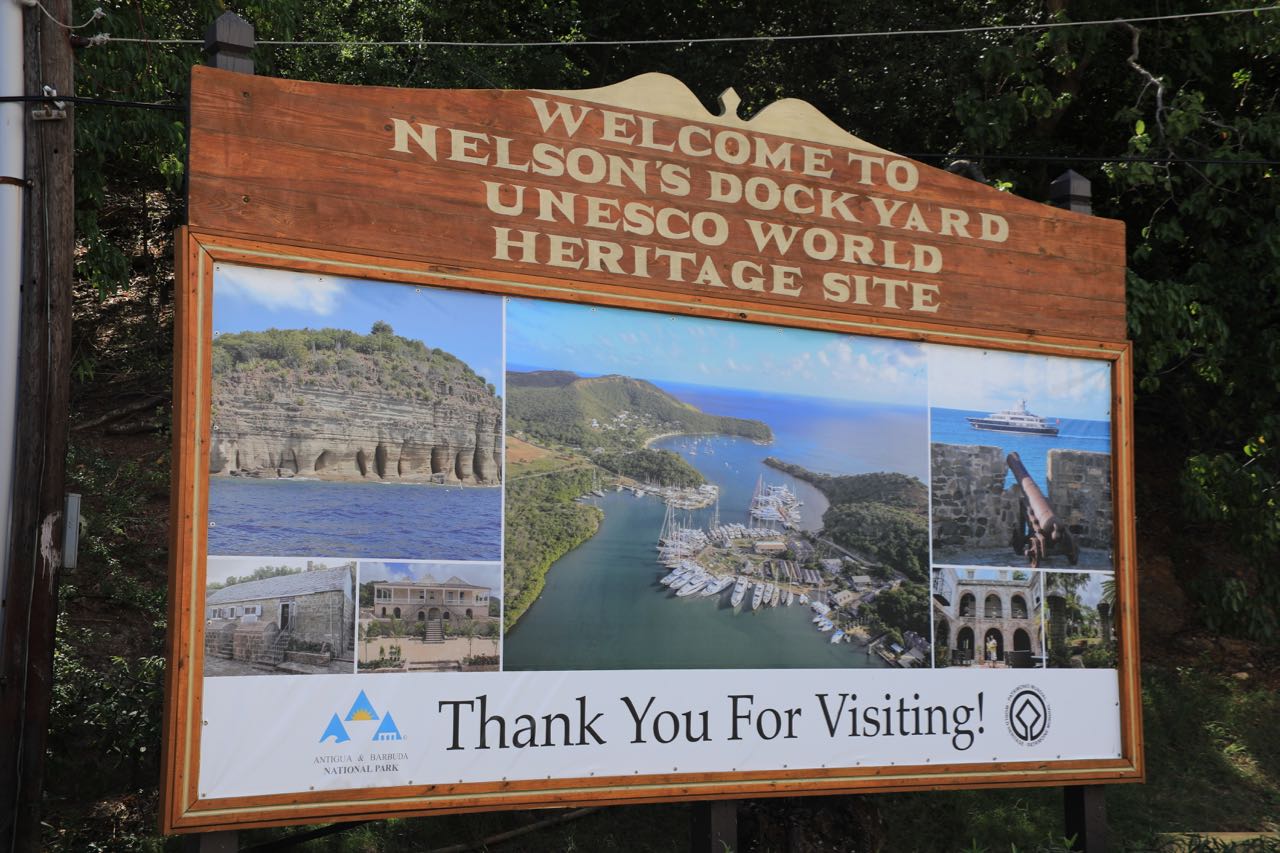
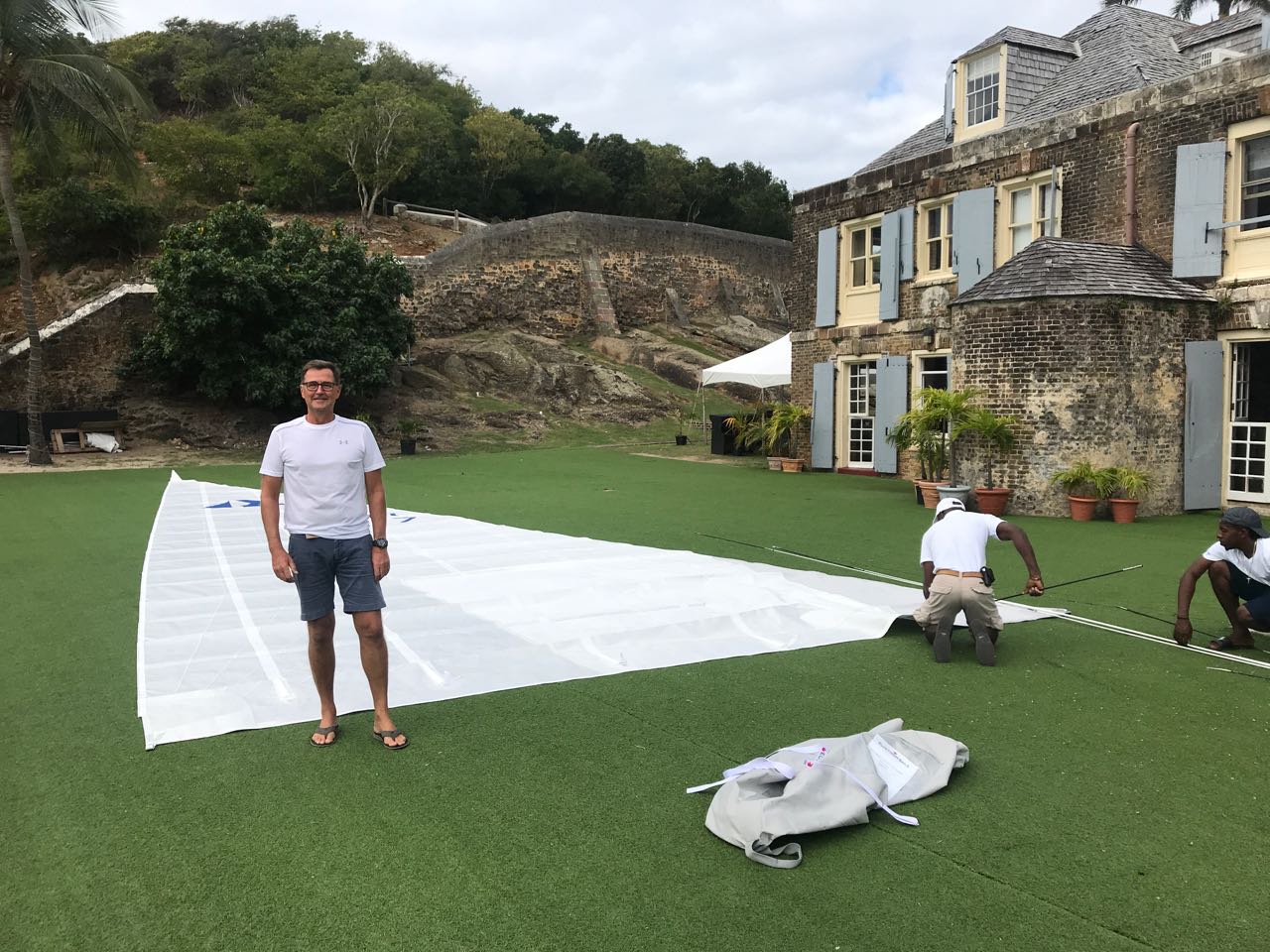
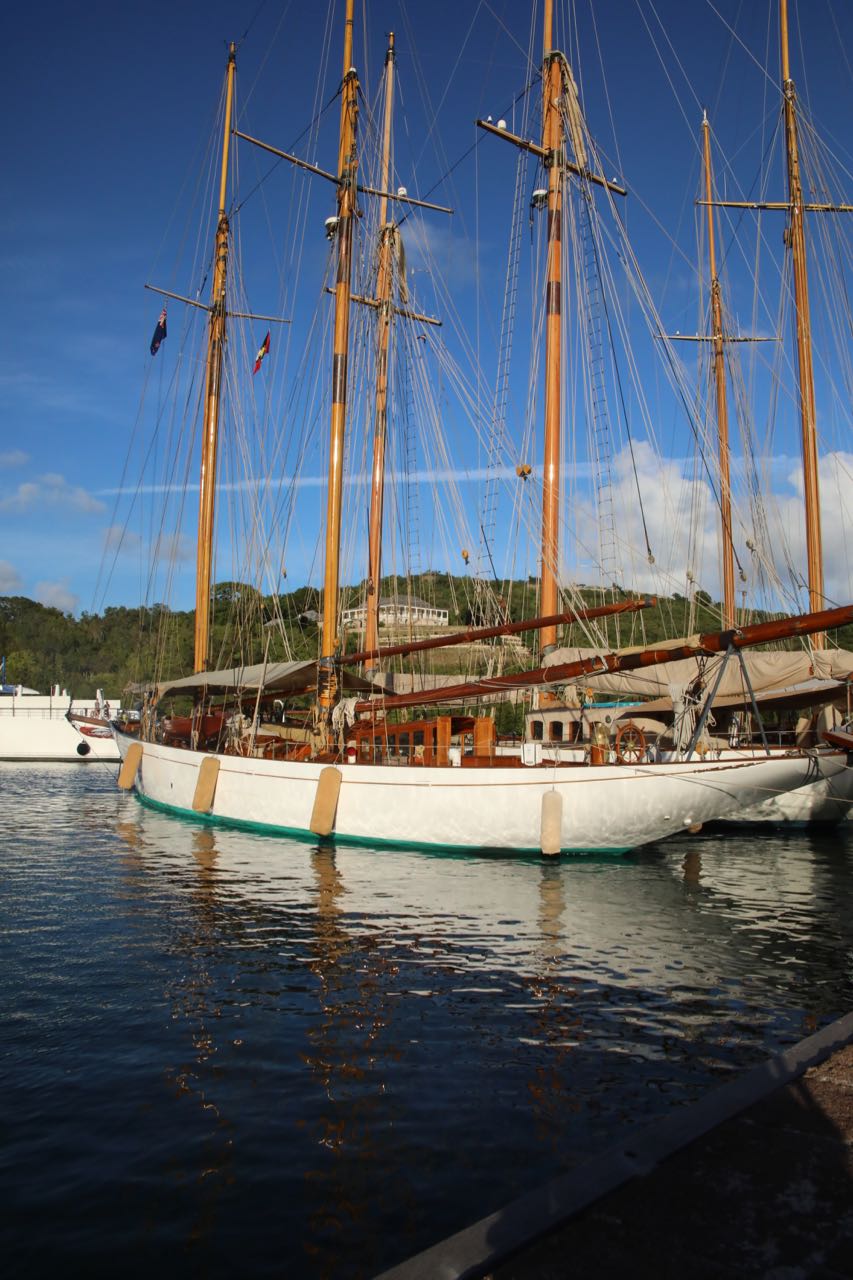
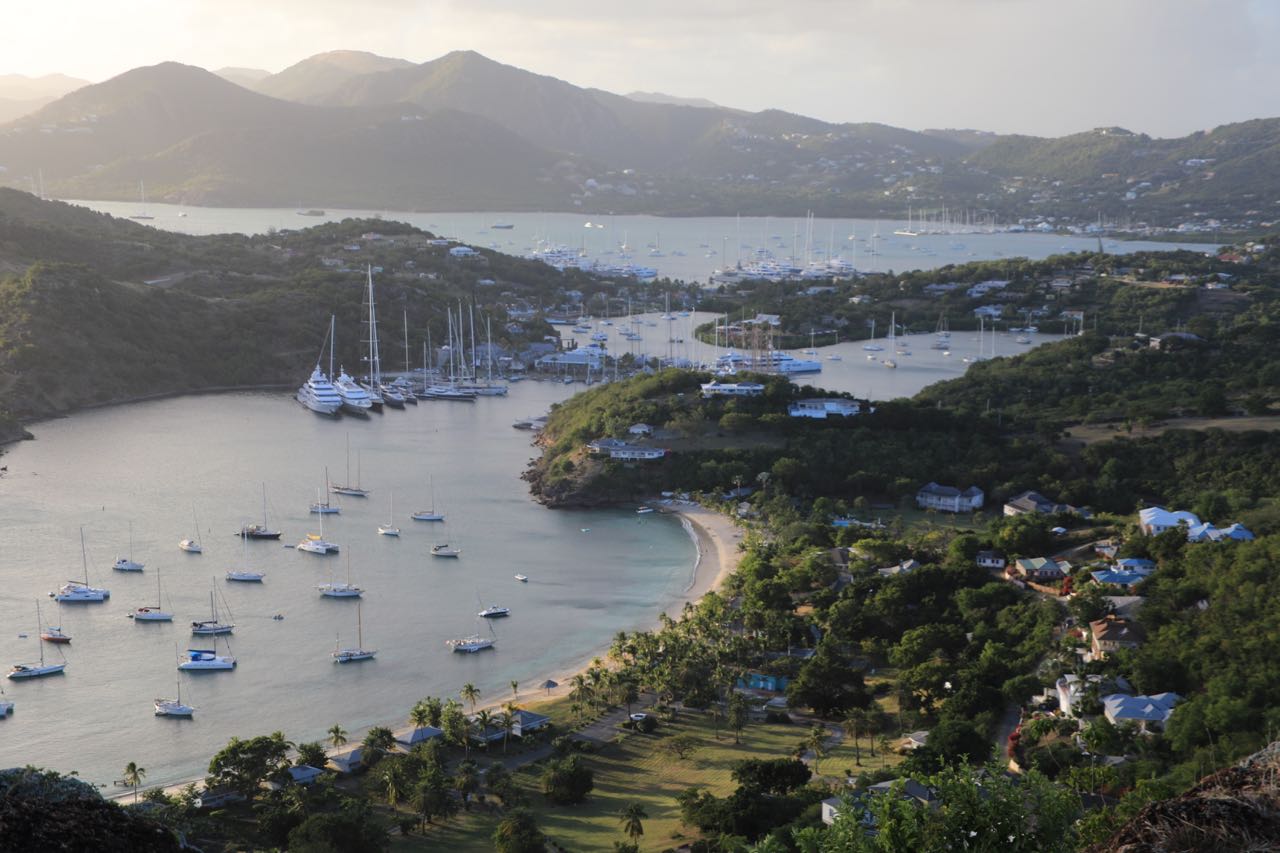
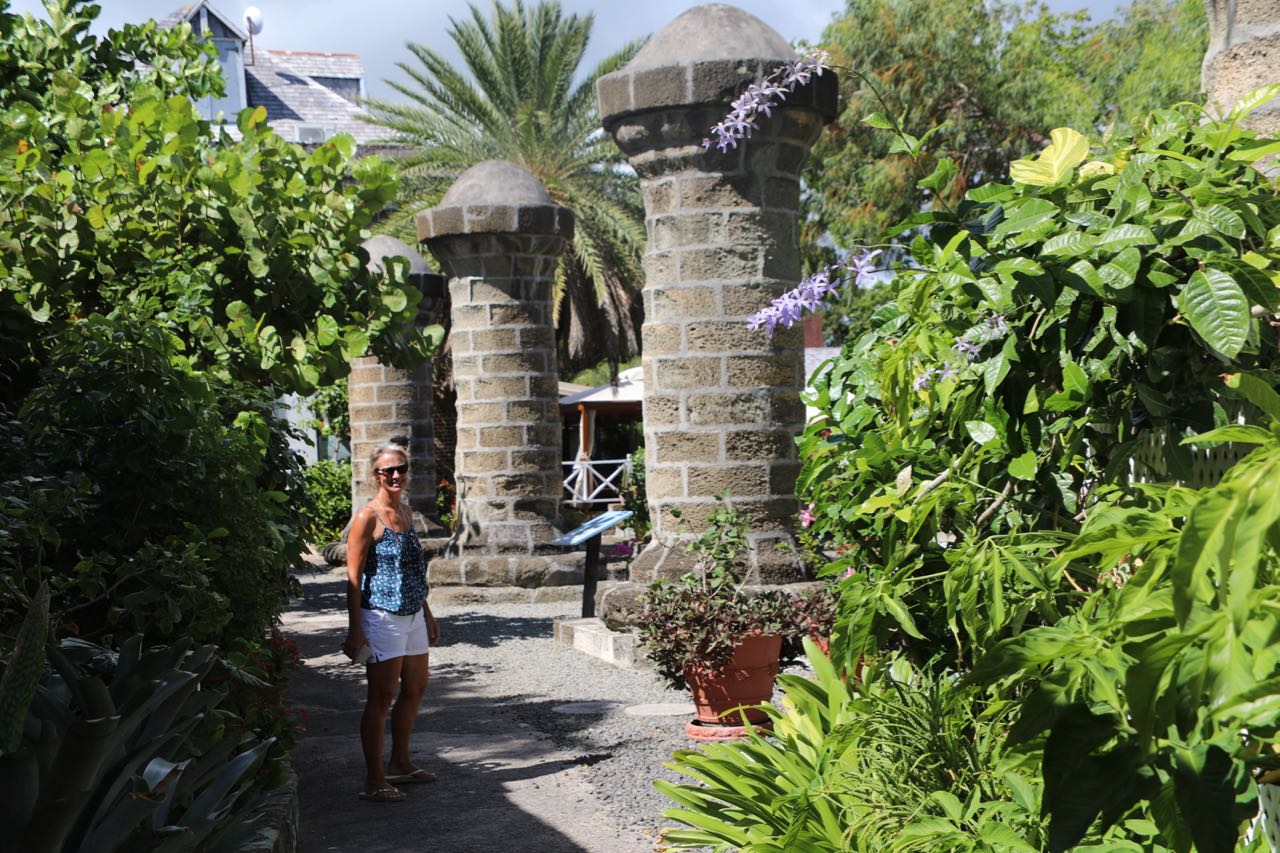

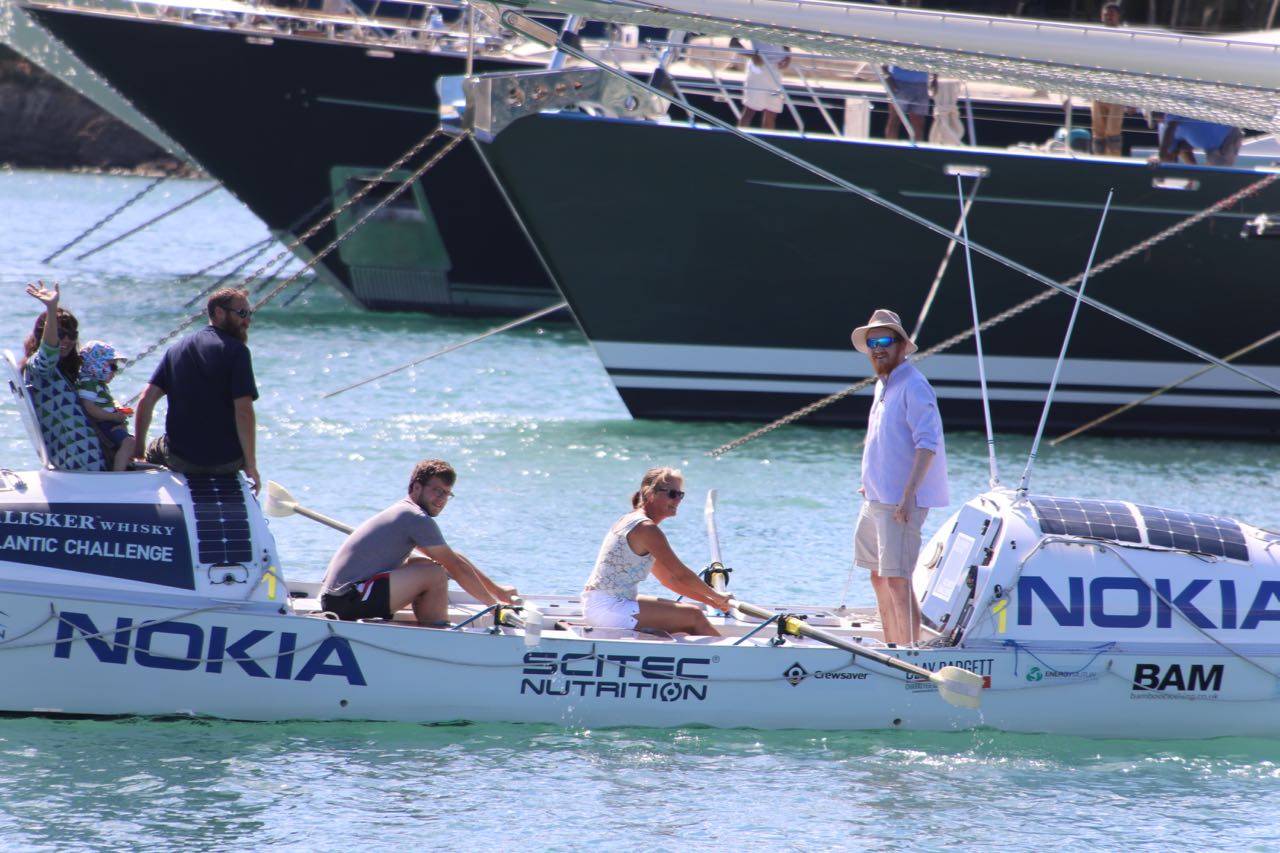
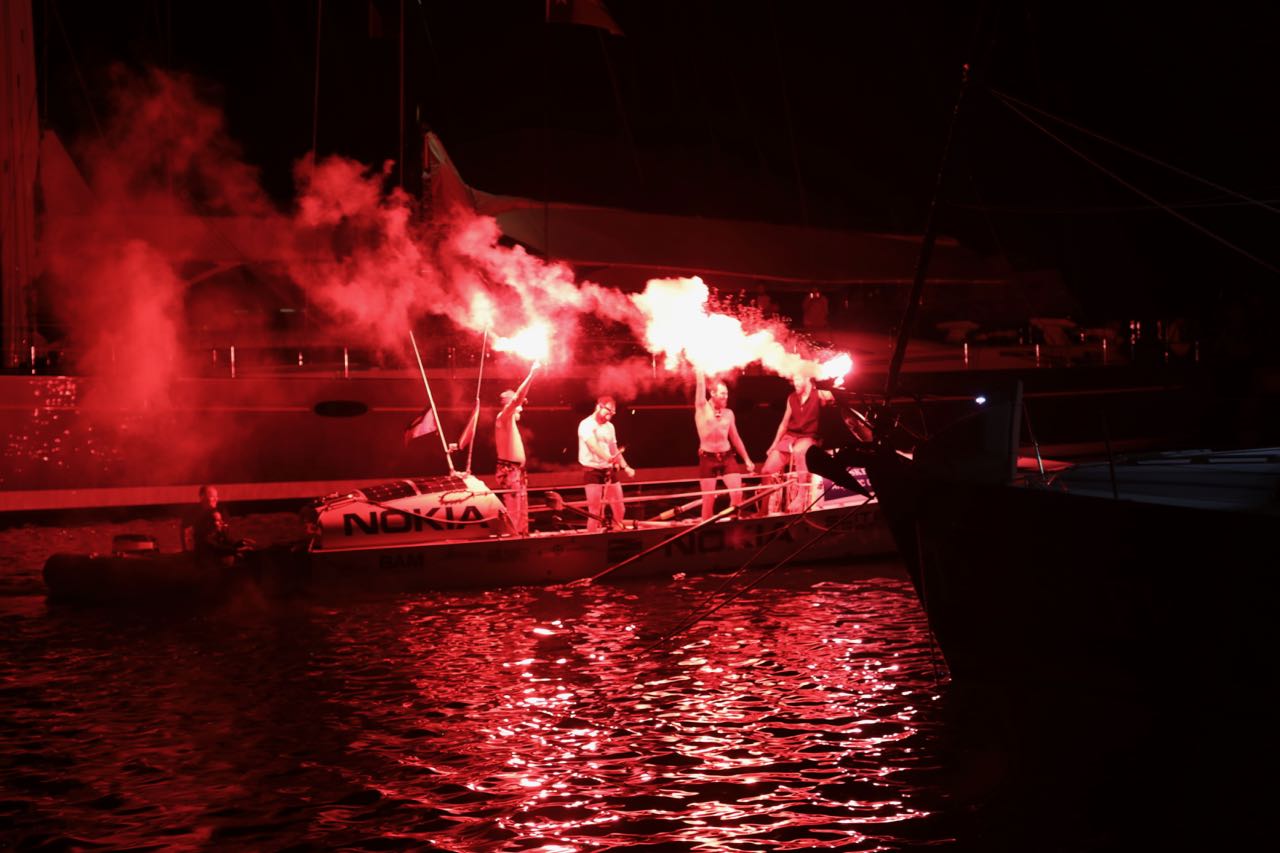

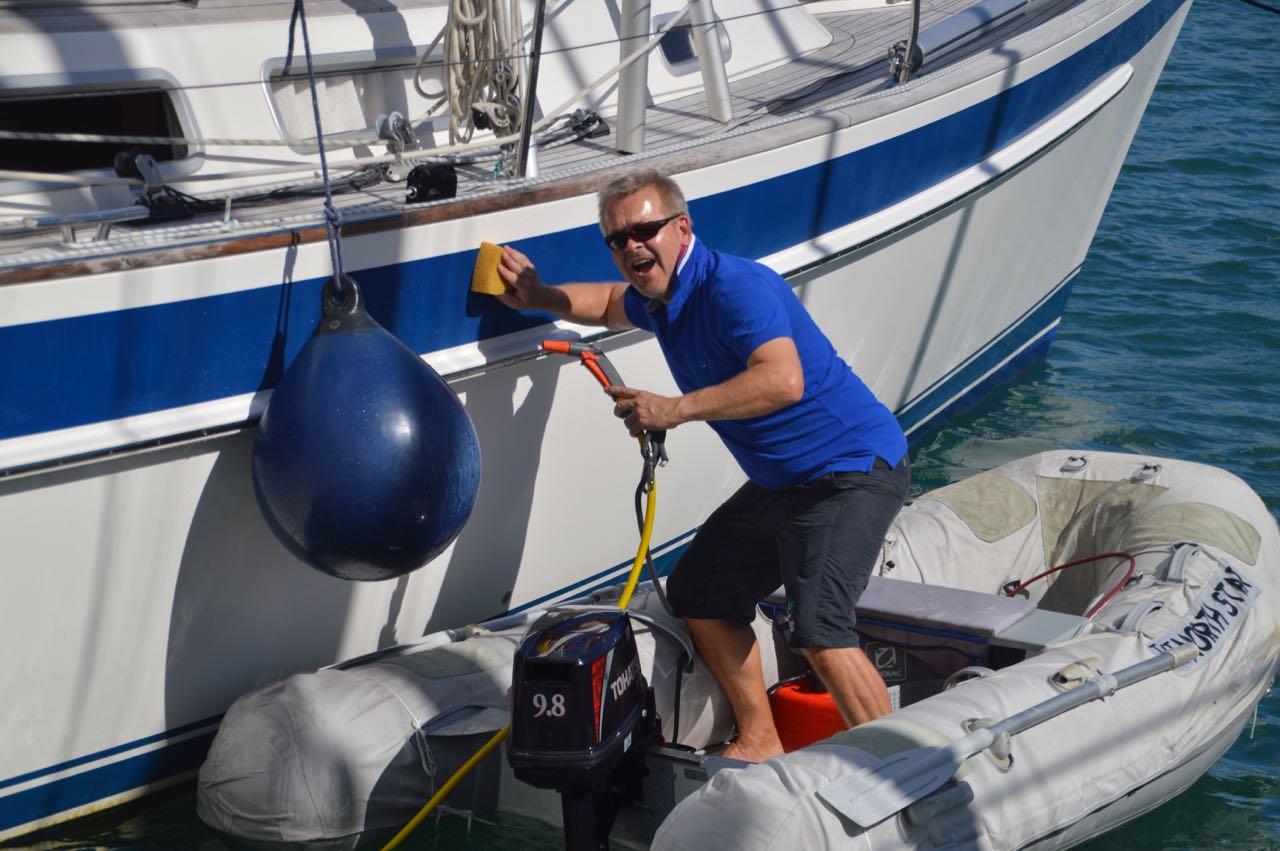
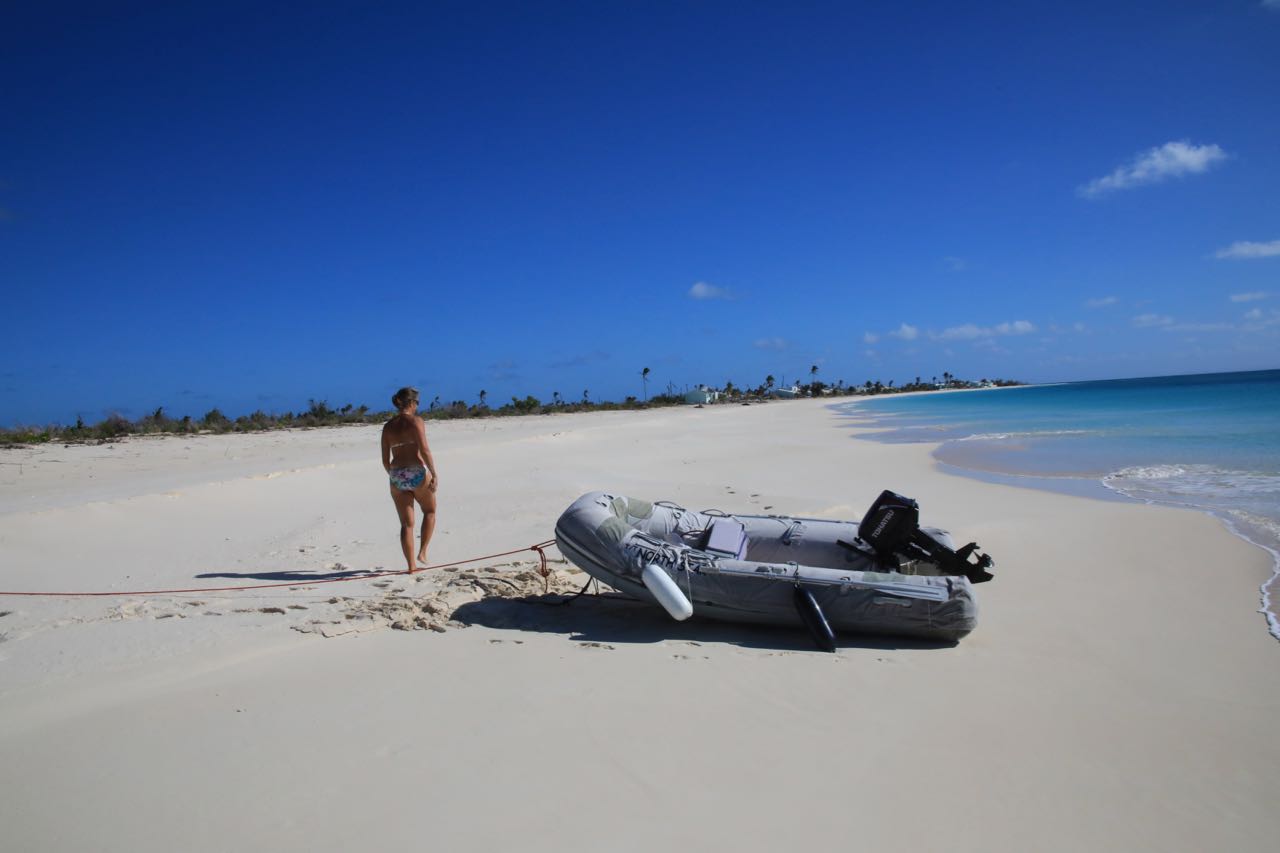
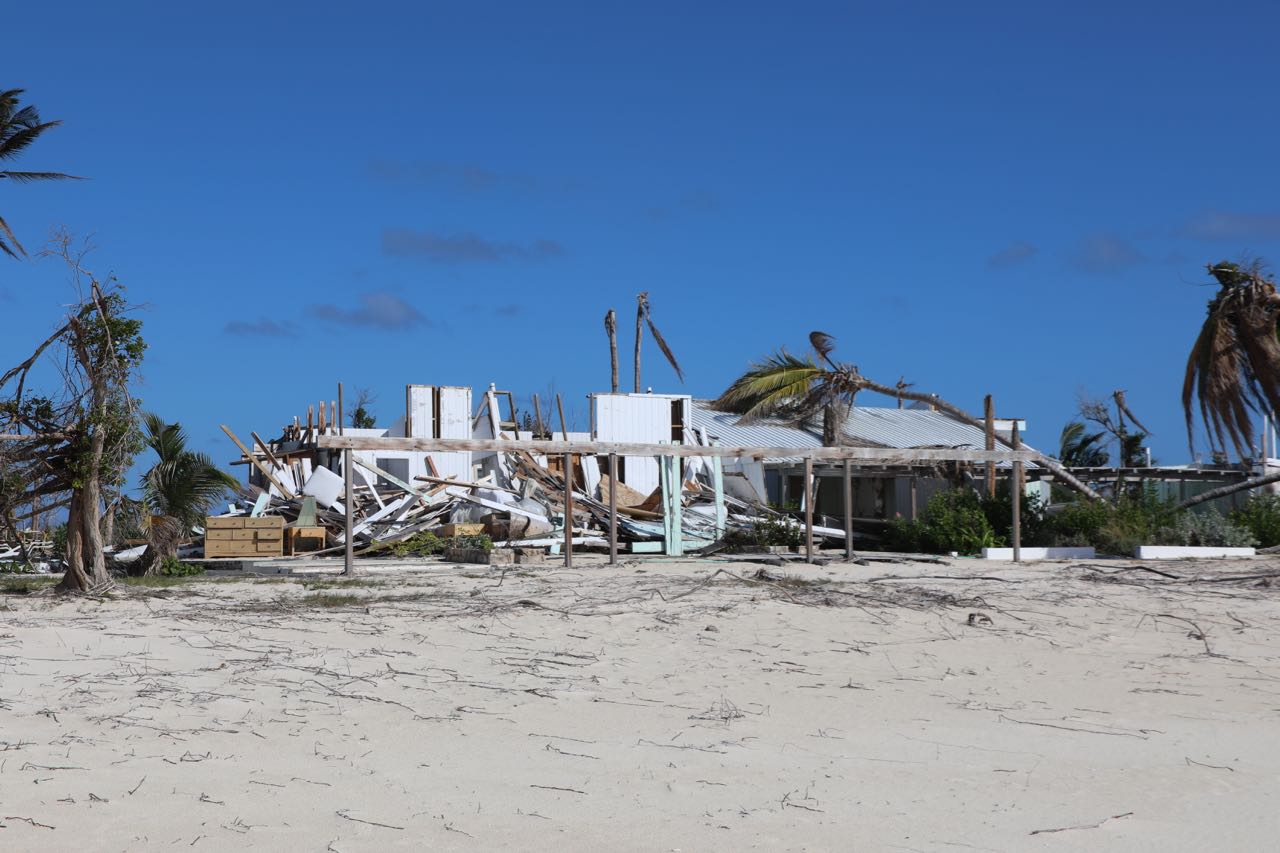
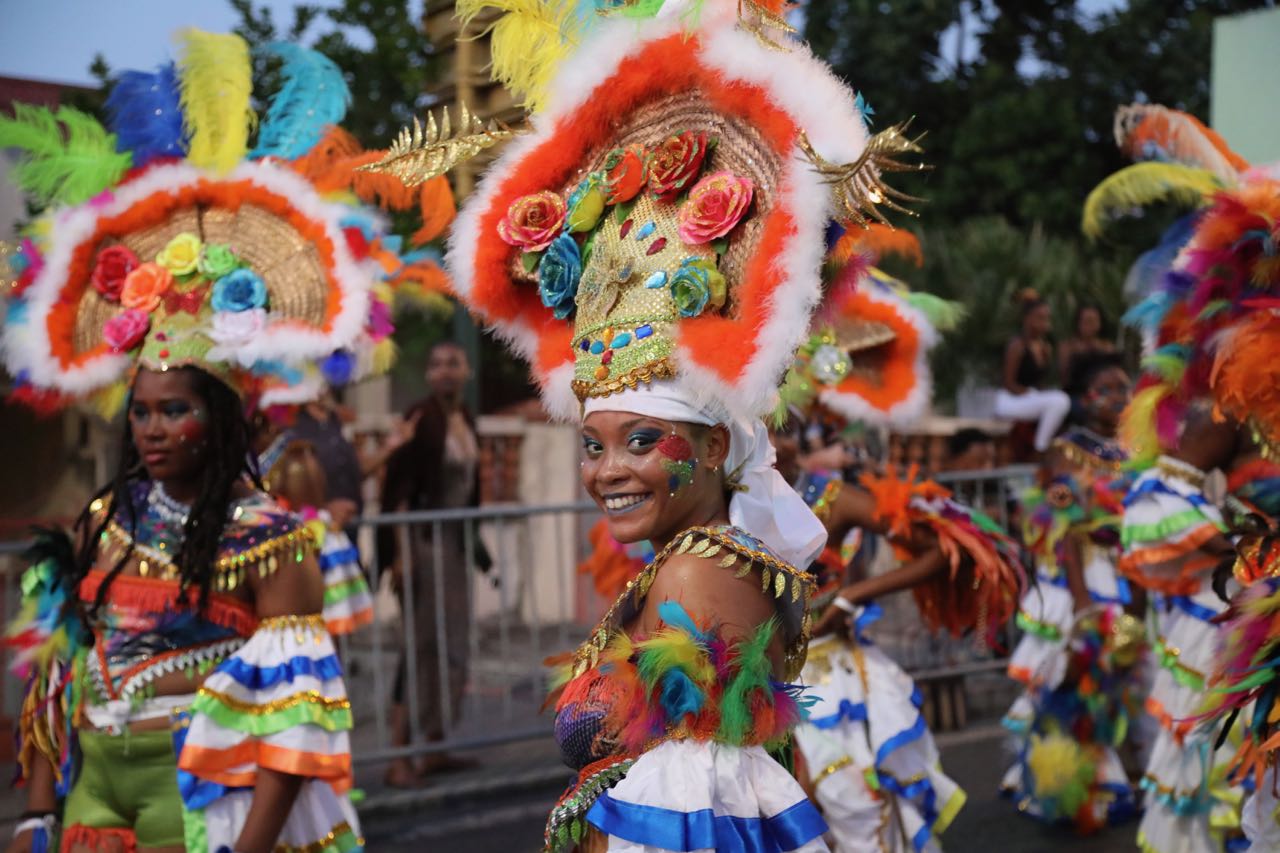
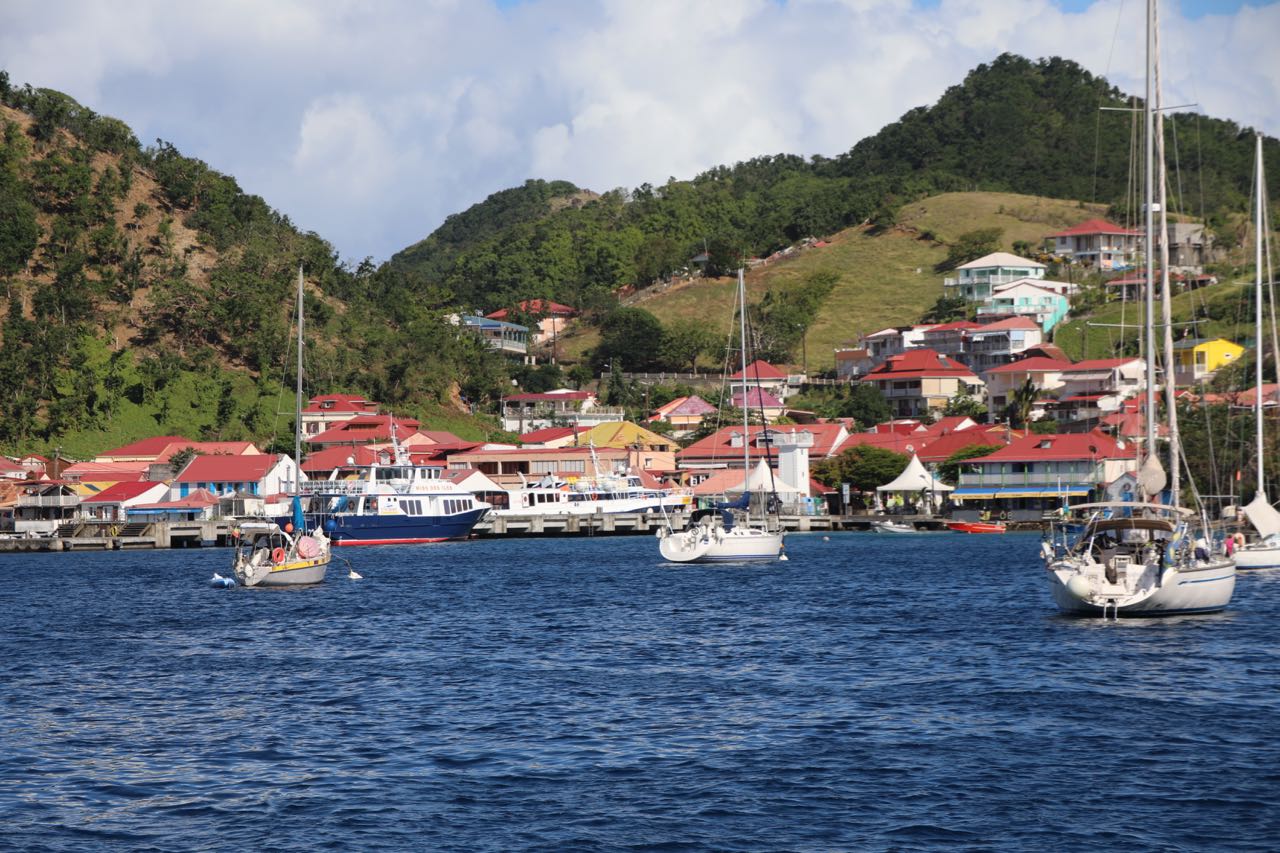

 We hiked around on the small islands, and the trip to the fort was spectacular. The view and the old fort was a joy. We also walked across the island to beautiful beaches. Do this in the morning before the ferry comes in with the “tourists”.
We hiked around on the small islands, and the trip to the fort was spectacular. The view and the old fort was a joy. We also walked across the island to beautiful beaches. Do this in the morning before the ferry comes in with the “tourists”.
 After the previous island we had seen, we felted pampered and spoiled in this relaxed upscale Anholt environment – and it was easy to become landlocked here. Especially when our friends from Greyhound arrived.
After the previous island we had seen, we felted pampered and spoiled in this relaxed upscale Anholt environment – and it was easy to become landlocked here. Especially when our friends from Greyhound arrived.
 It is a short 20 nm sail, but upwind in the Atlantic waves and 20 knots of wind, so for the first time our damaged and rather reduced sails, were perfect and we made it into a very nice marine called Bas de Fort, which answer on ch. 9. Just use the buoyed entrance and you will come right in. It cost € 30 a night and it is well protected, all services available, lots of activityinand around the marina. You properly should reserve inadvance. In generel, we have learned that sending an email afew days before arrival always help, even though you often do not get an answer.
It is a short 20 nm sail, but upwind in the Atlantic waves and 20 knots of wind, so for the first time our damaged and rather reduced sails, were perfect and we made it into a very nice marine called Bas de Fort, which answer on ch. 9. Just use the buoyed entrance and you will come right in. It cost € 30 a night and it is well protected, all services available, lots of activityinand around the marina. You properly should reserve inadvance. In generel, we have learned that sending an email afew days before arrival always help, even though you often do not get an answer.
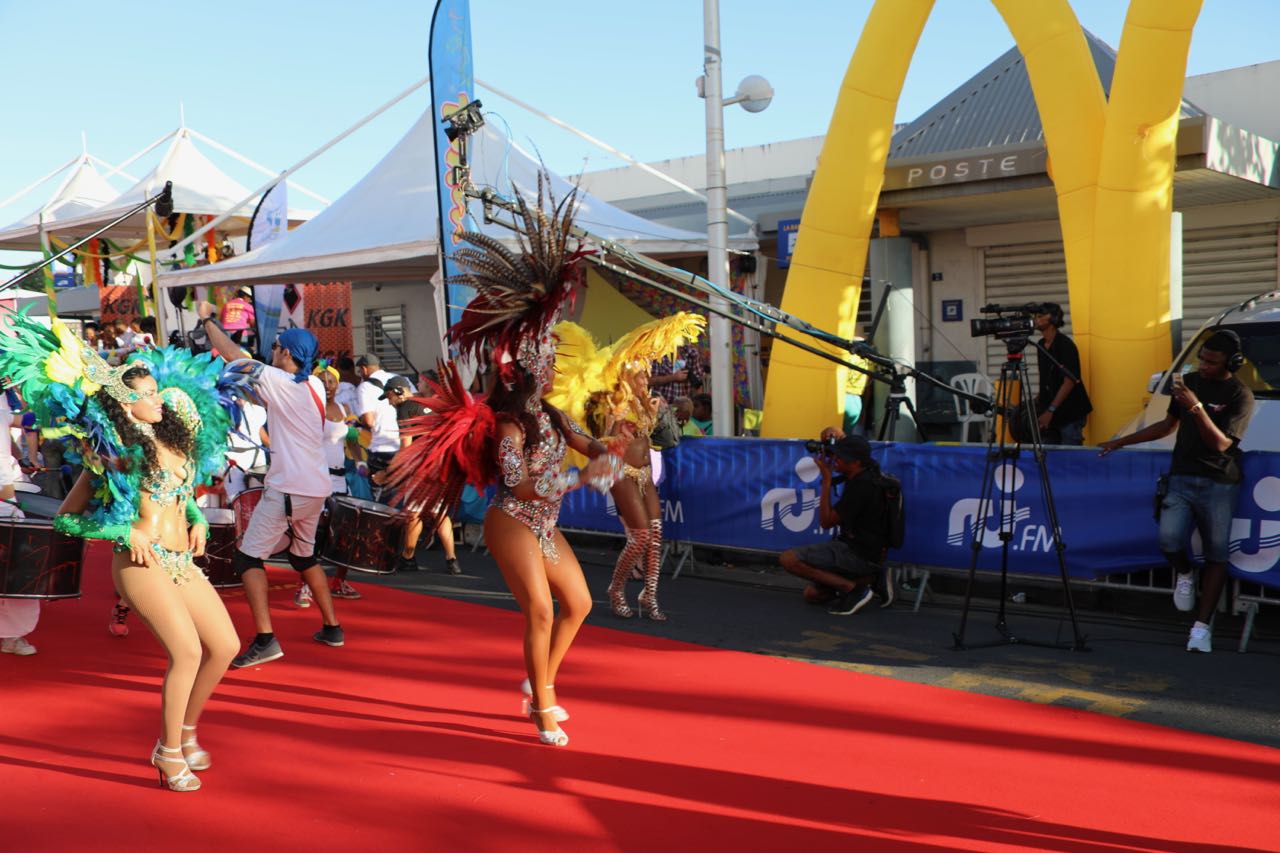

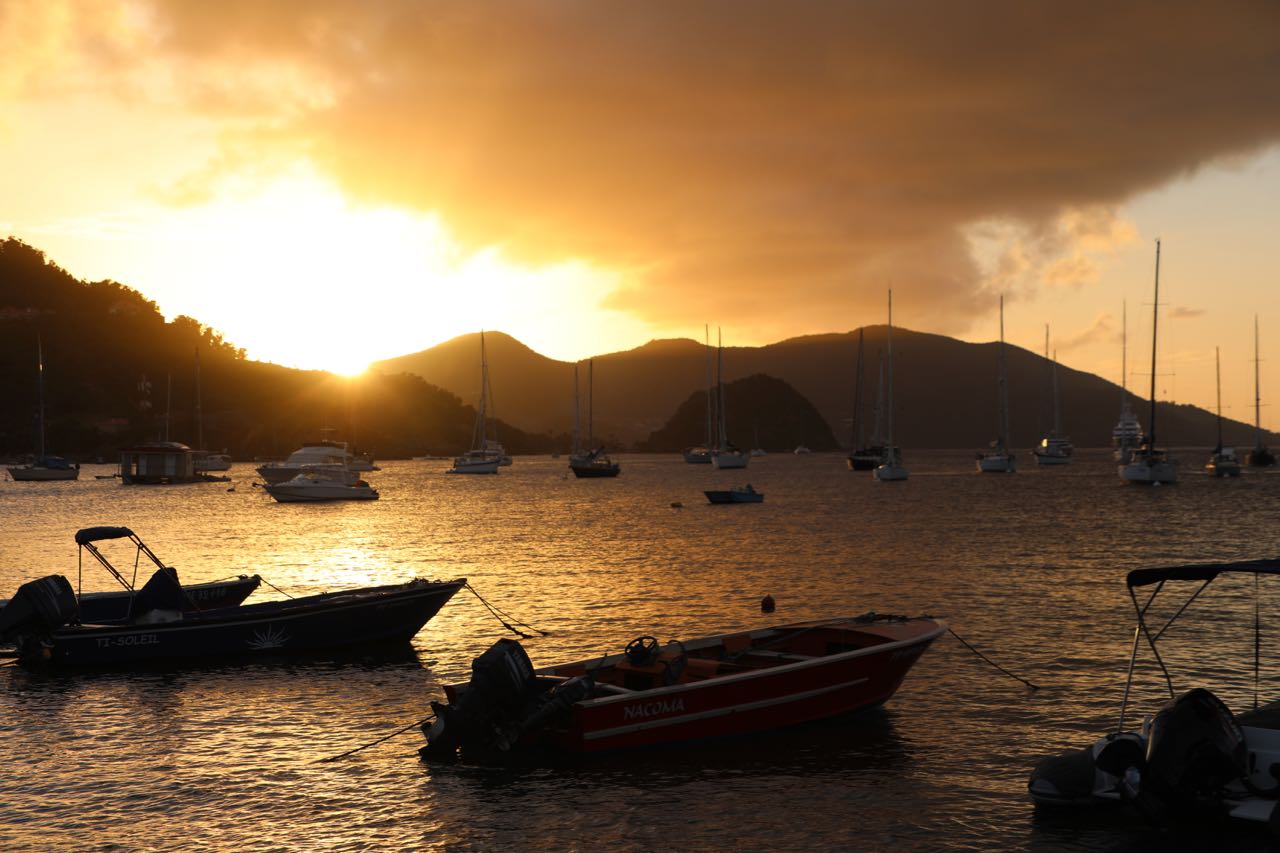
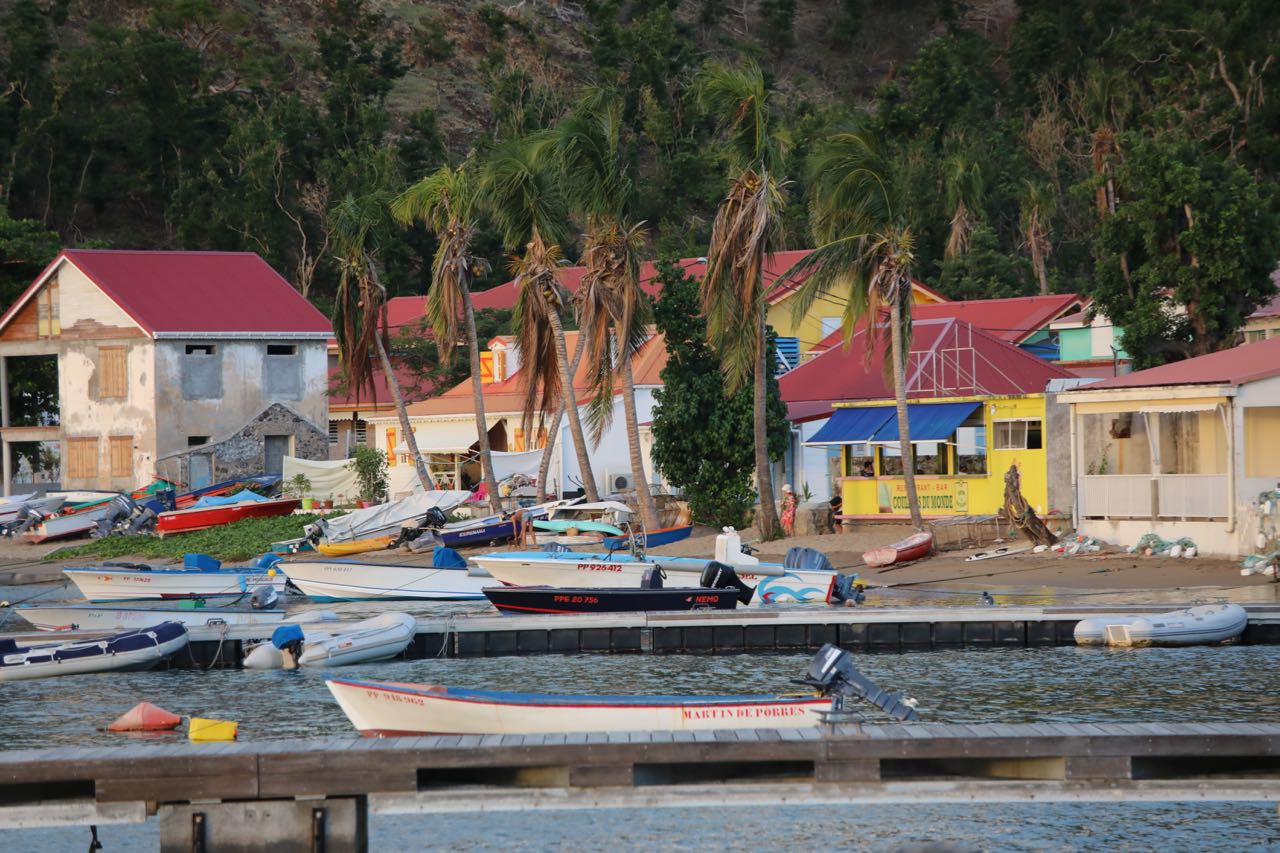
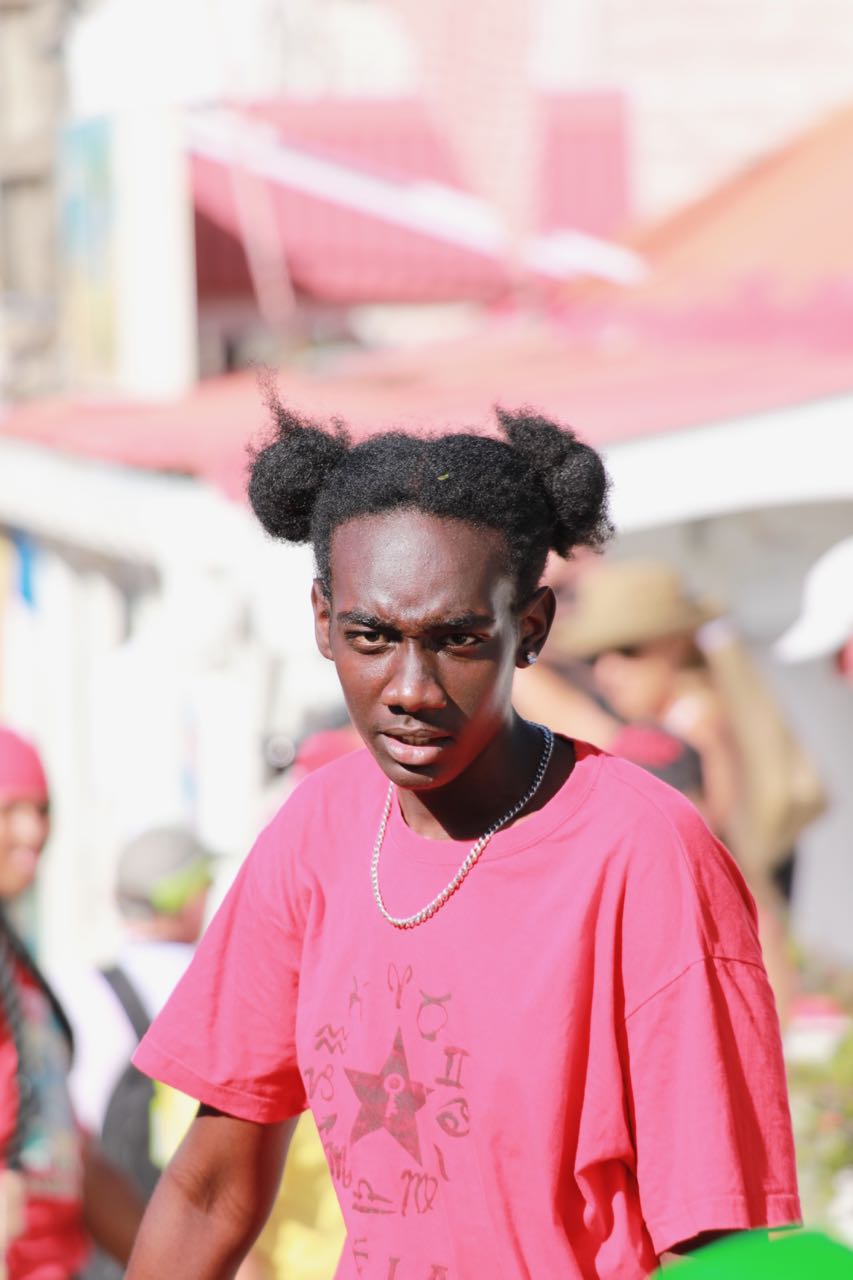
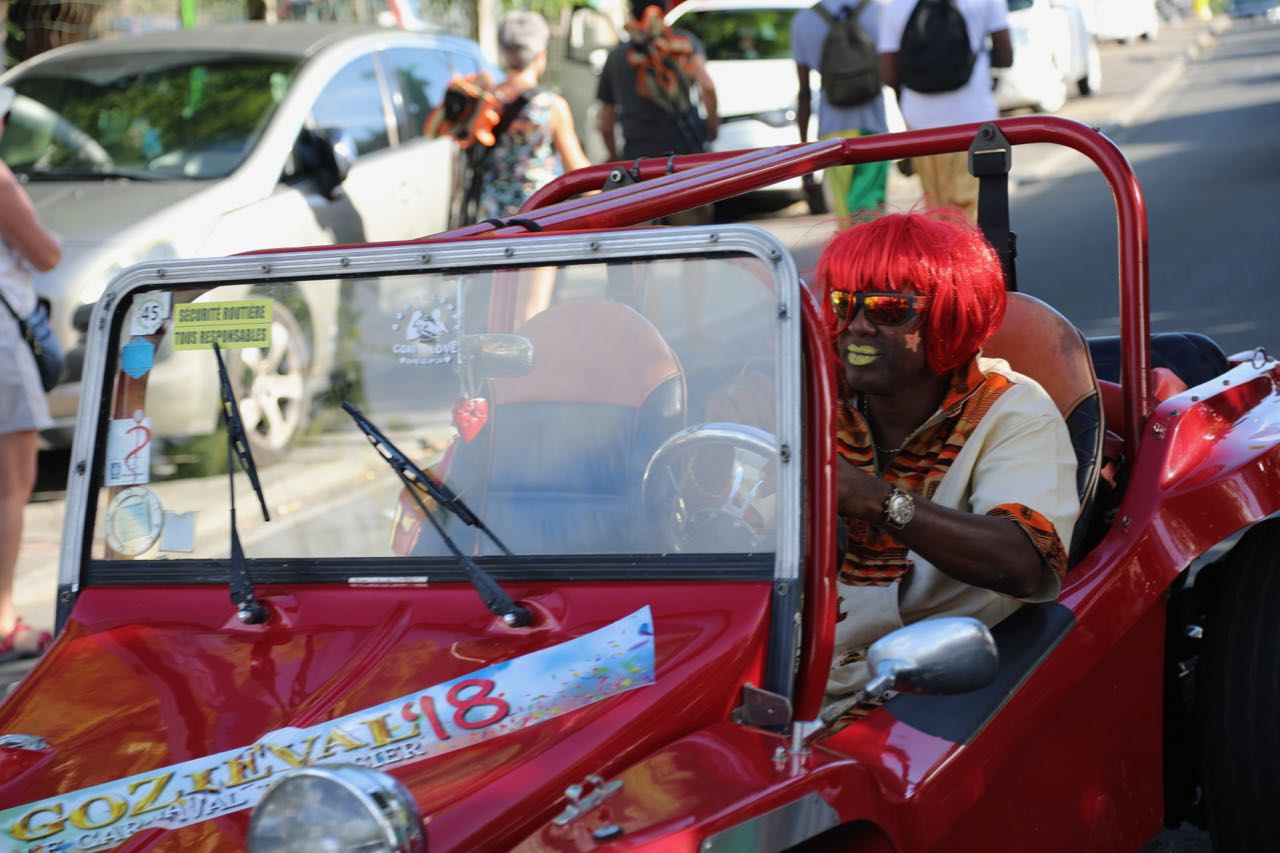
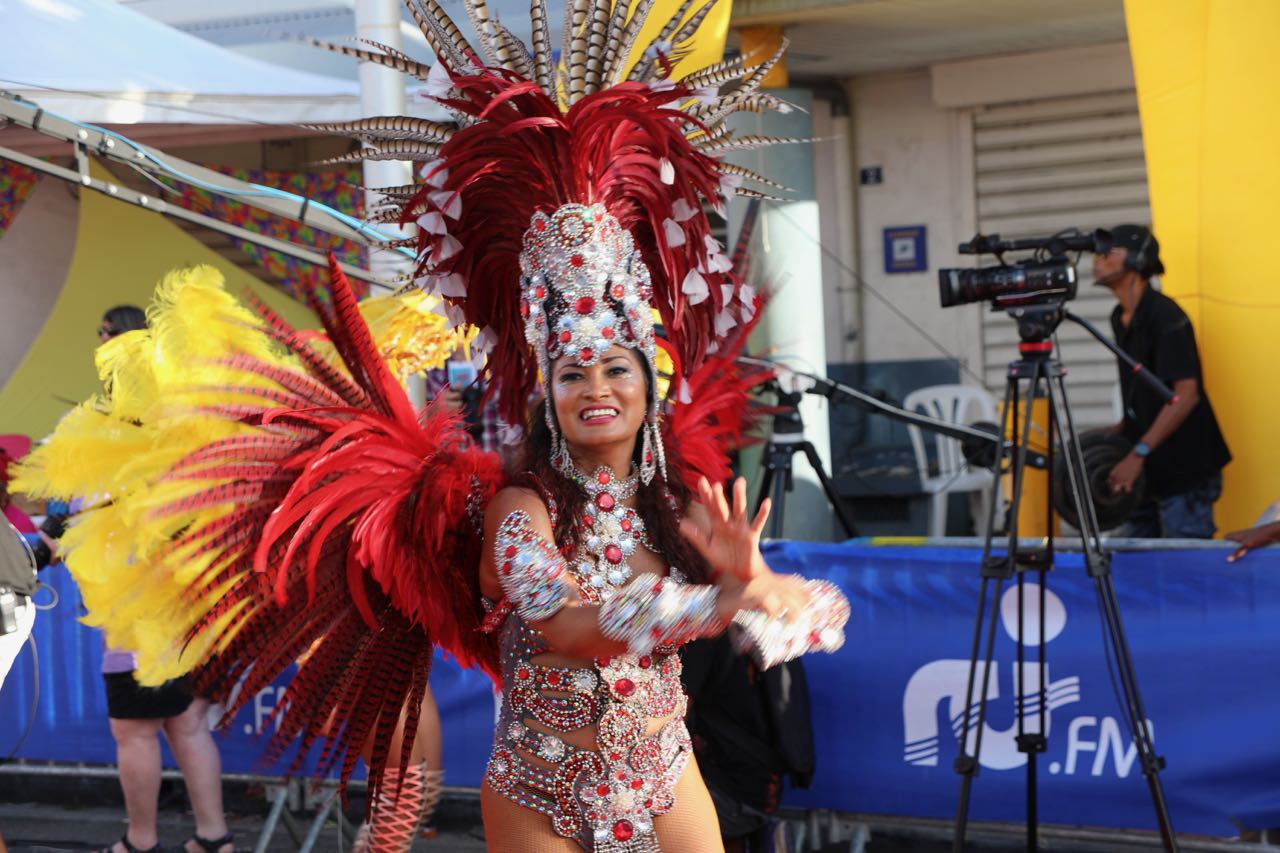
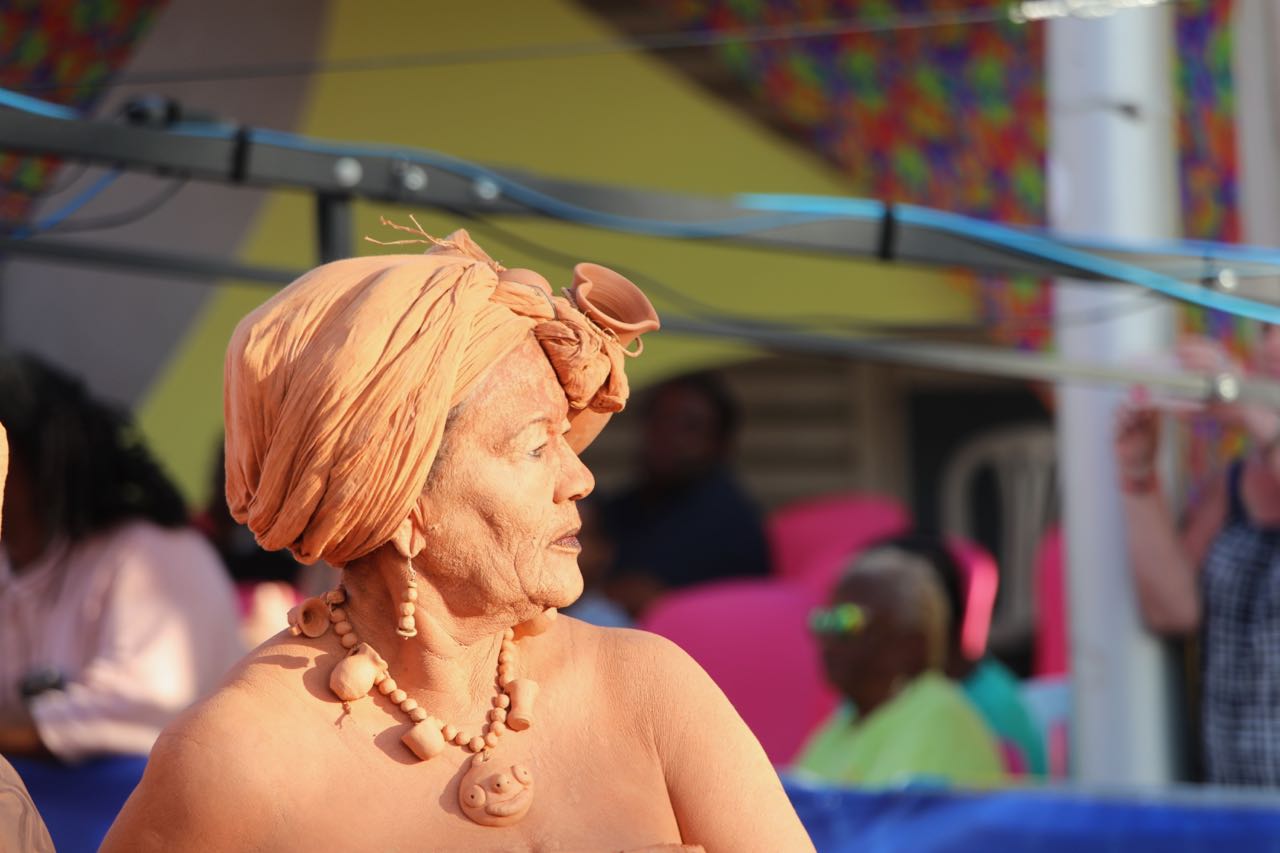
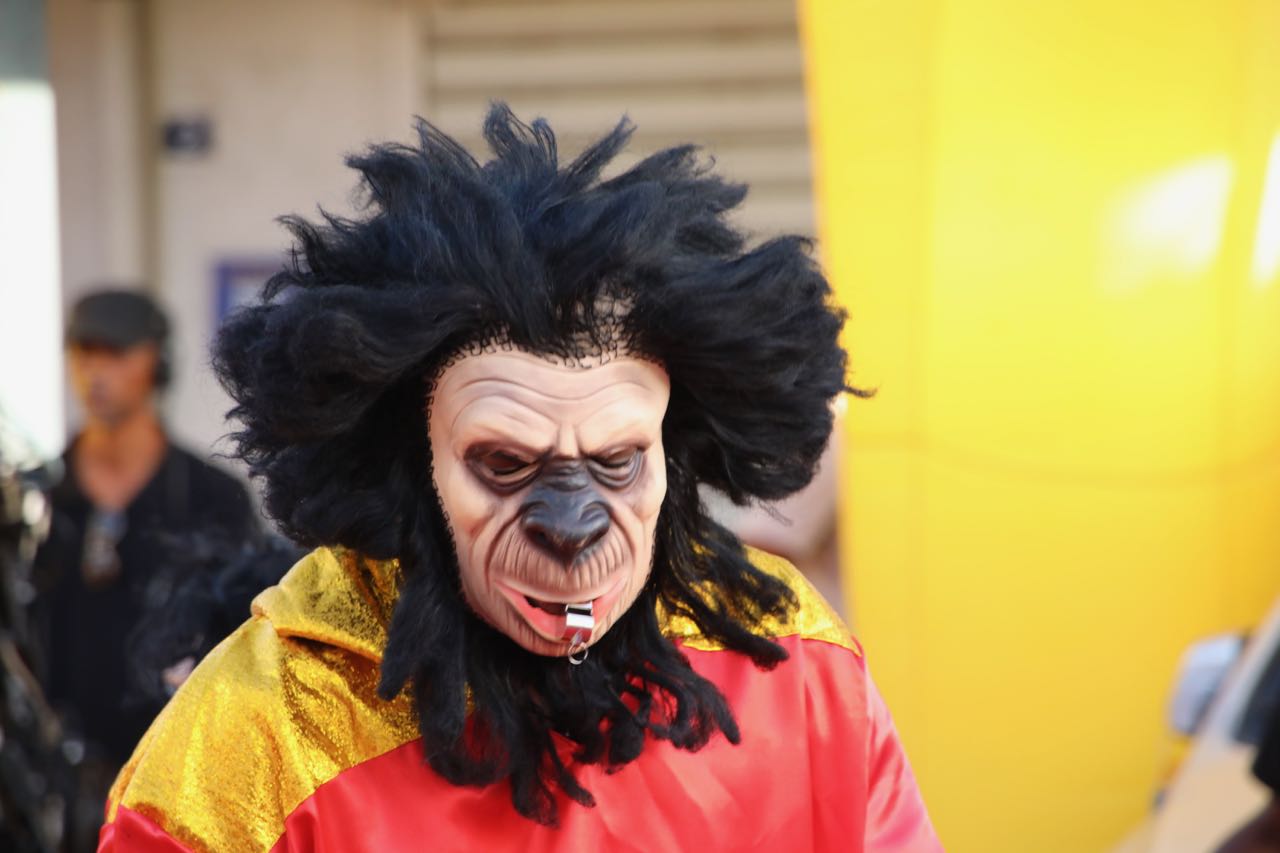
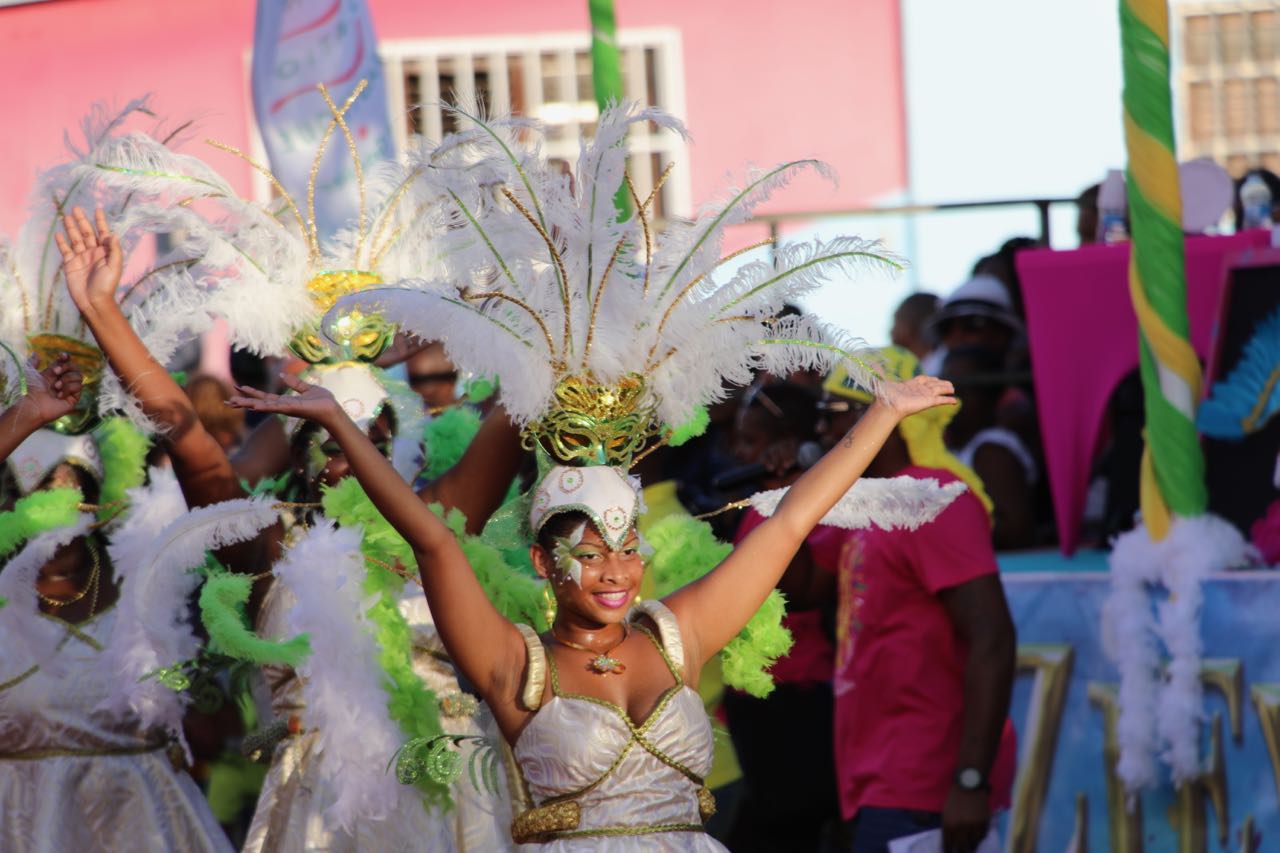
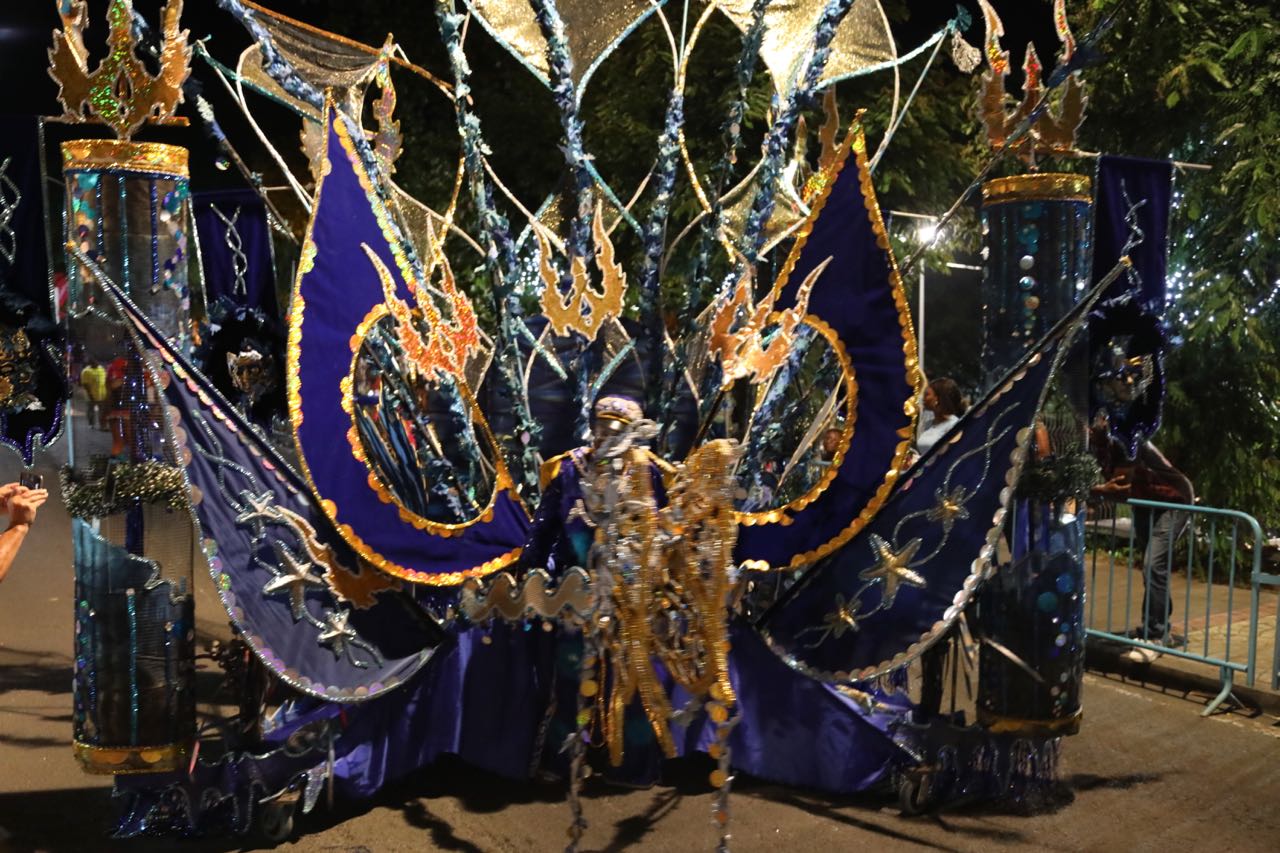
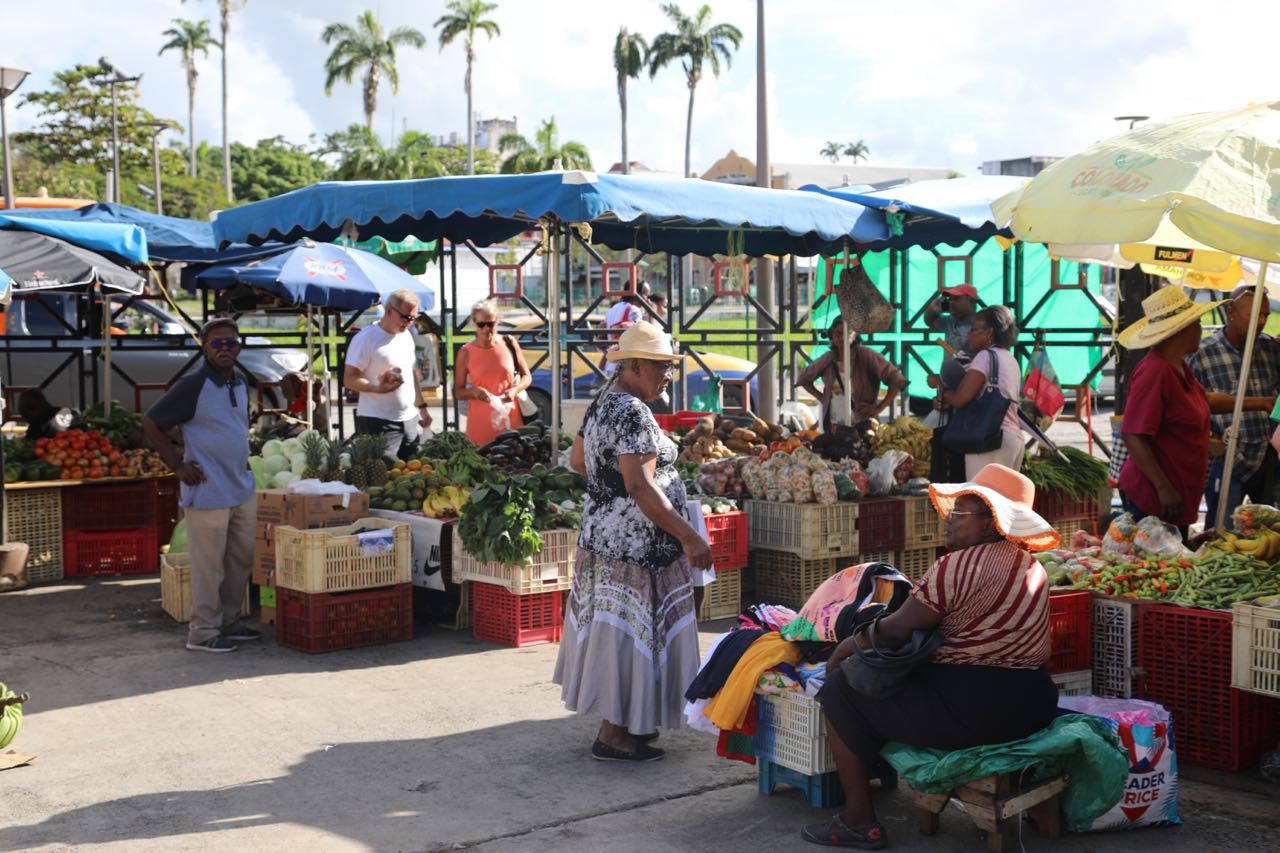
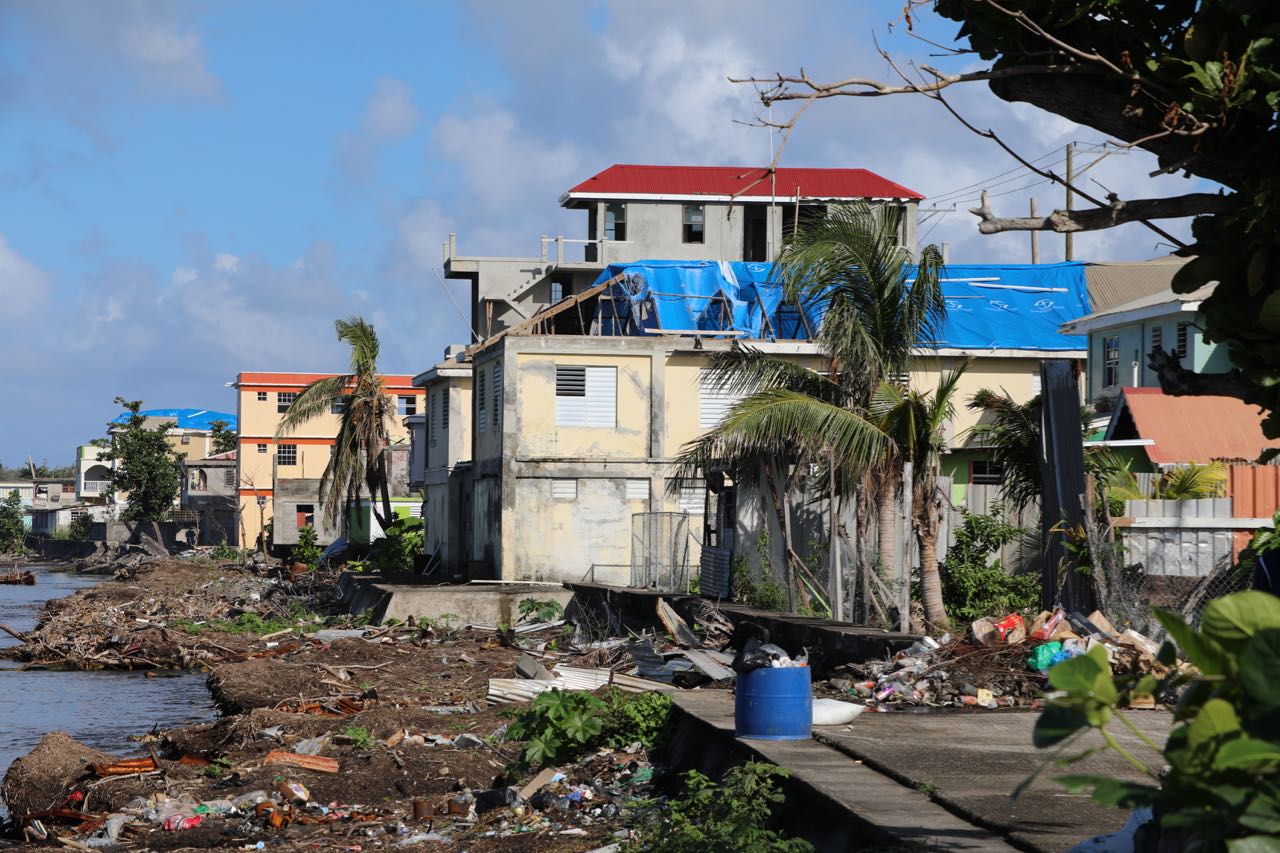
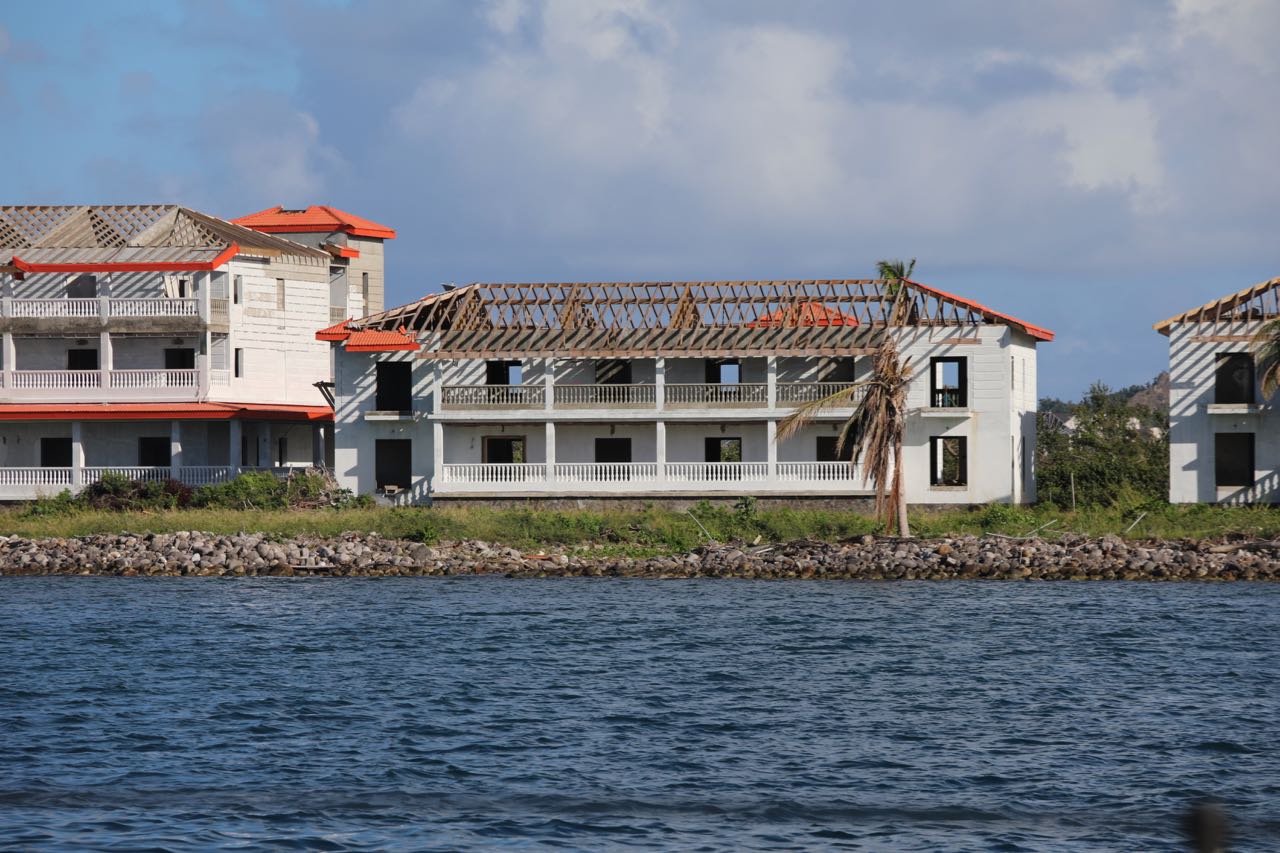
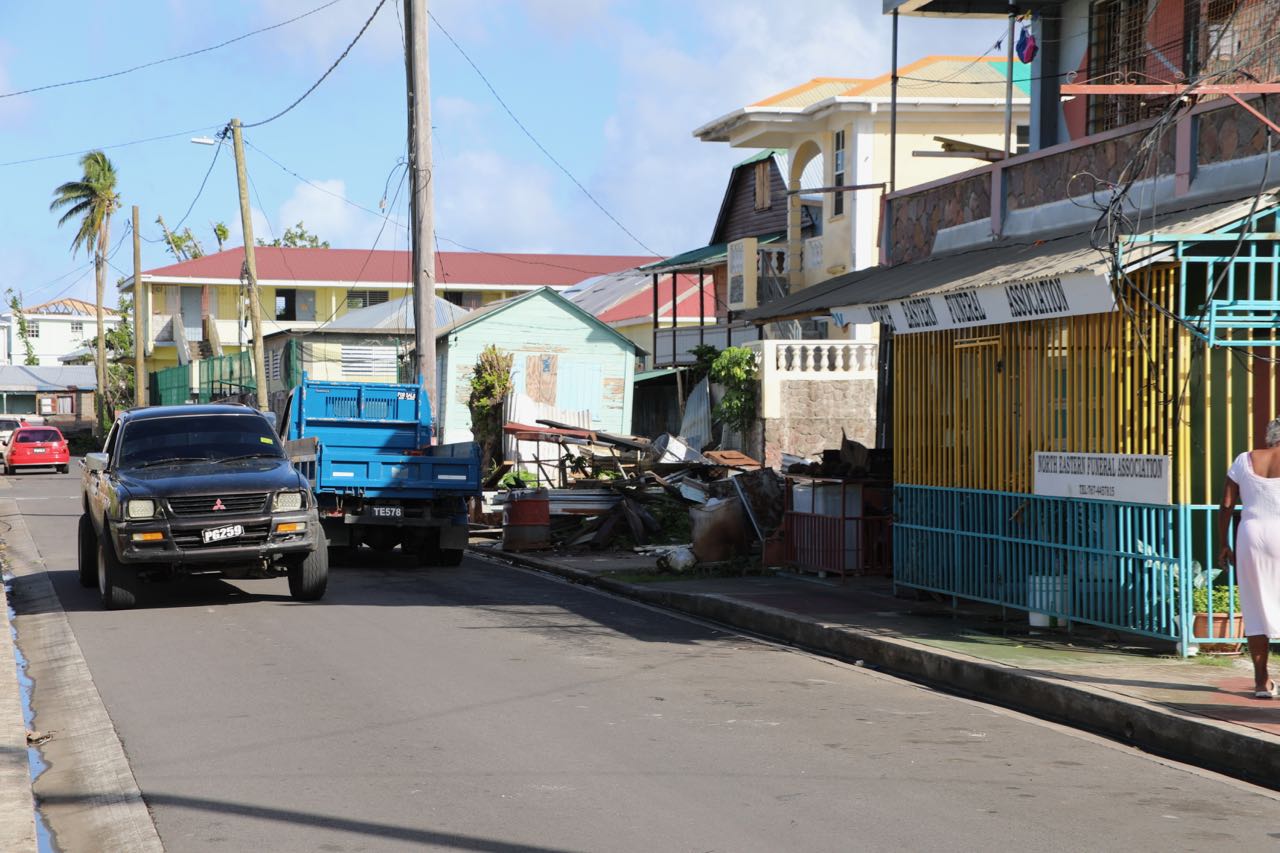
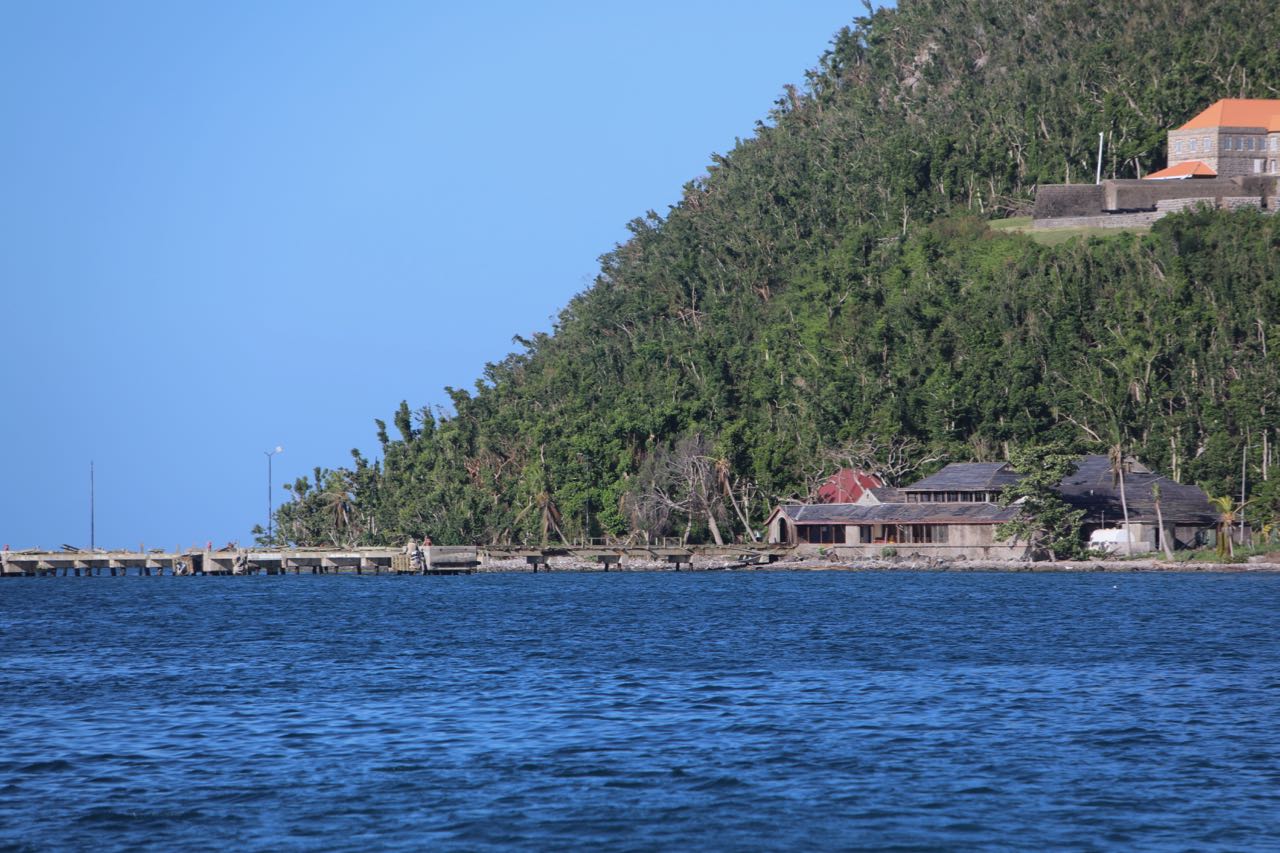
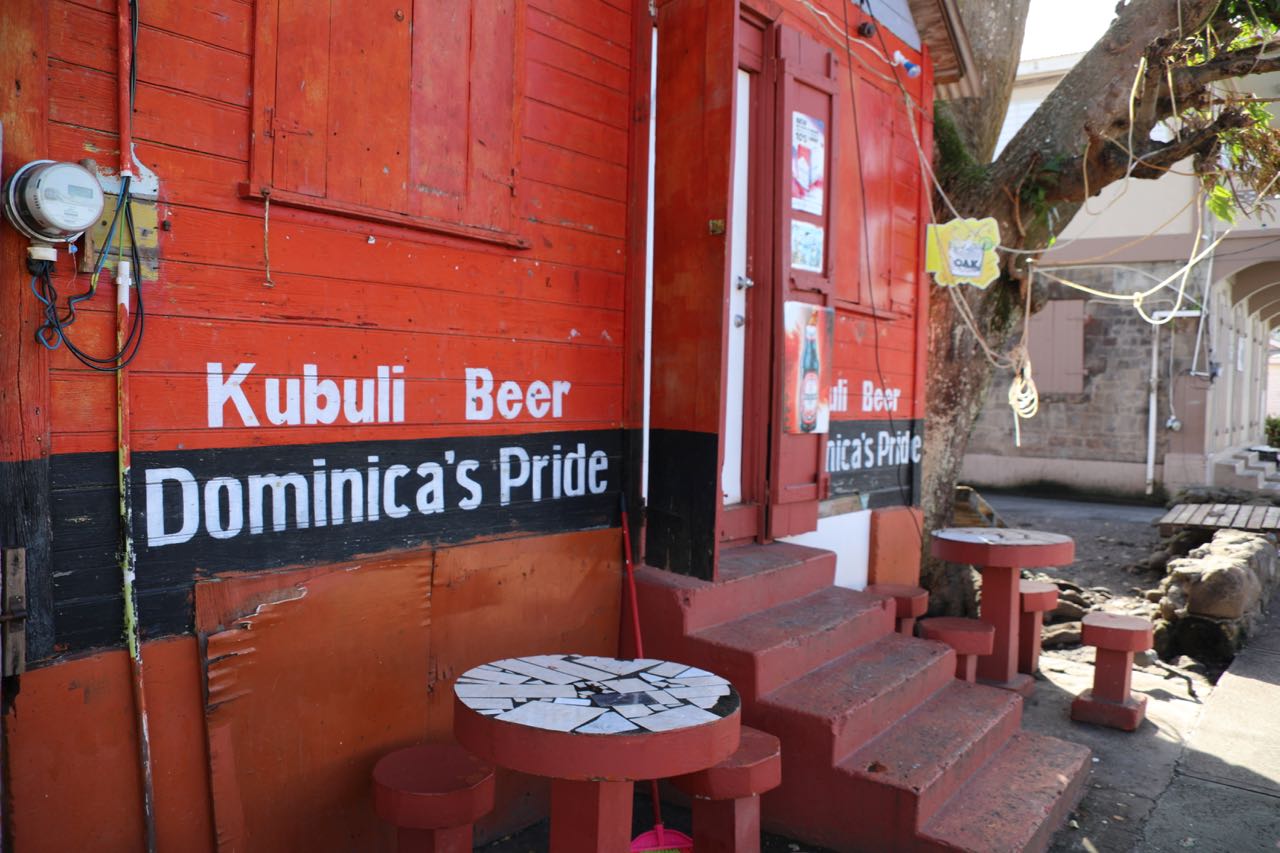
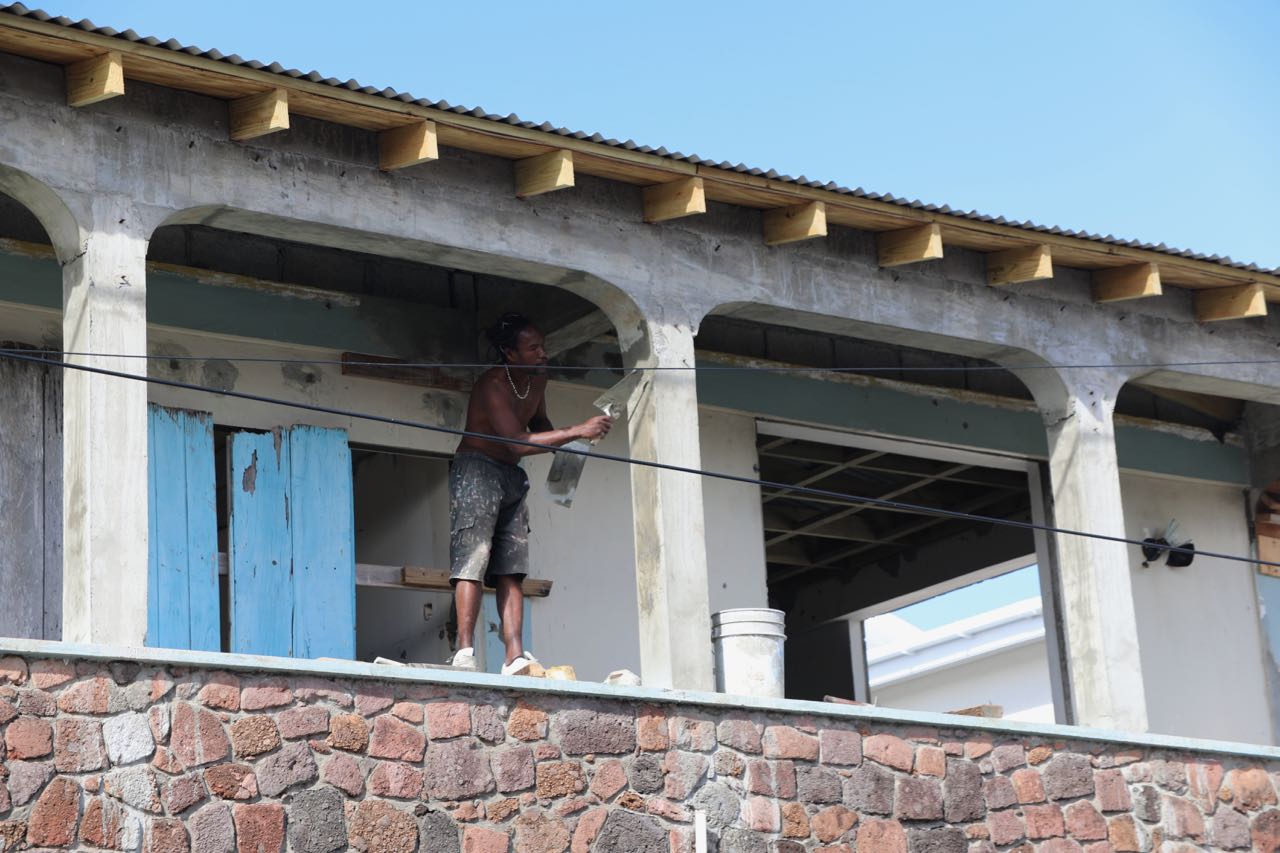
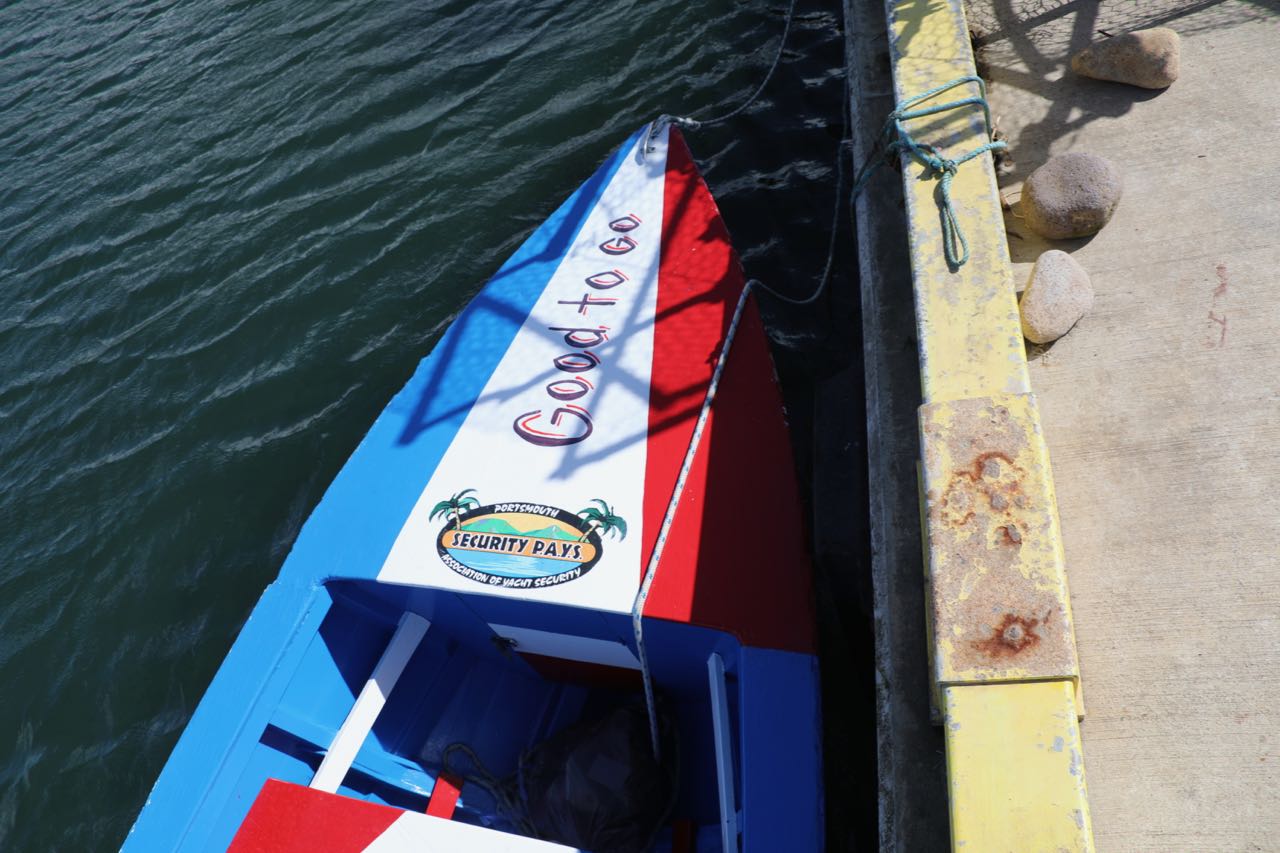
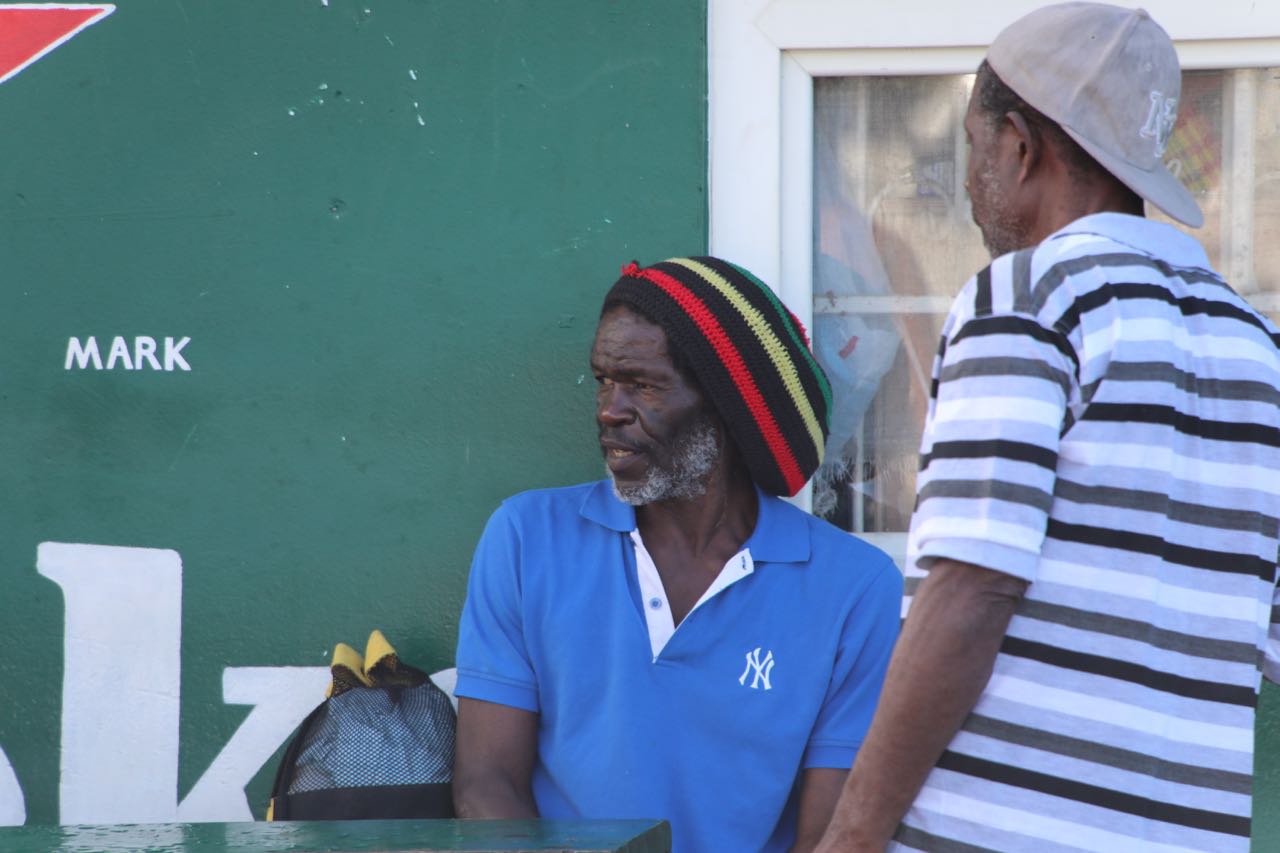 When we left the bay of St. Pierre on Martinique, leaving the 1902 erupted volcano behind us, which caused this Paris of the Caribbean to deteriorated and never to blossom again, we were a little insecure whether we should make a stop in Dominica. Especially one report about lack of security have roamed the internet. We sailors are concerned with many things, but security probably takes first price and when a report about a boarding of a boat reach you – yes, it gets a lot of attention. The reaction from most in the sailing community is to avoid any exposure to an area, which have received a bad reputation.
When we left the bay of St. Pierre on Martinique, leaving the 1902 erupted volcano behind us, which caused this Paris of the Caribbean to deteriorated and never to blossom again, we were a little insecure whether we should make a stop in Dominica. Especially one report about lack of security have roamed the internet. We sailors are concerned with many things, but security probably takes first price and when a report about a boarding of a boat reach you – yes, it gets a lot of attention. The reaction from most in the sailing community is to avoid any exposure to an area, which have received a bad reputation.